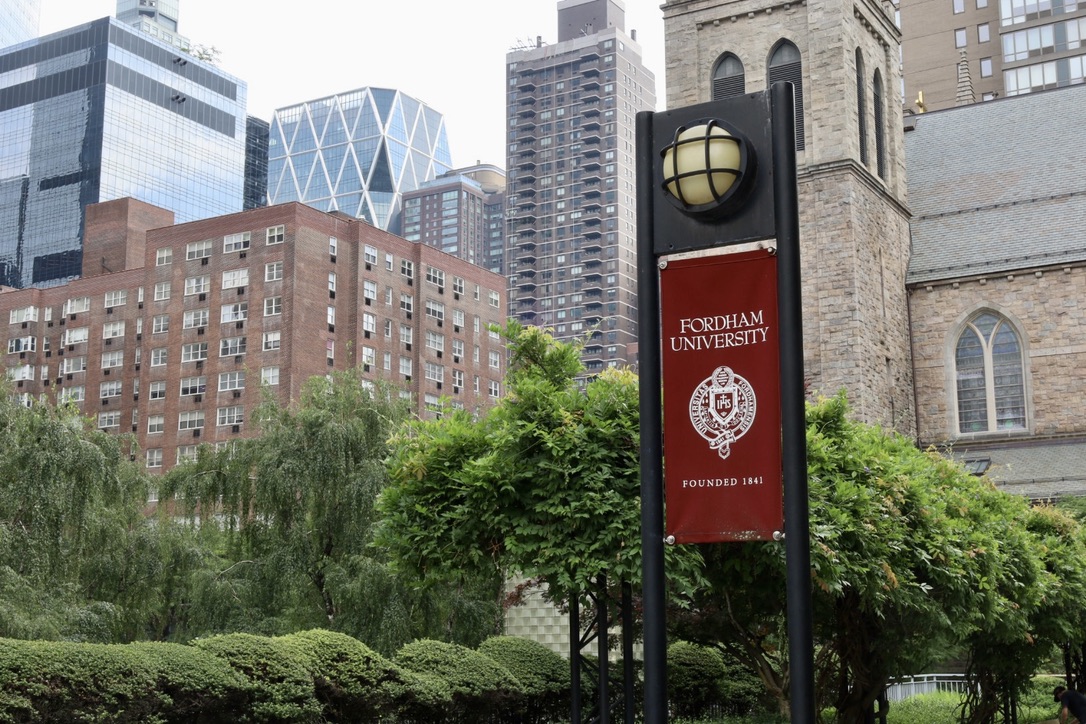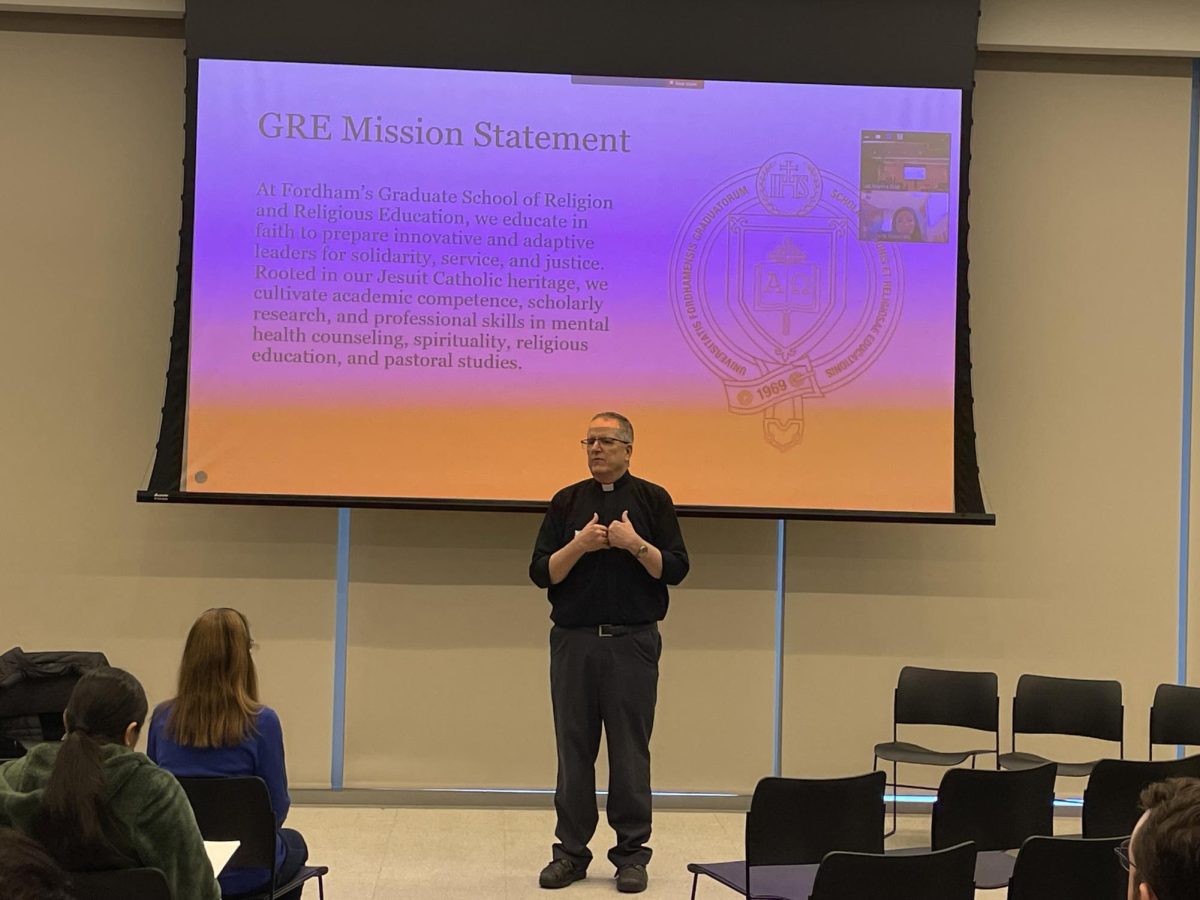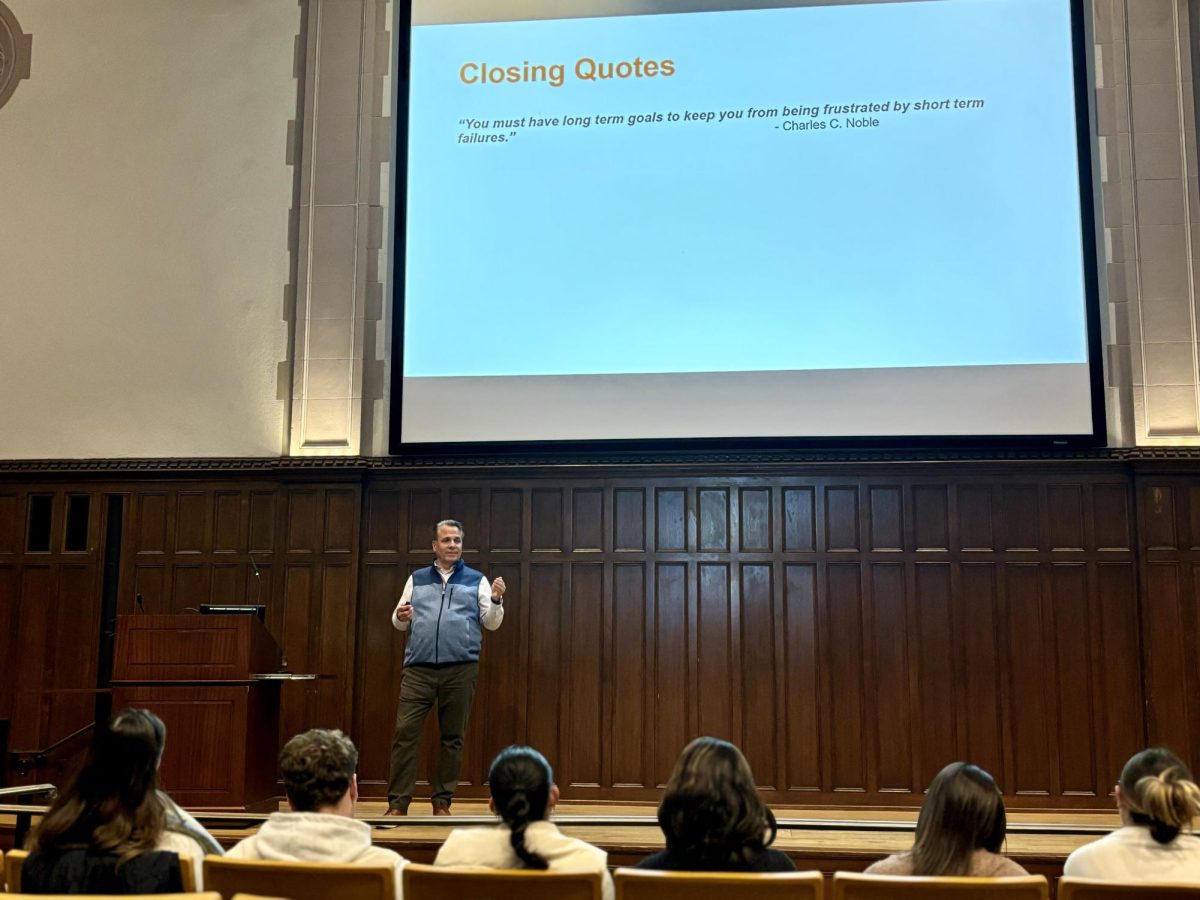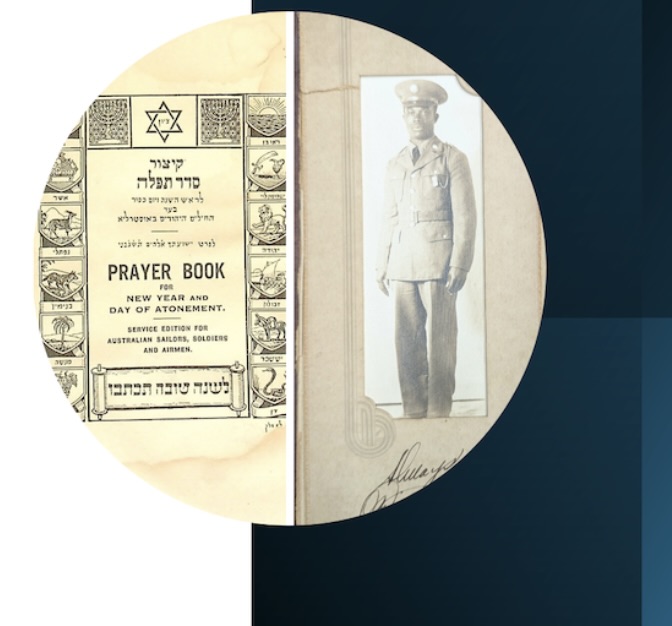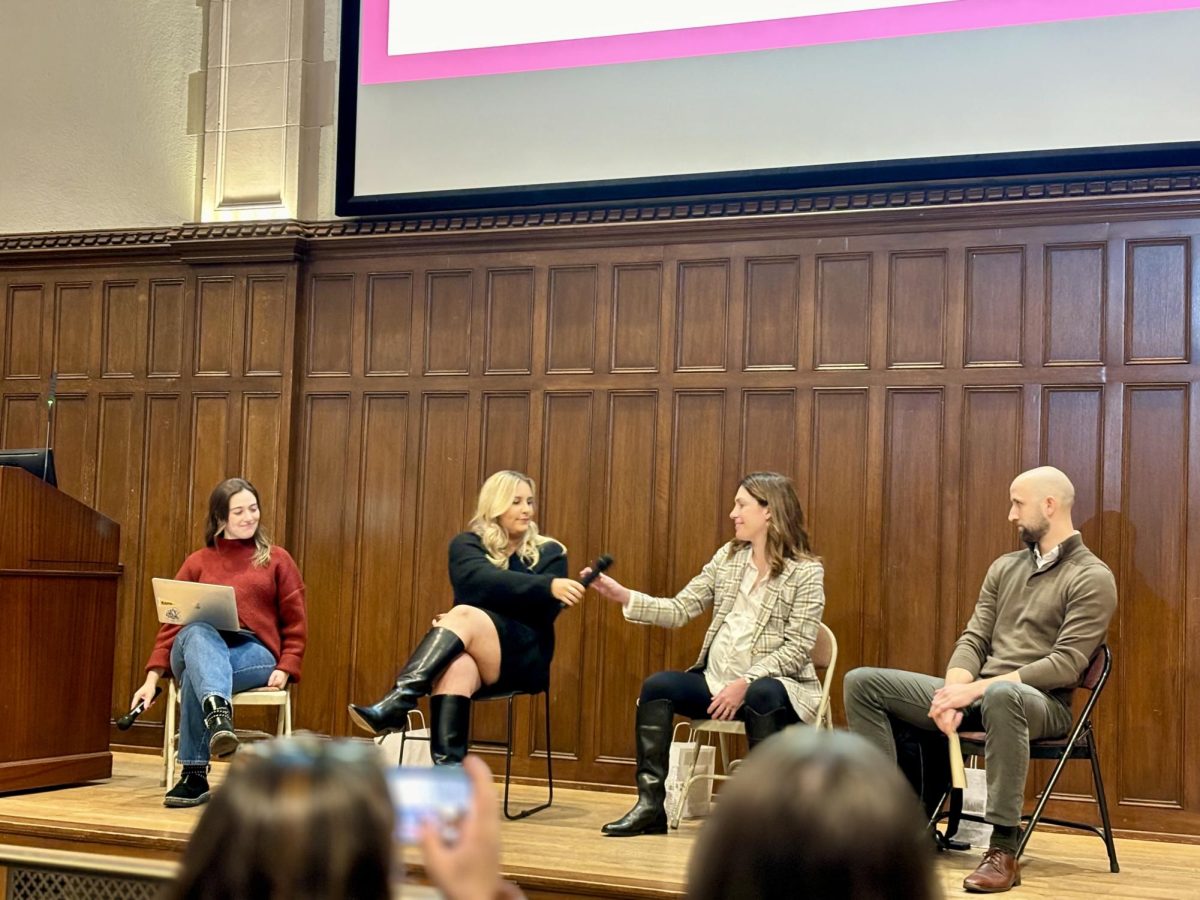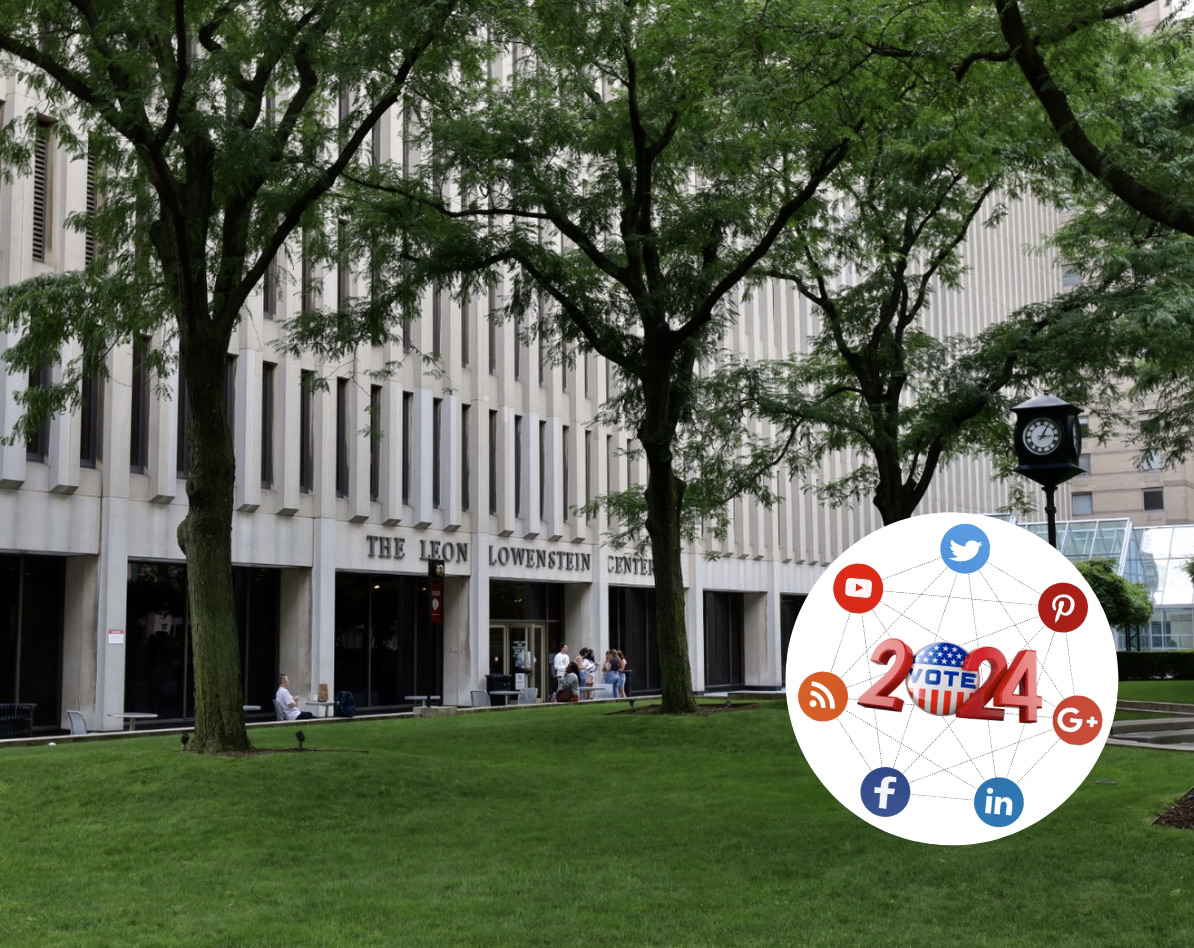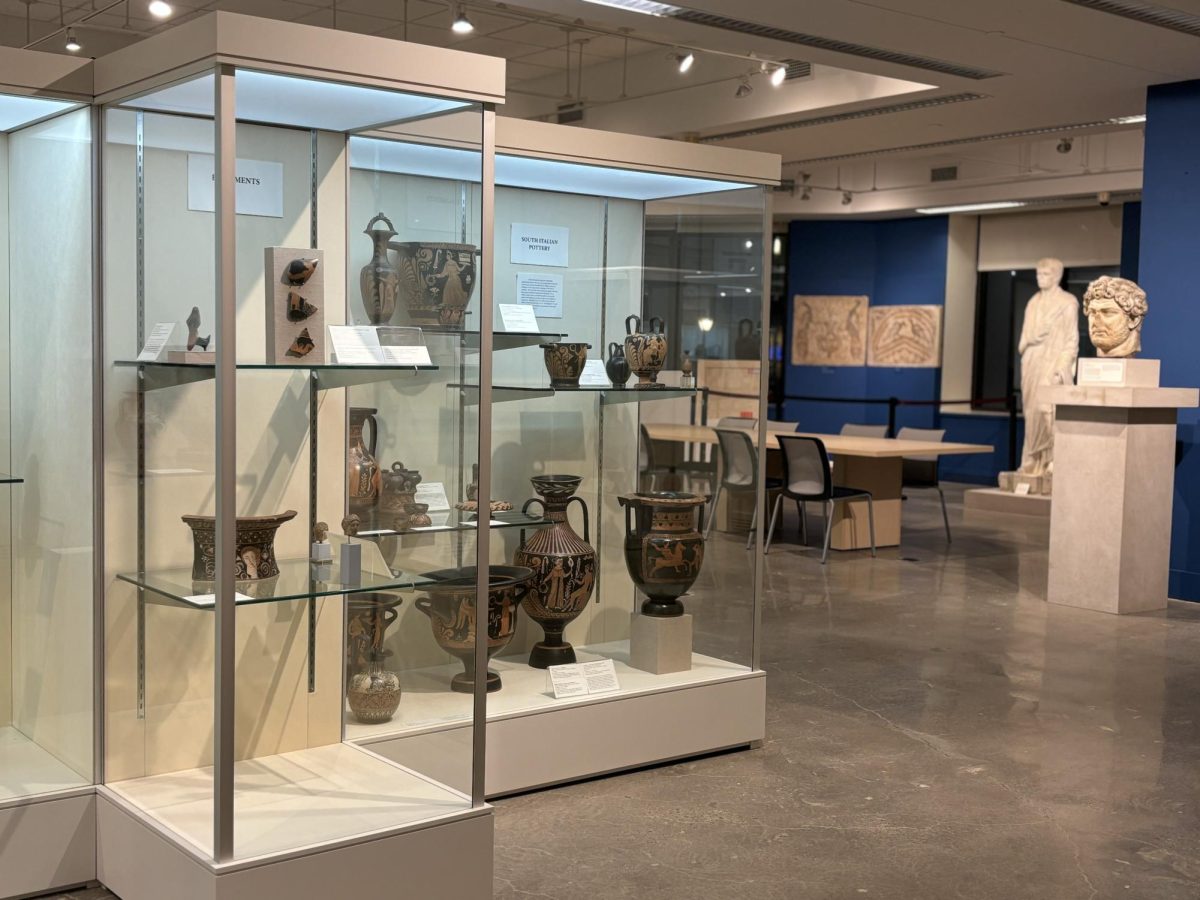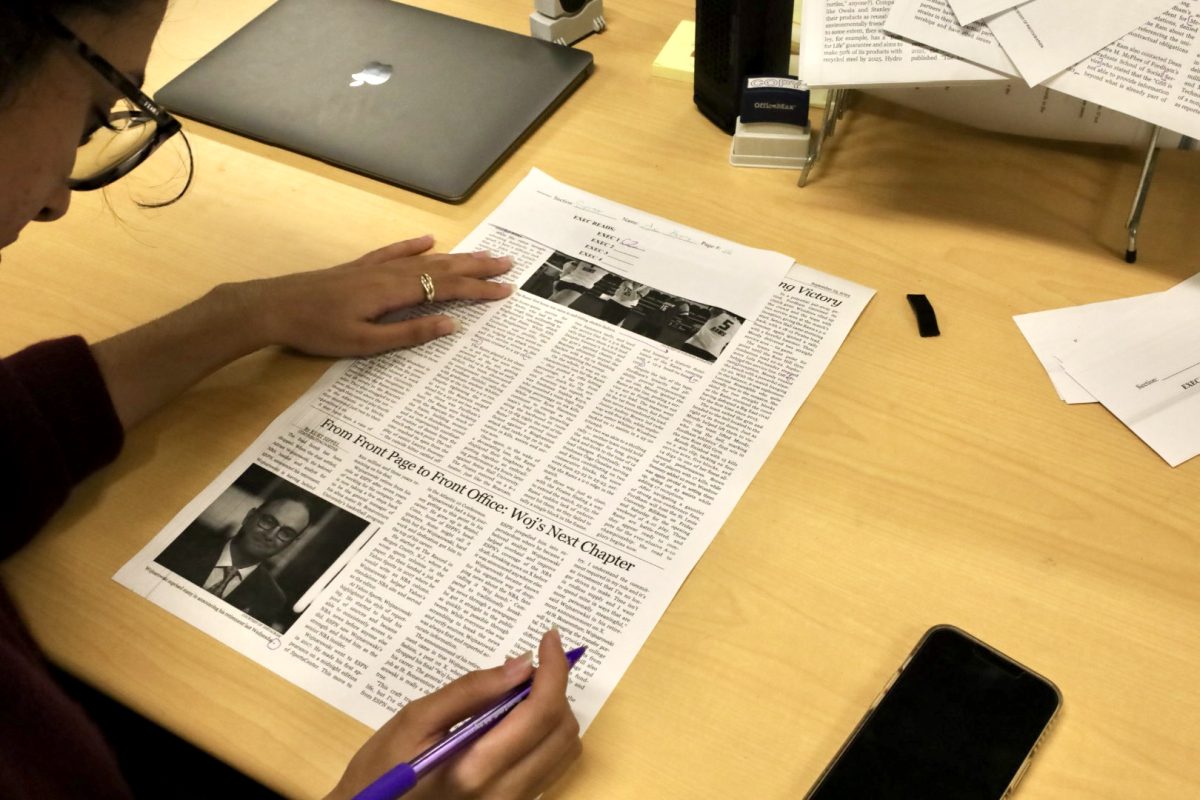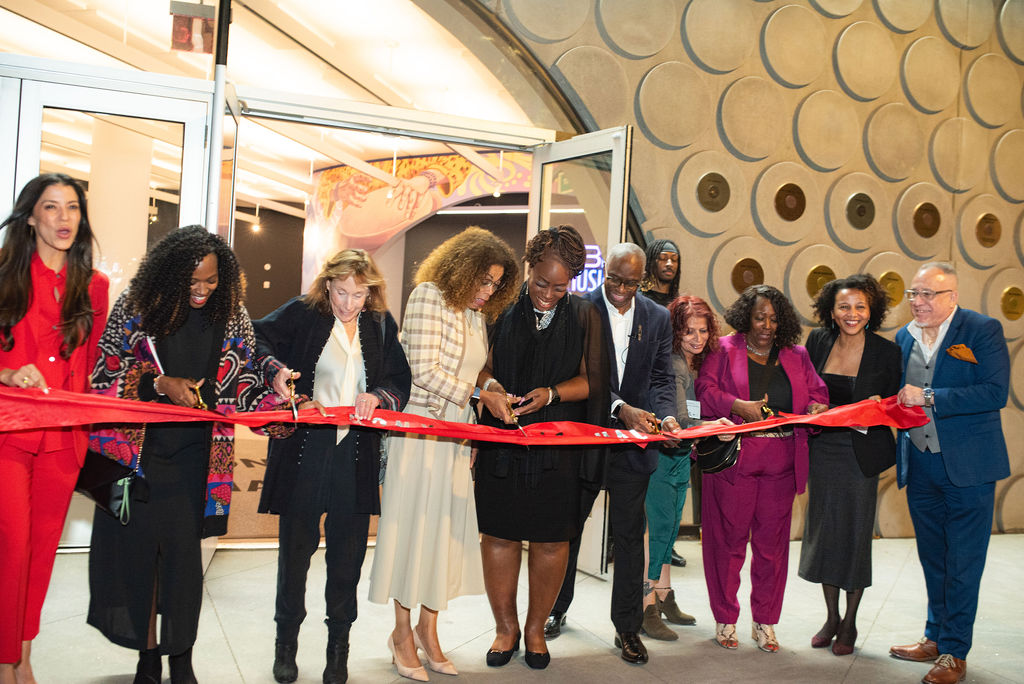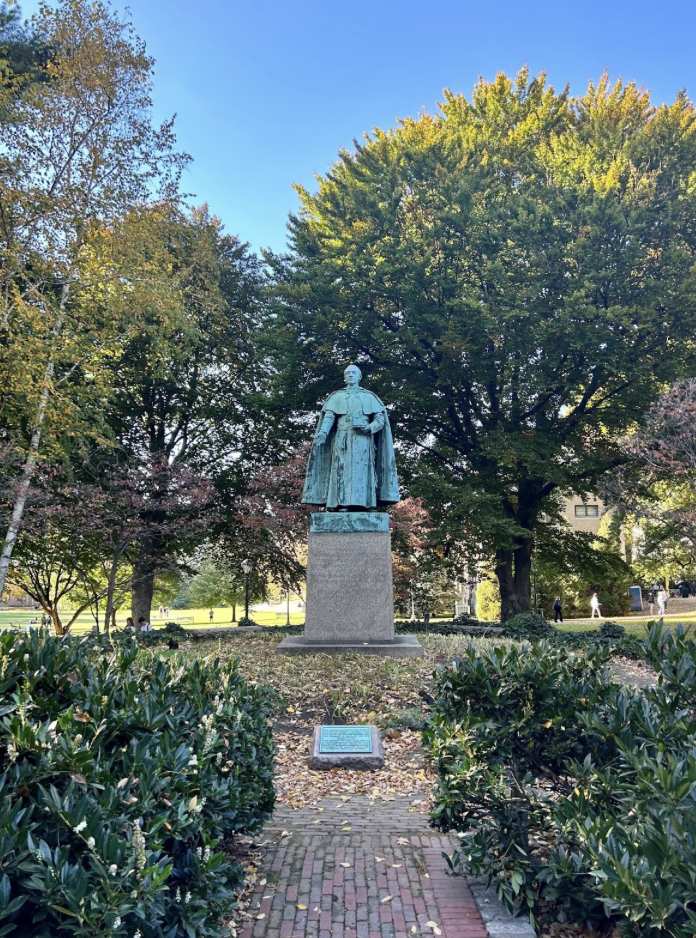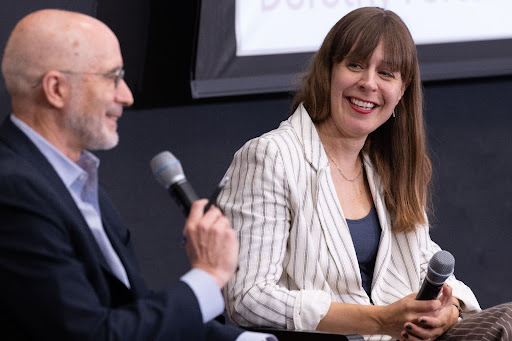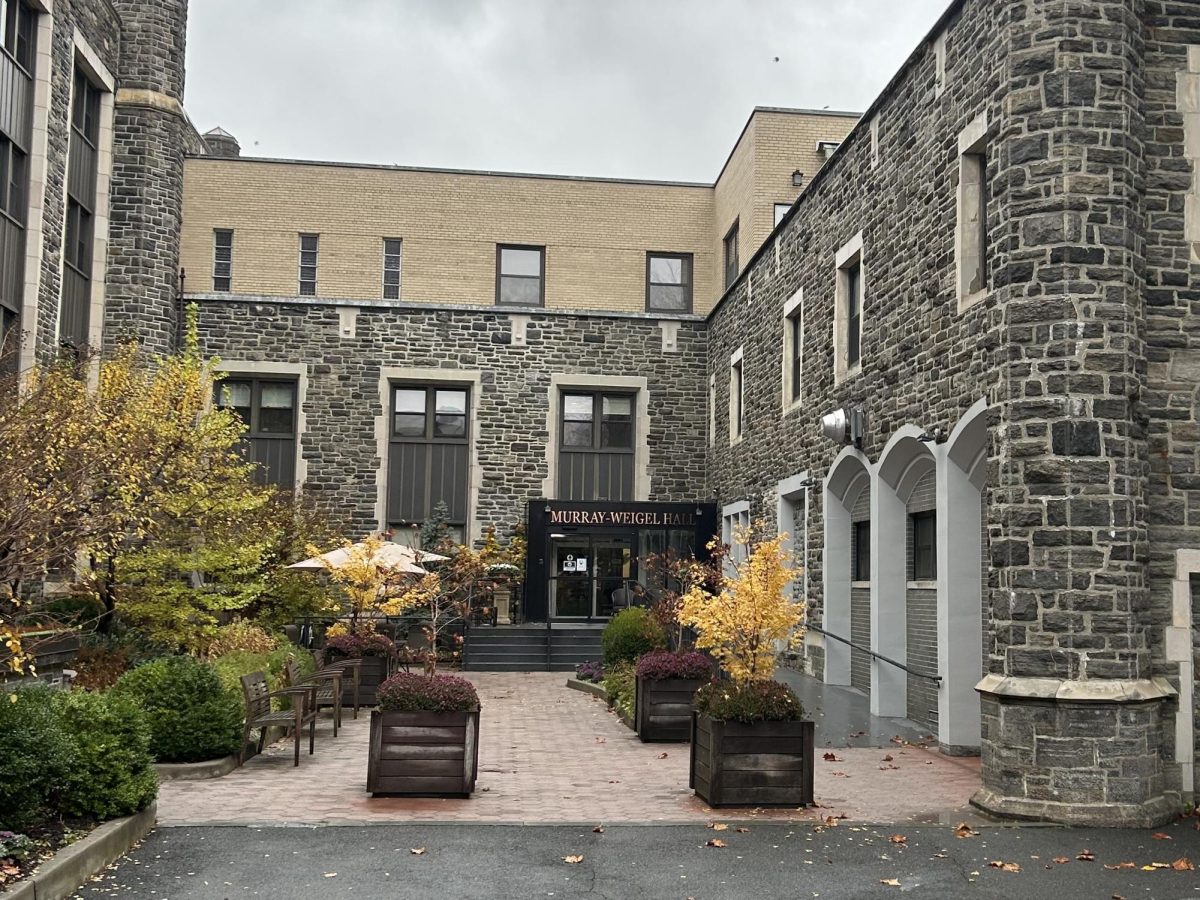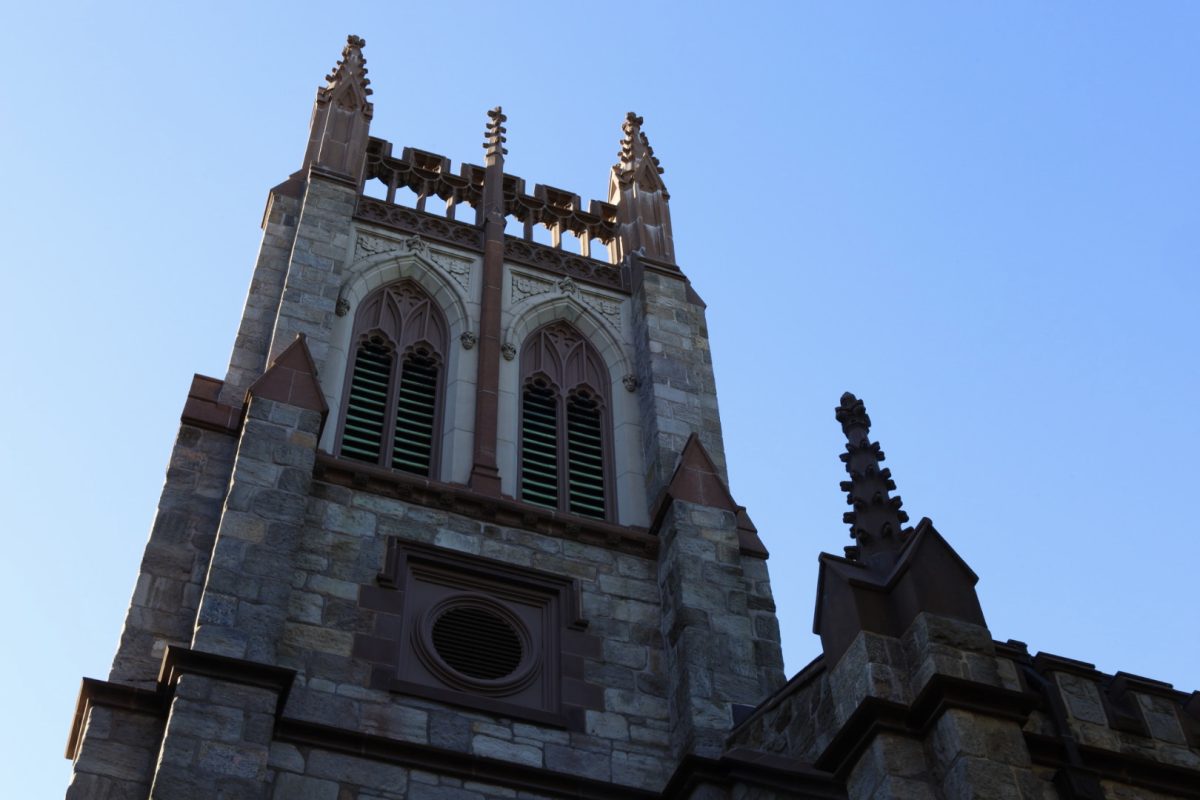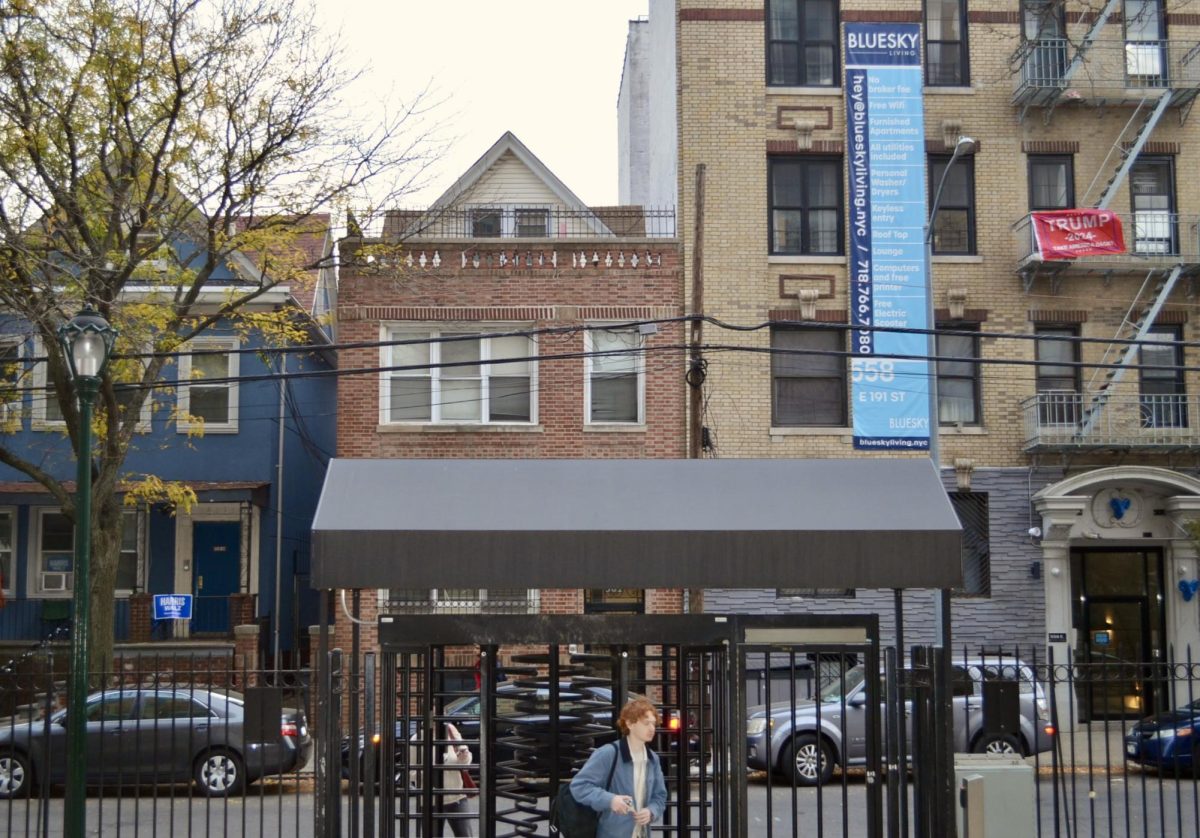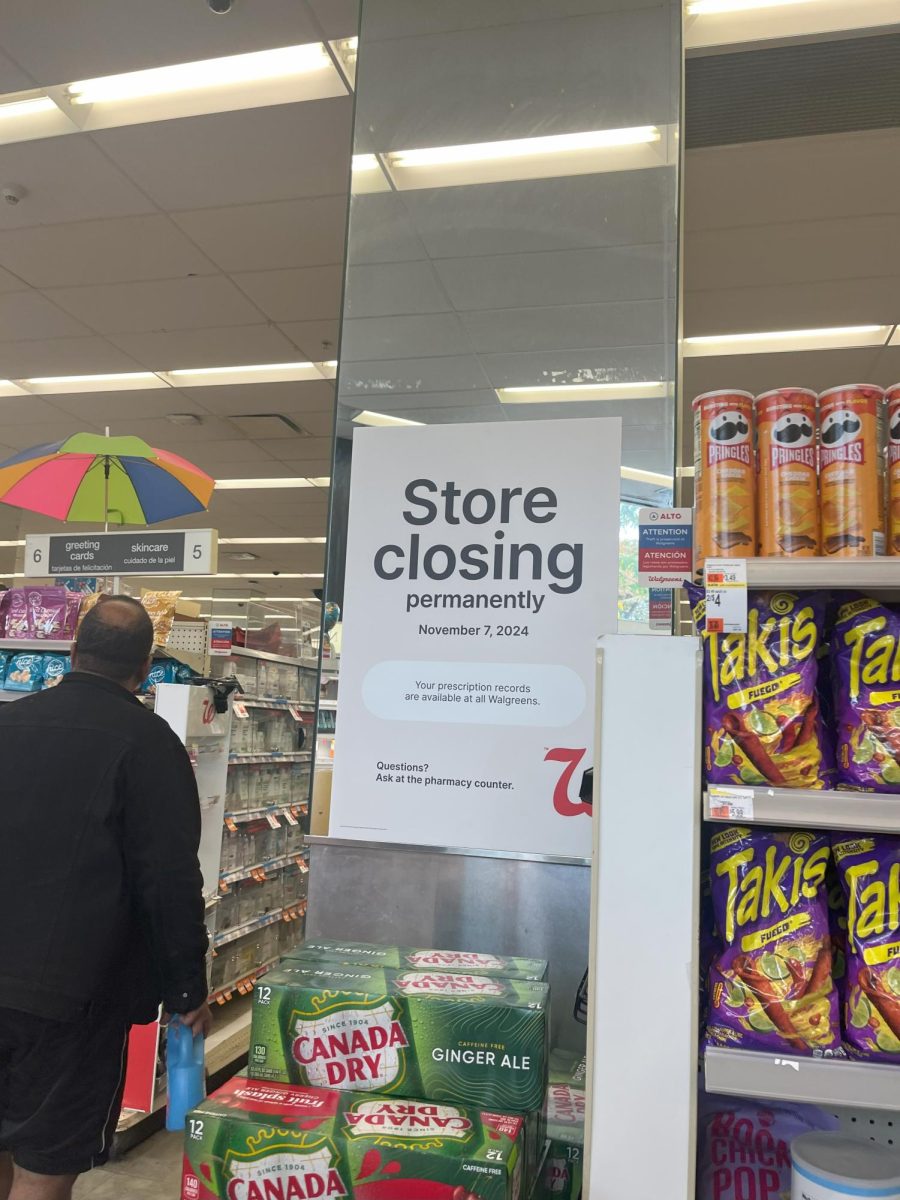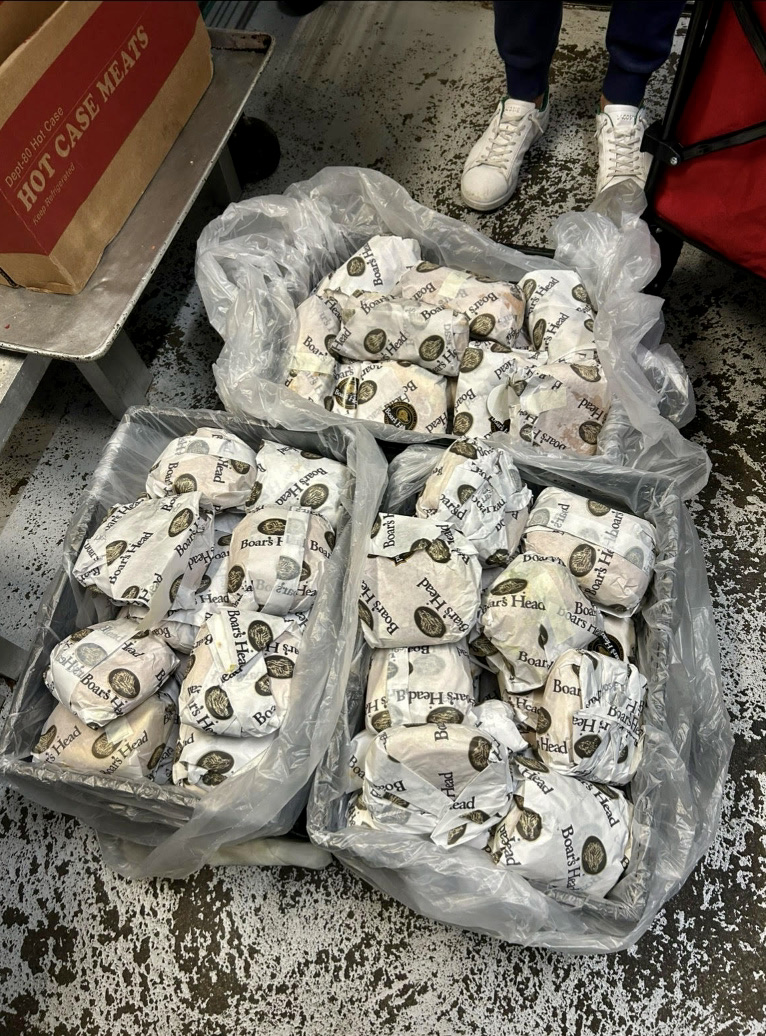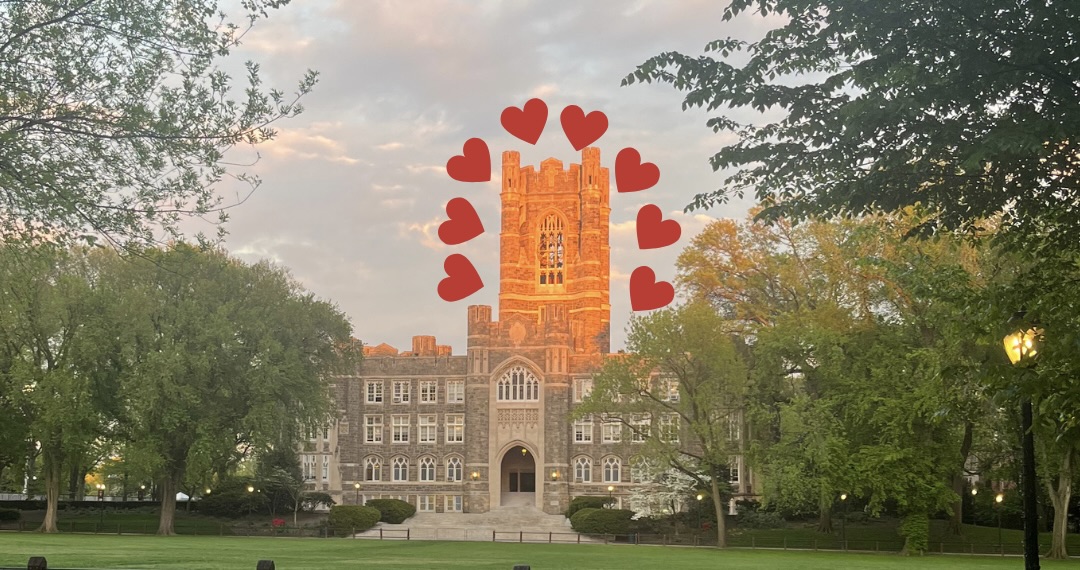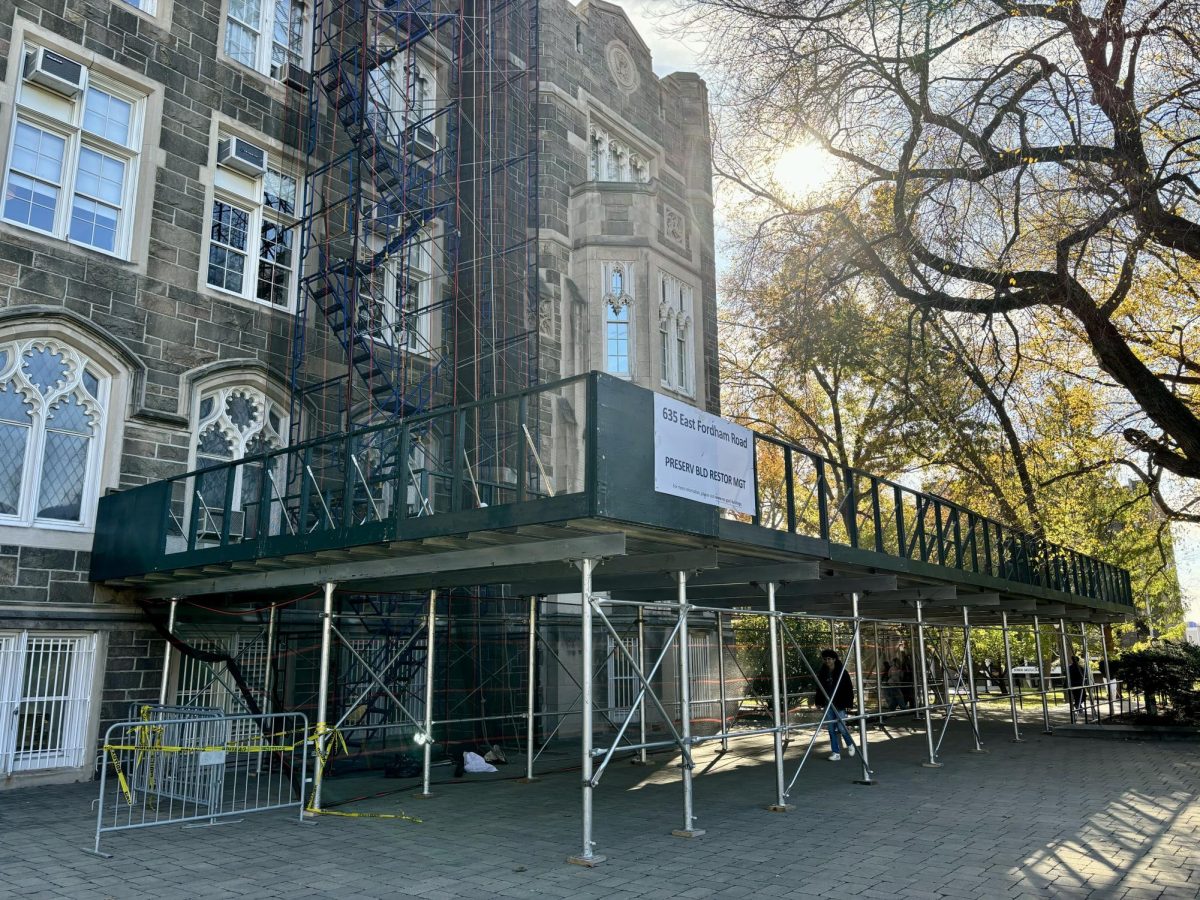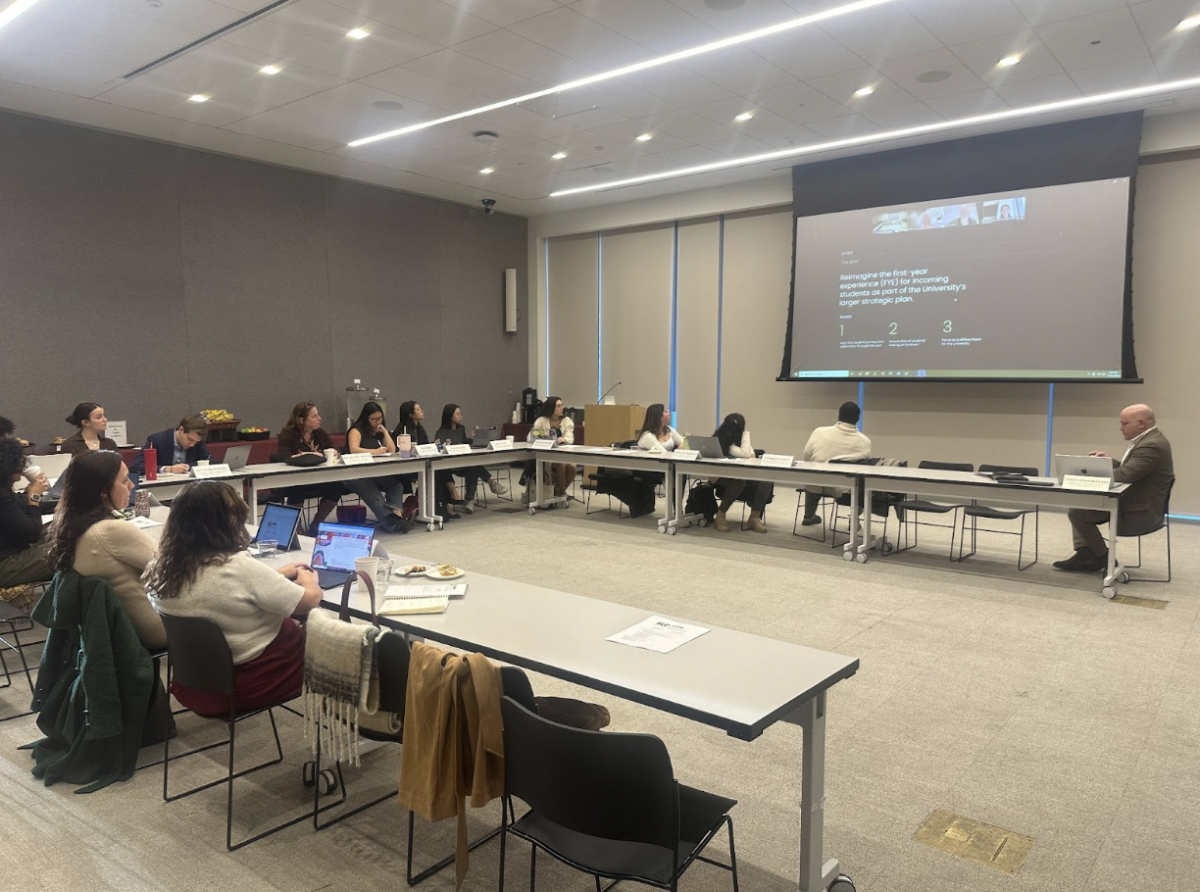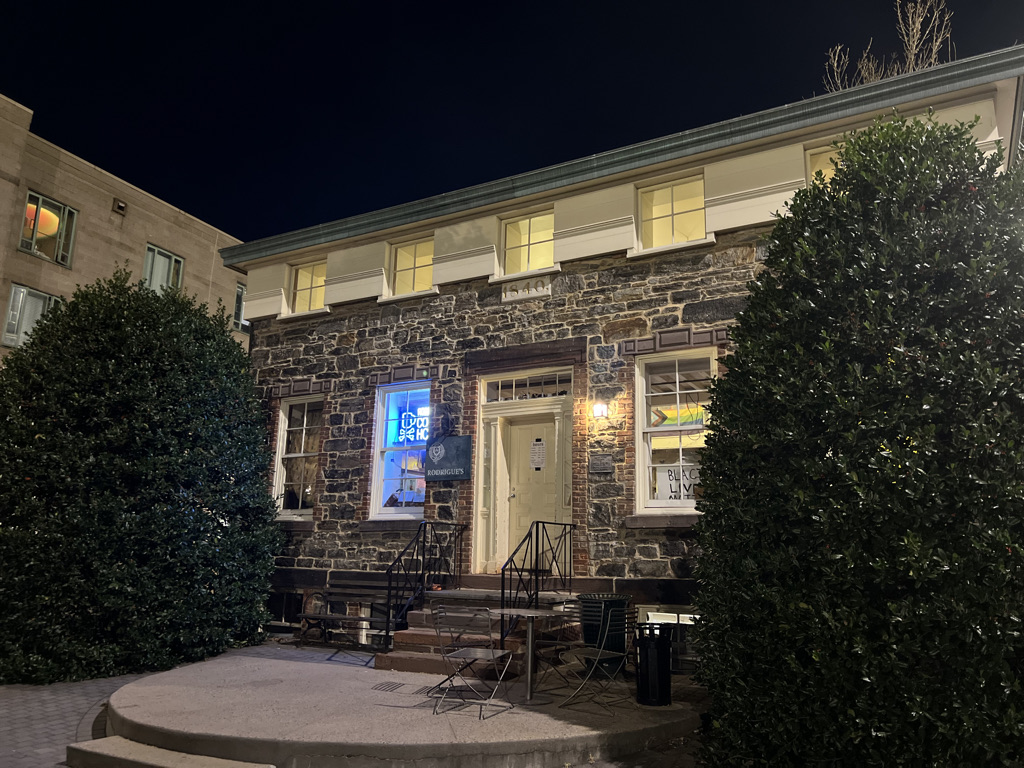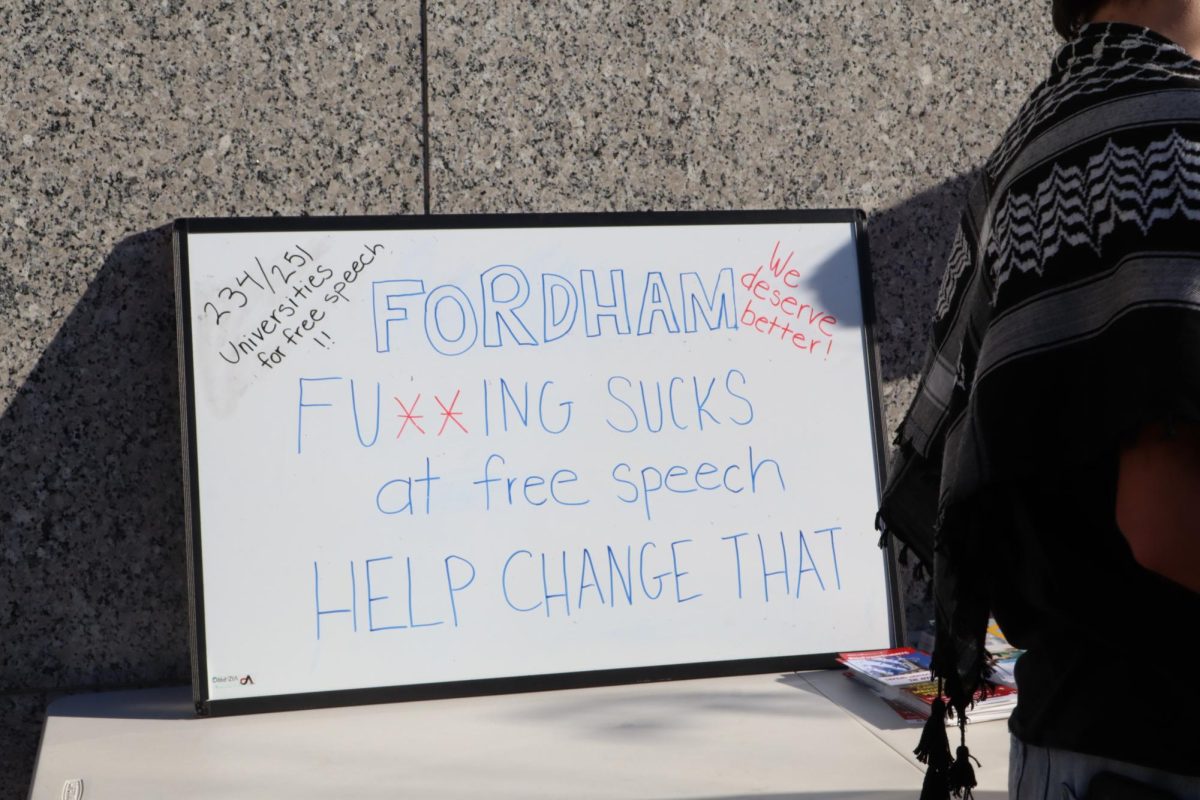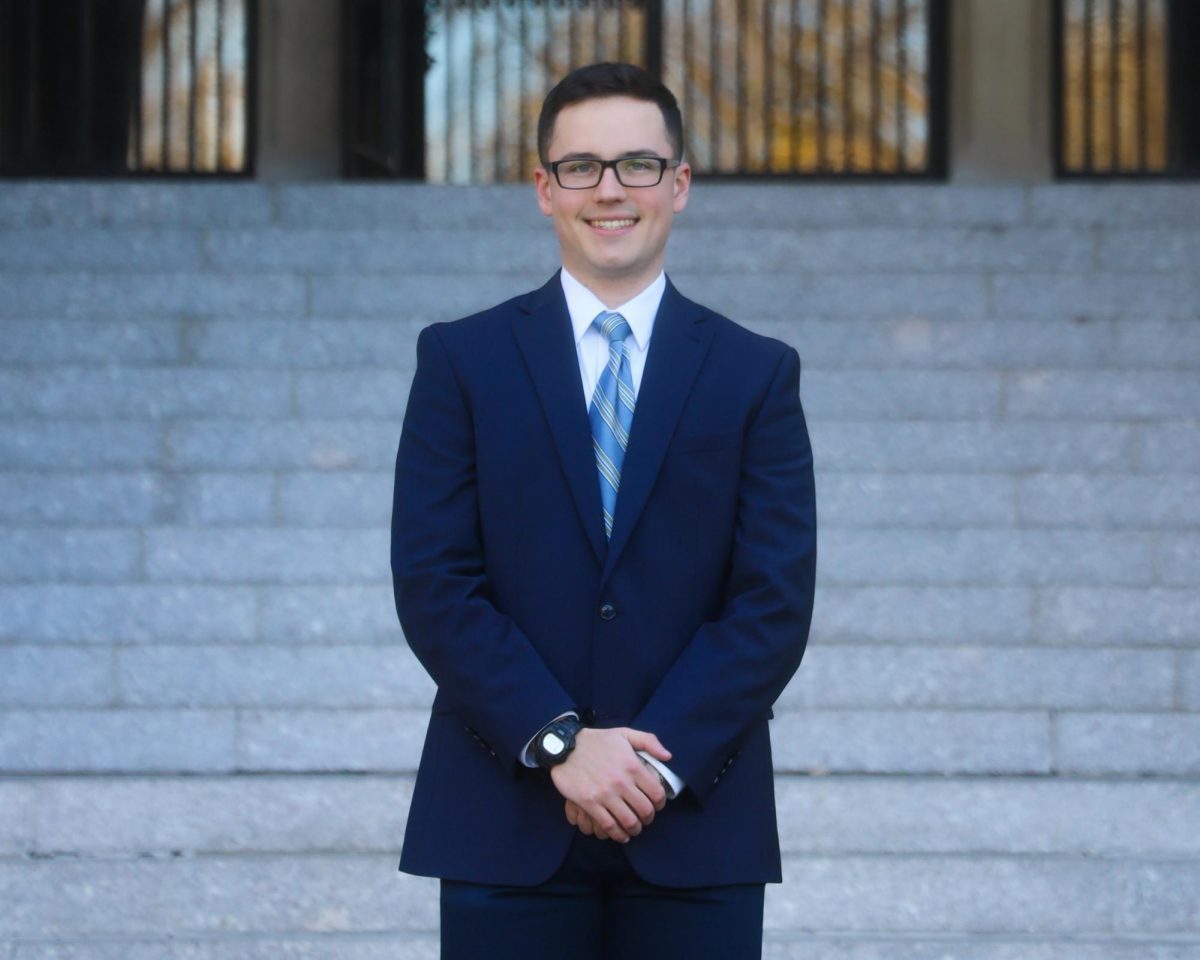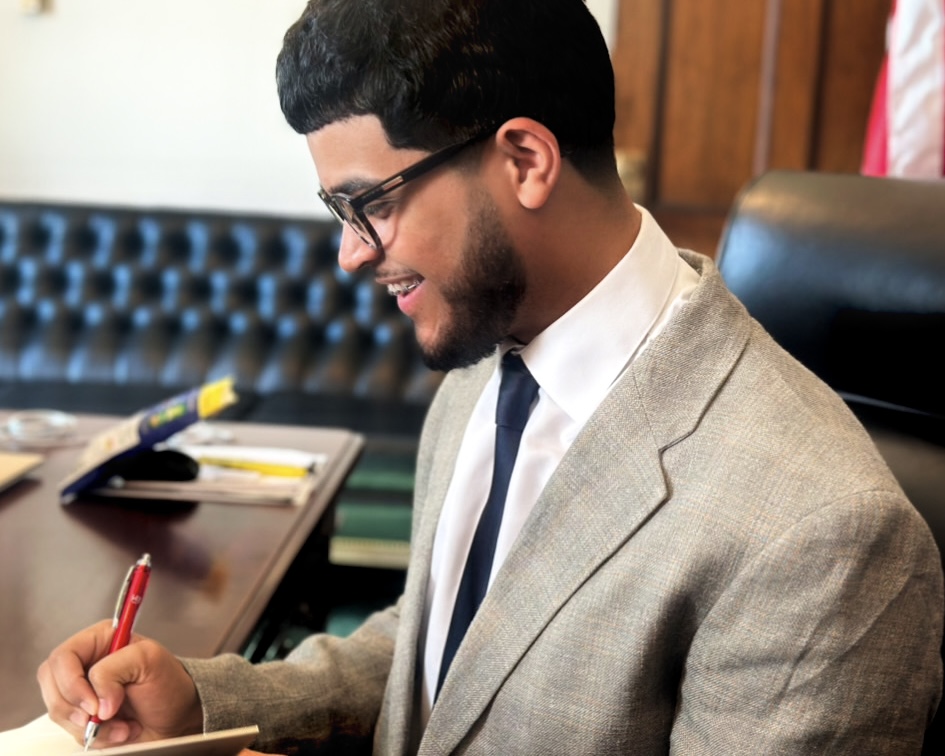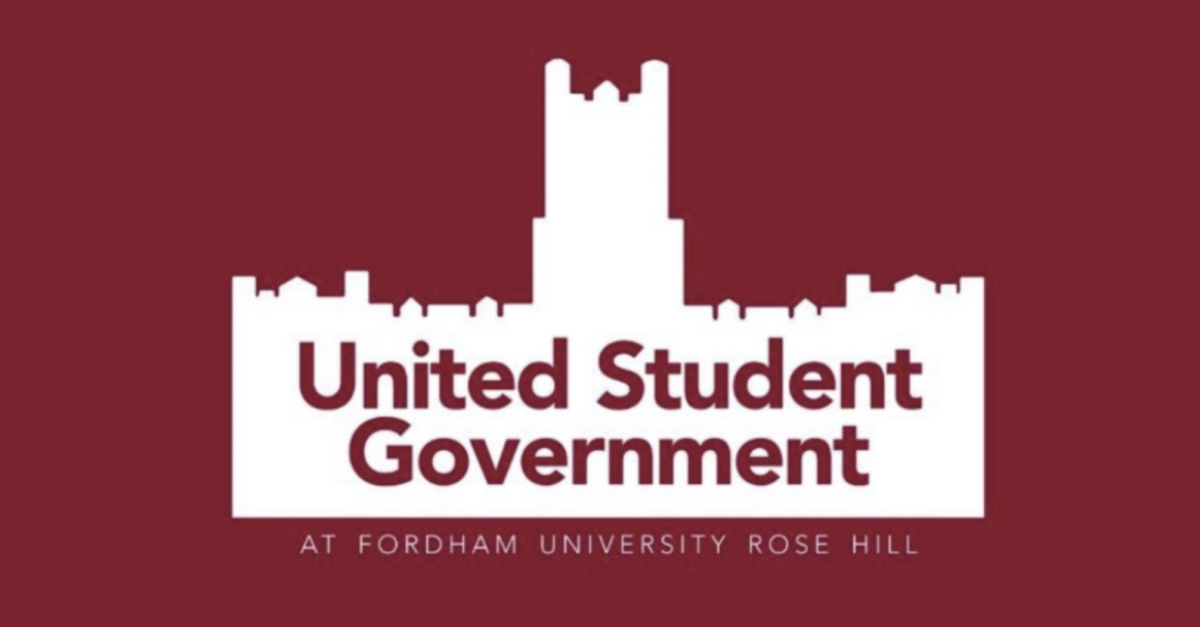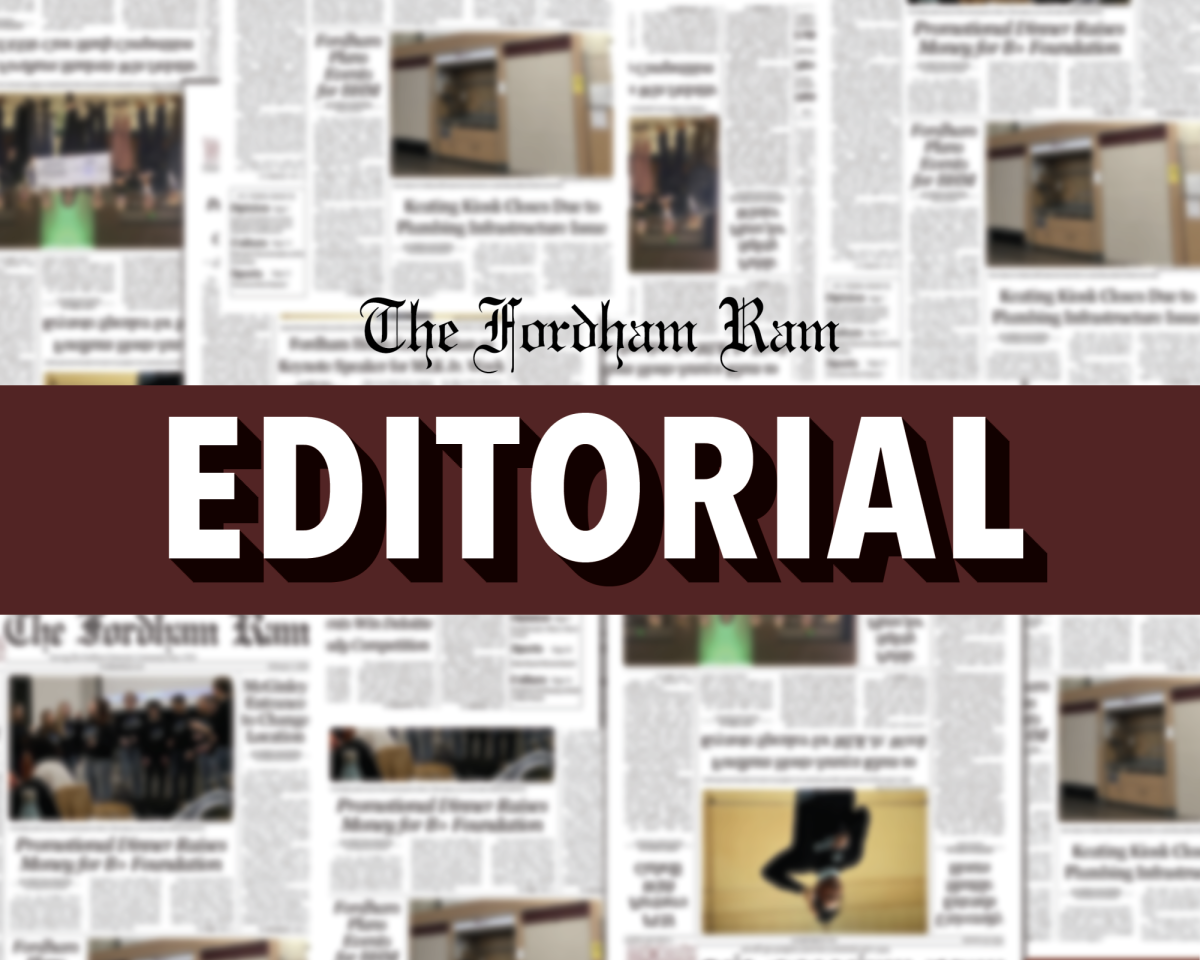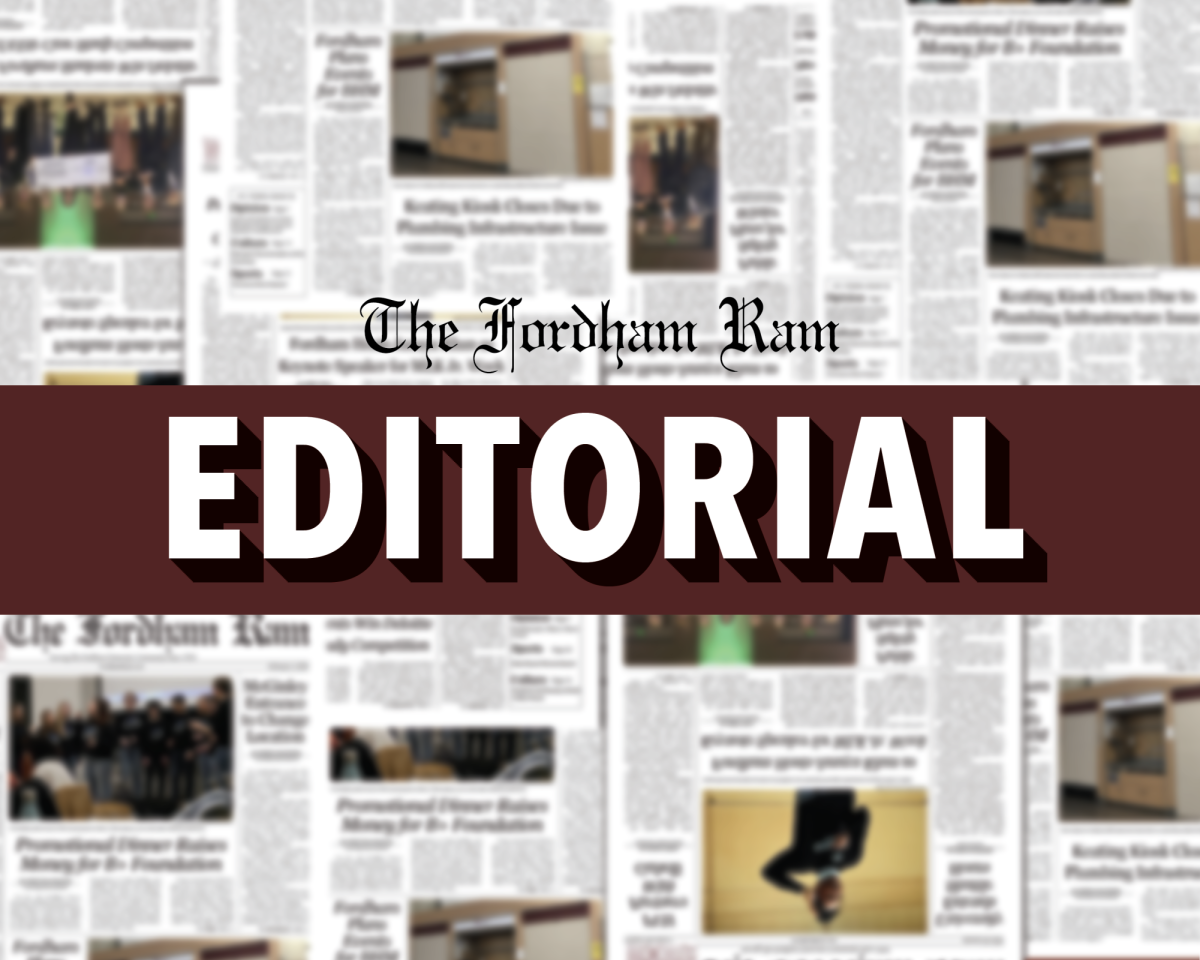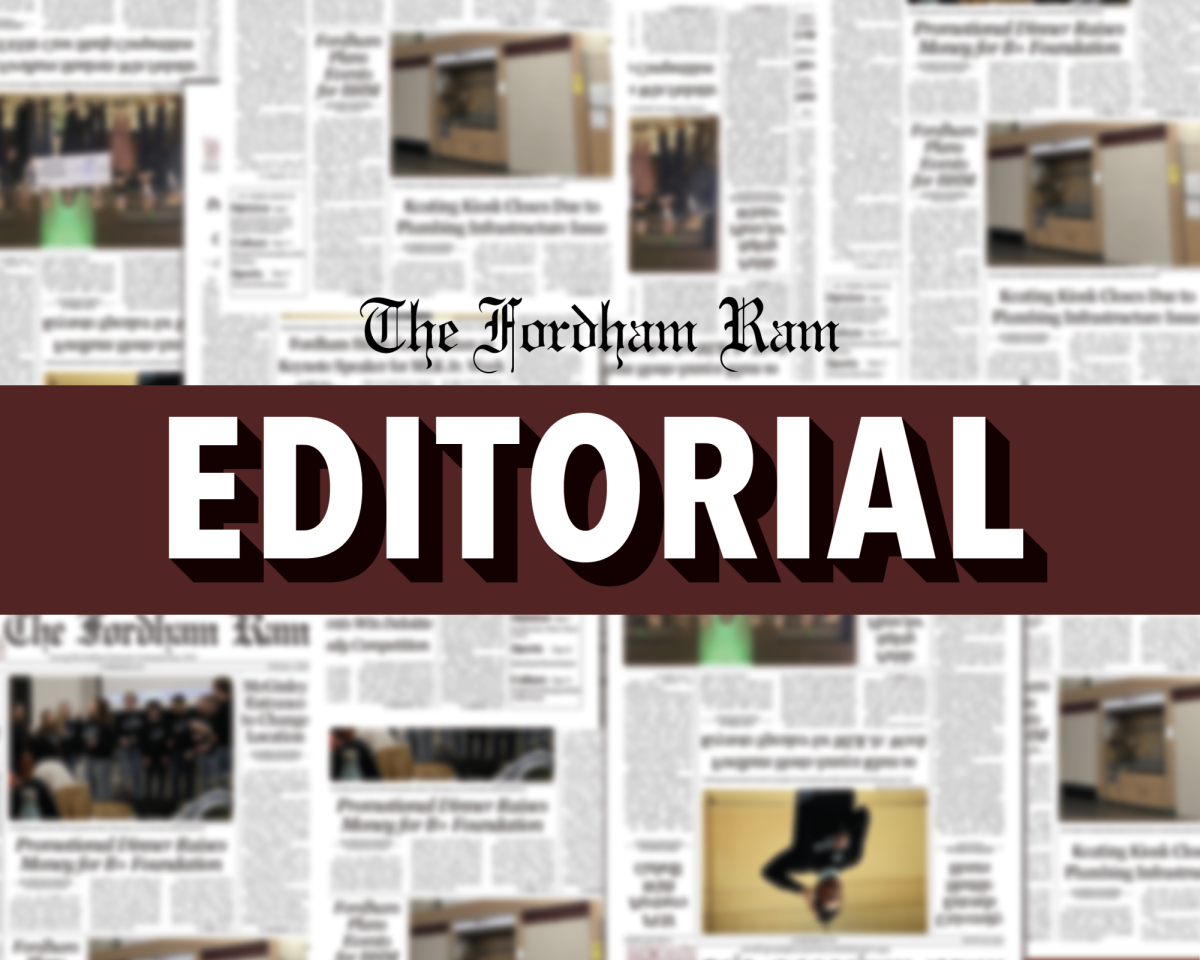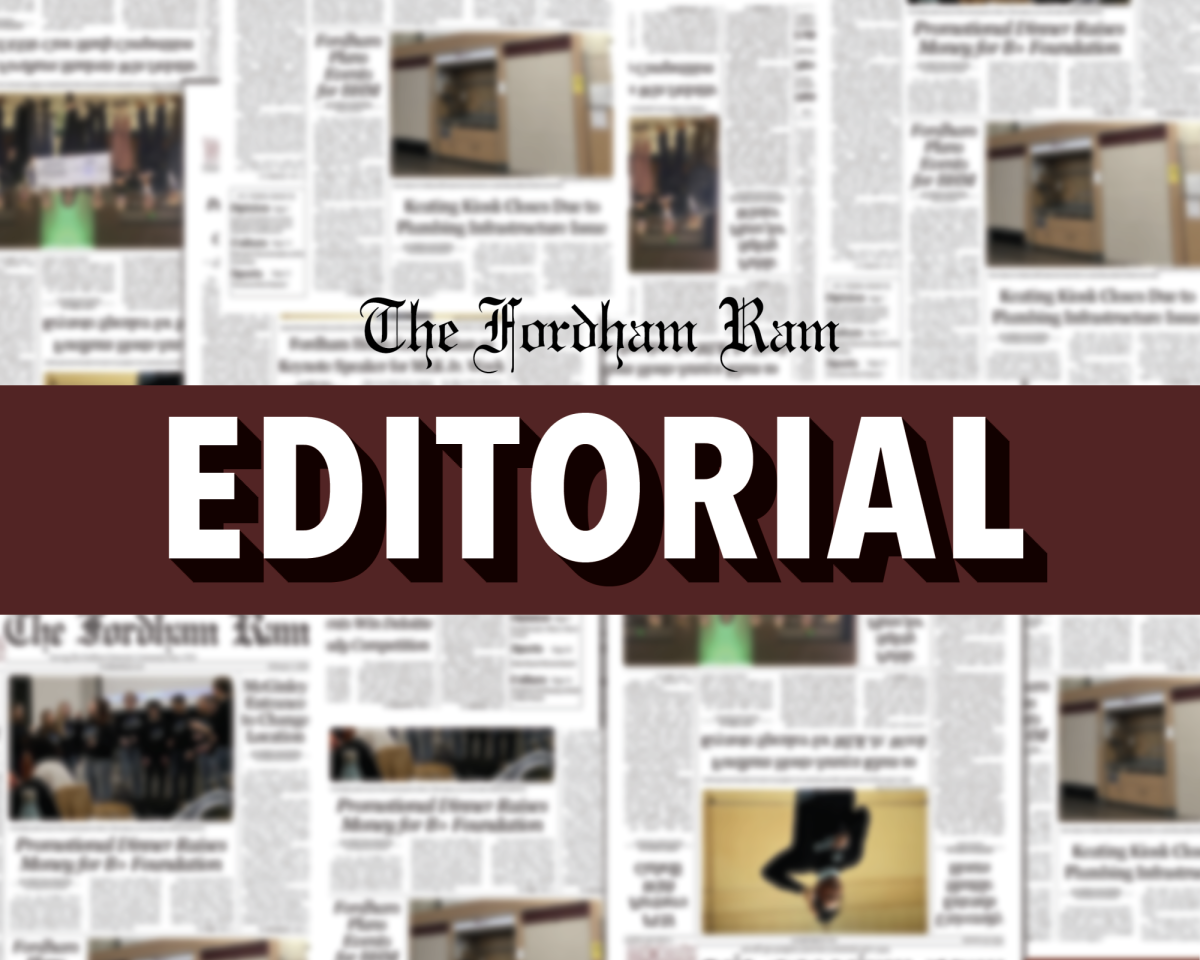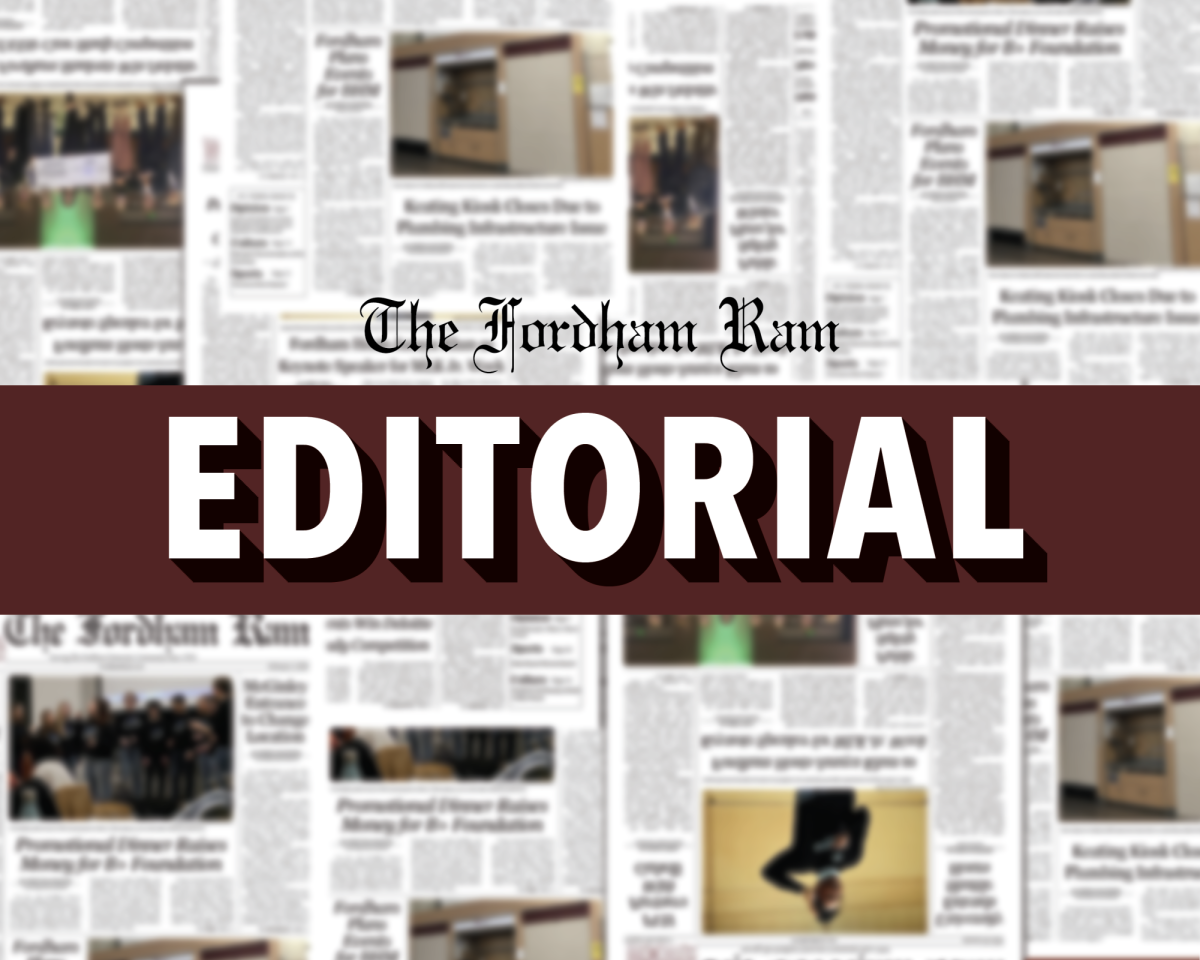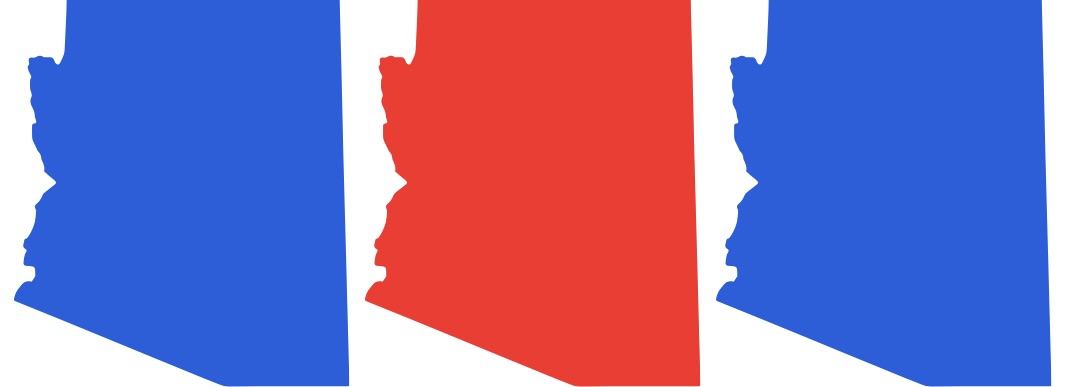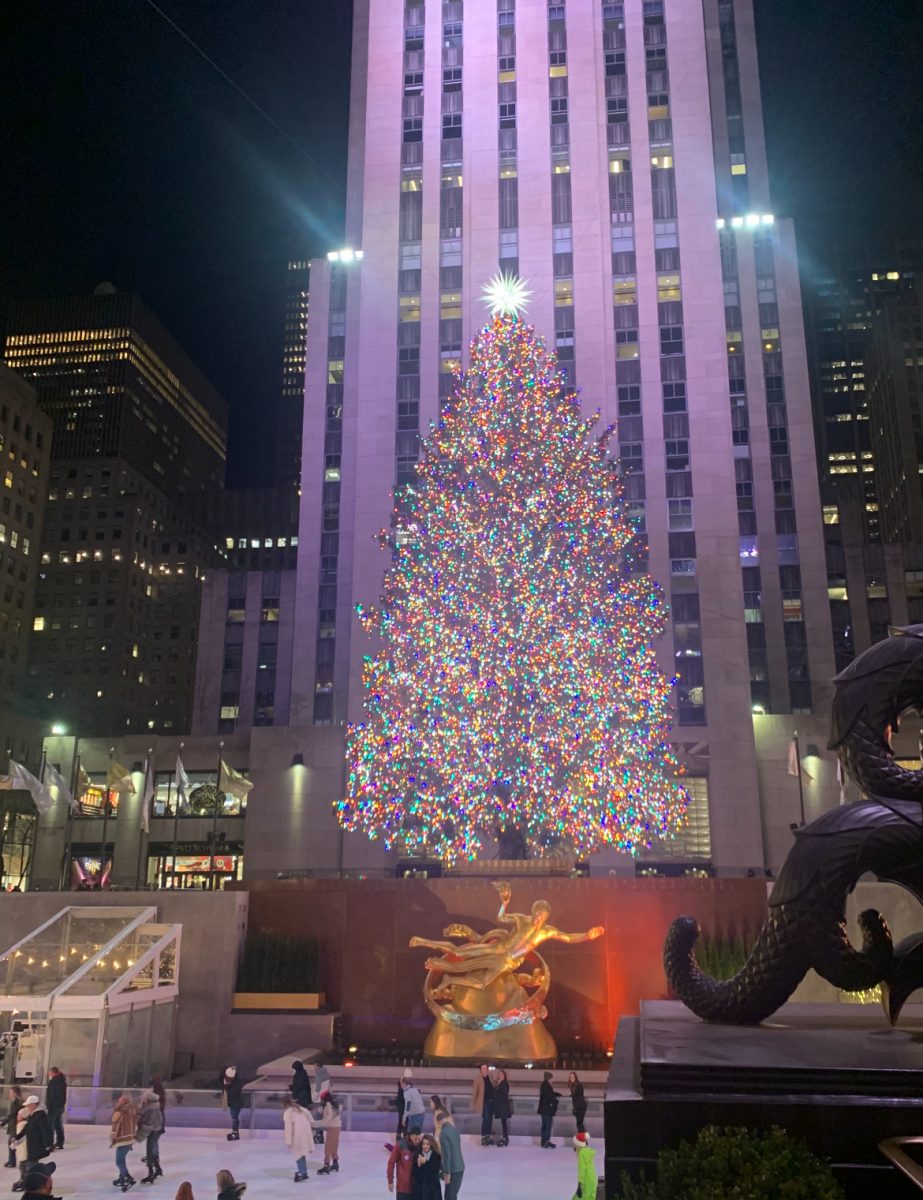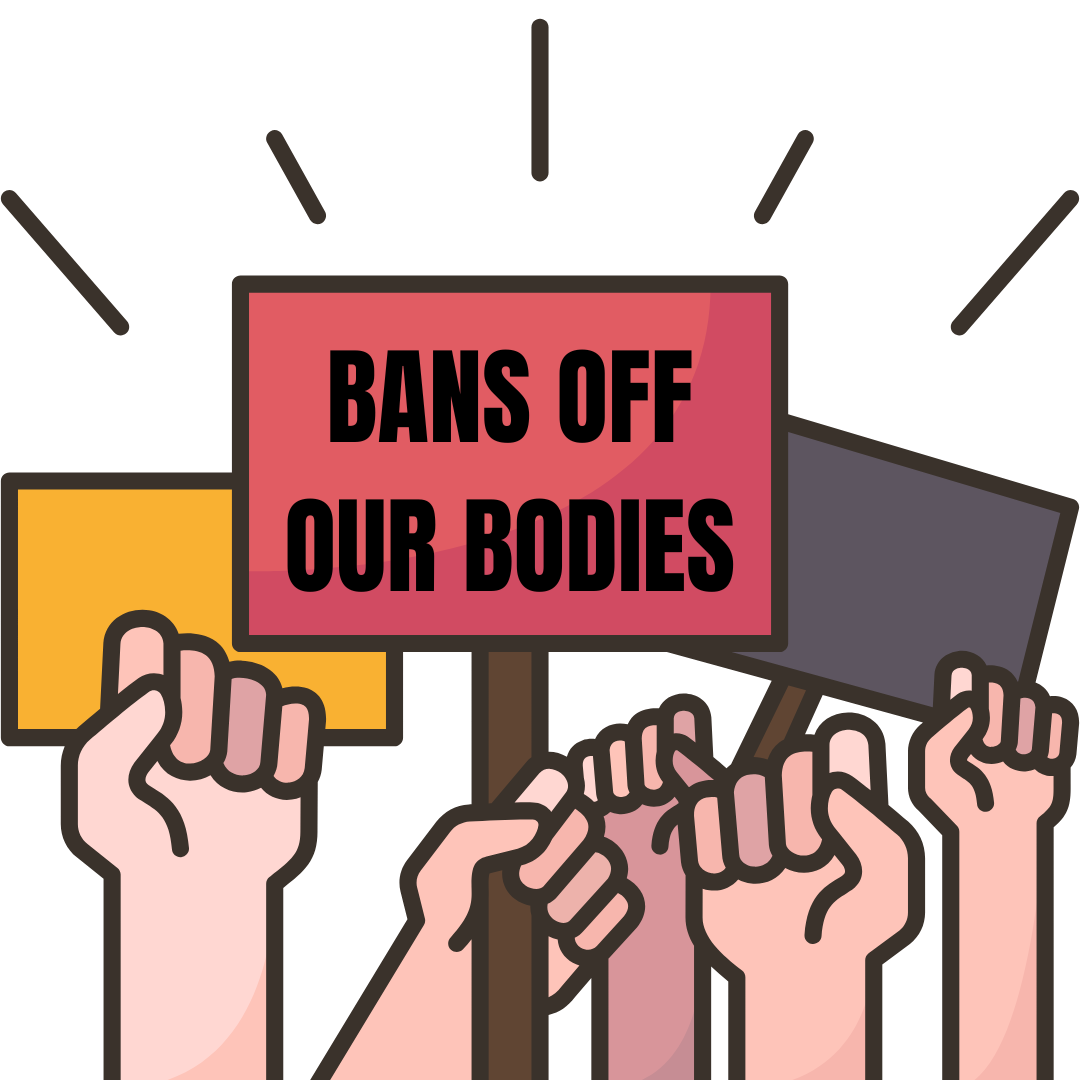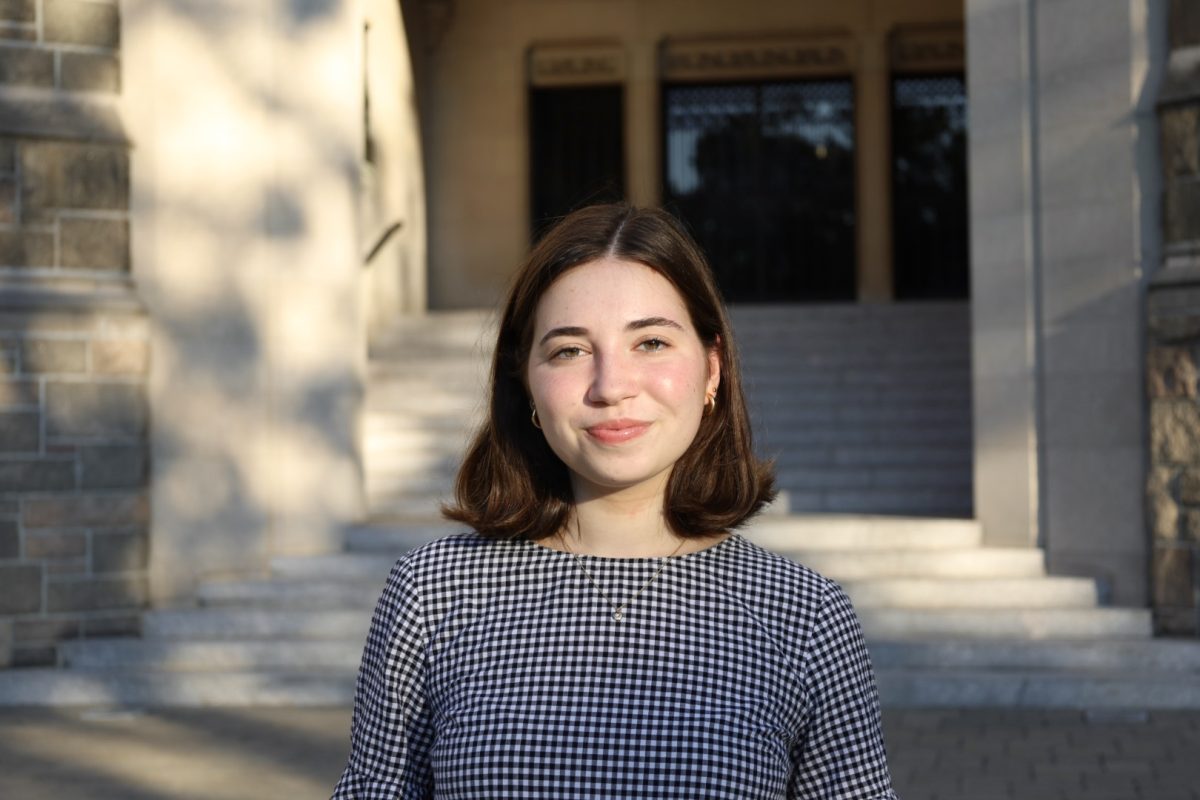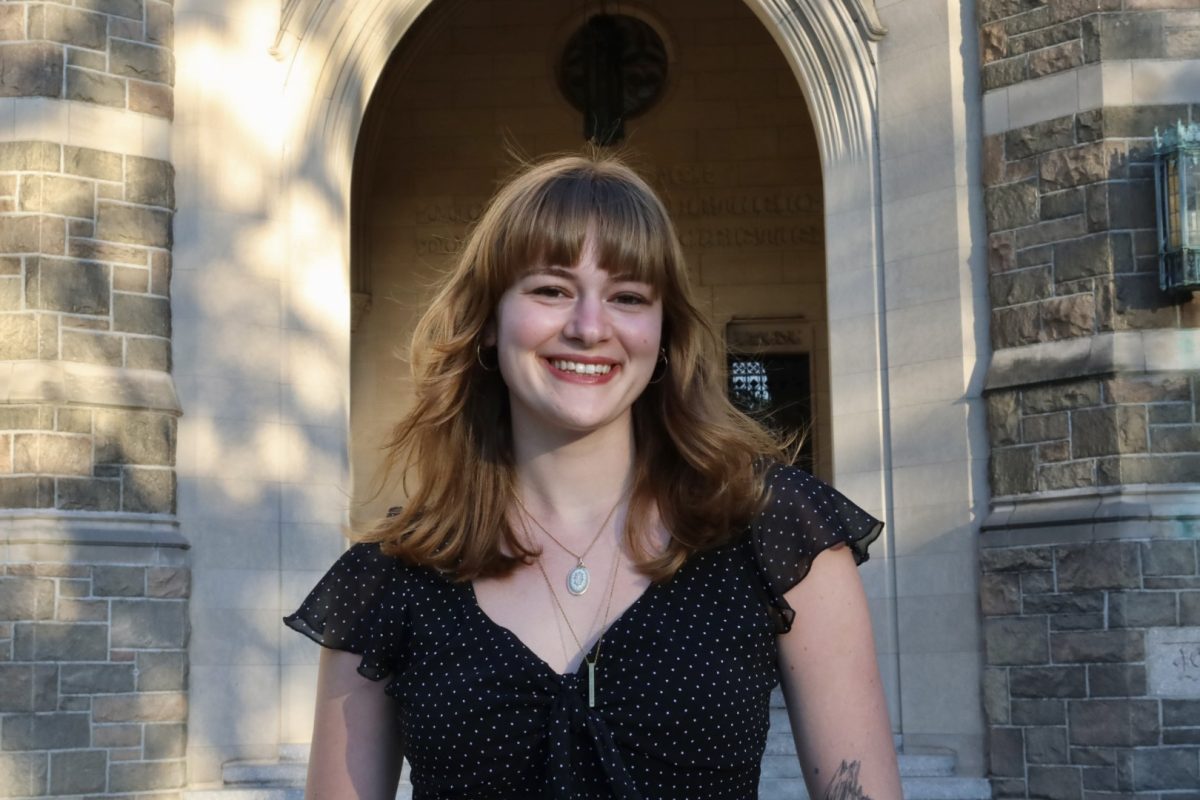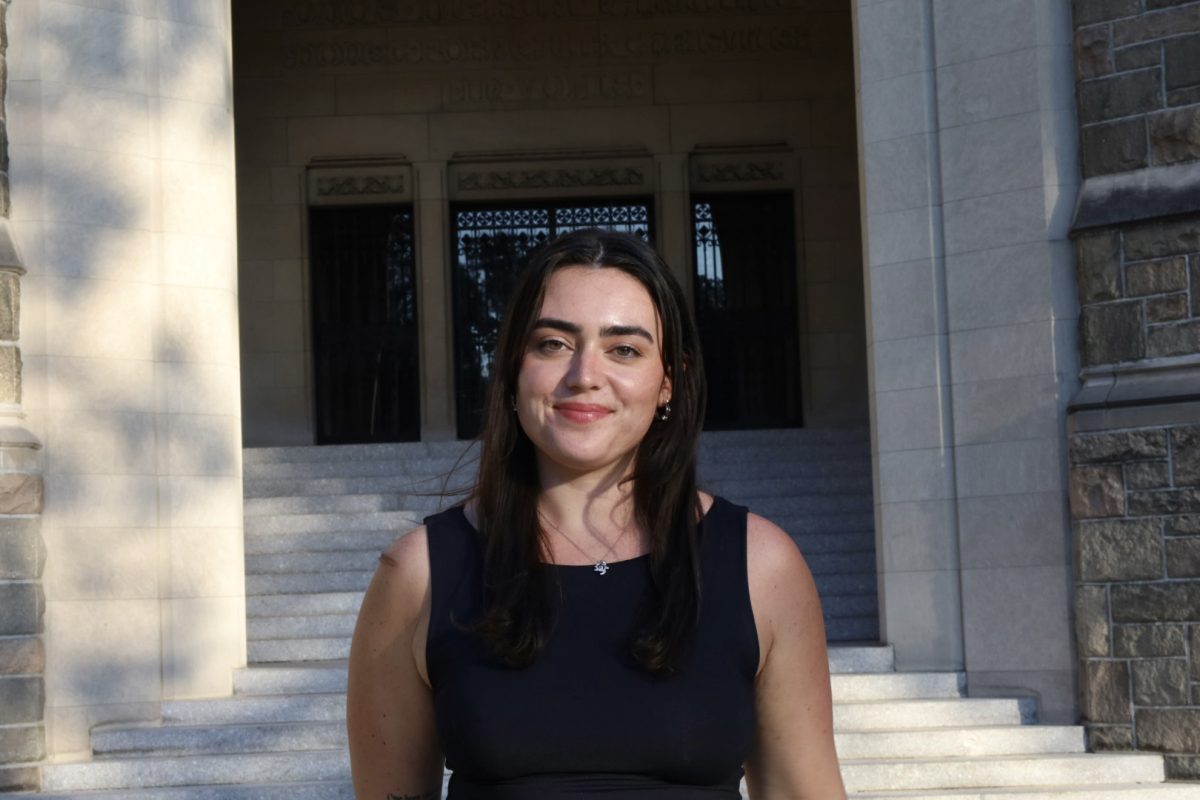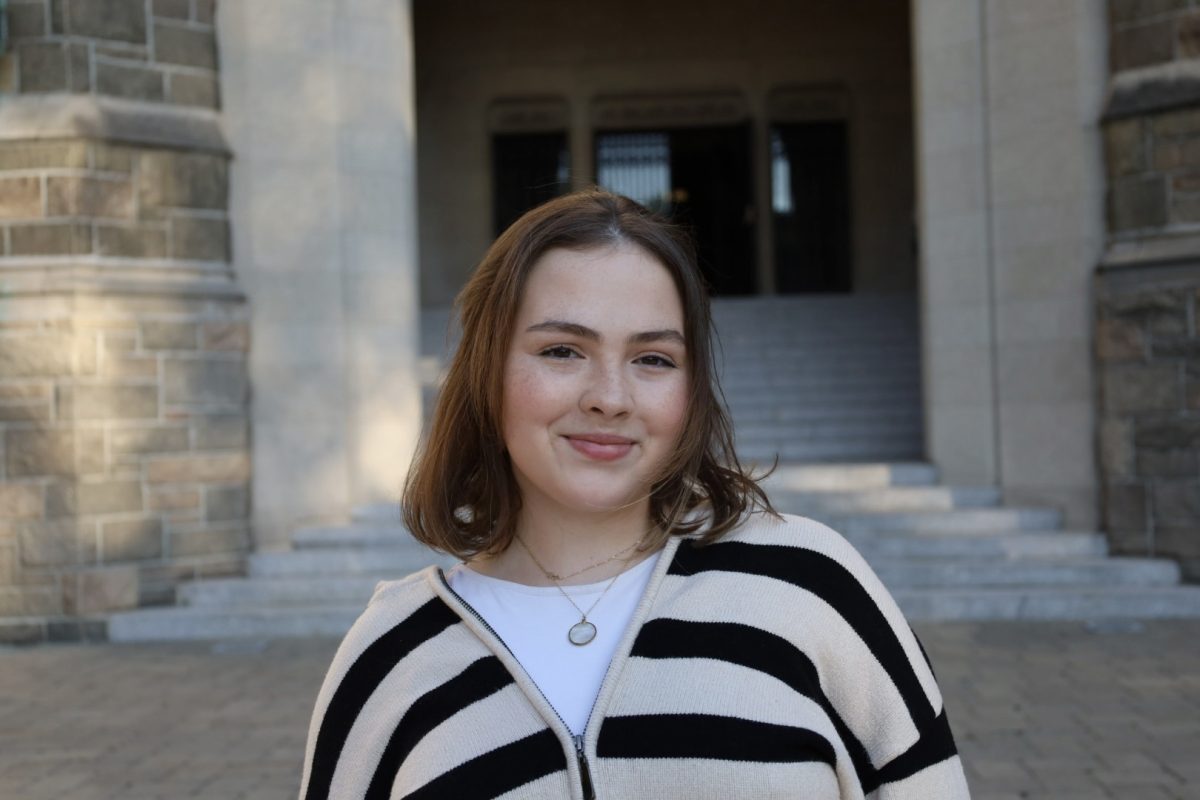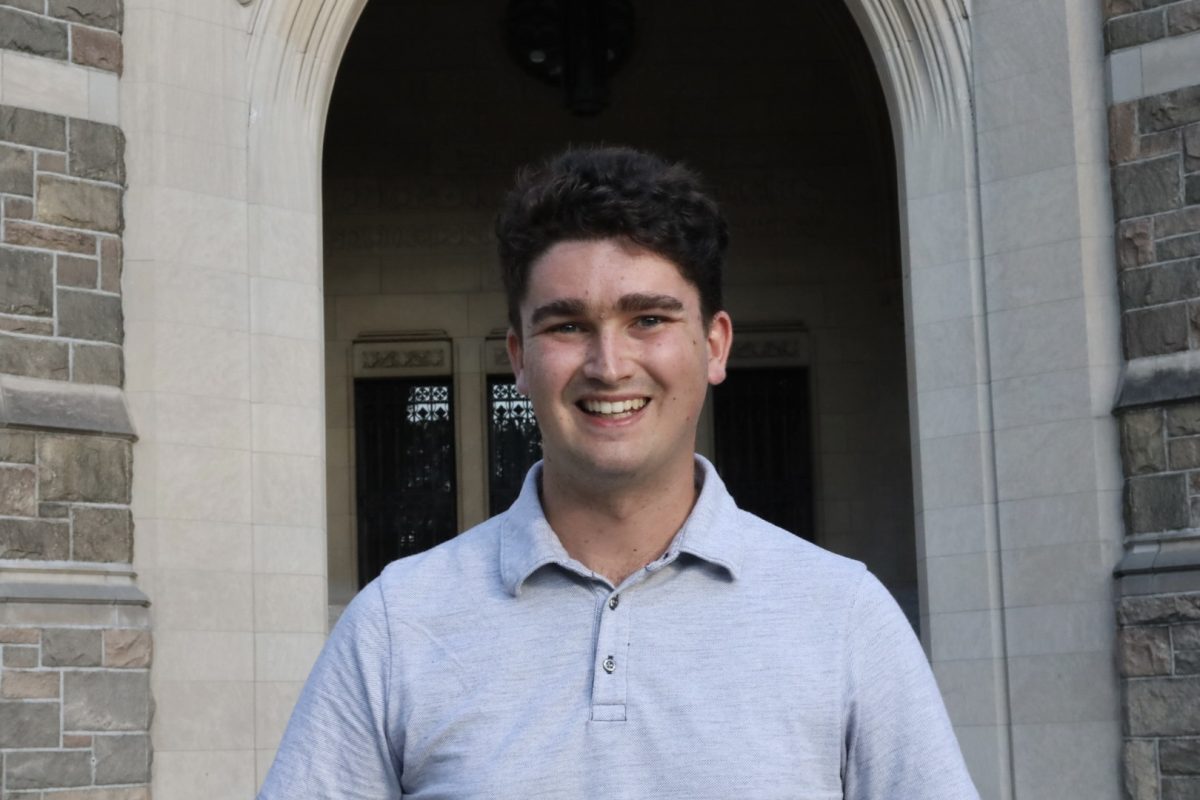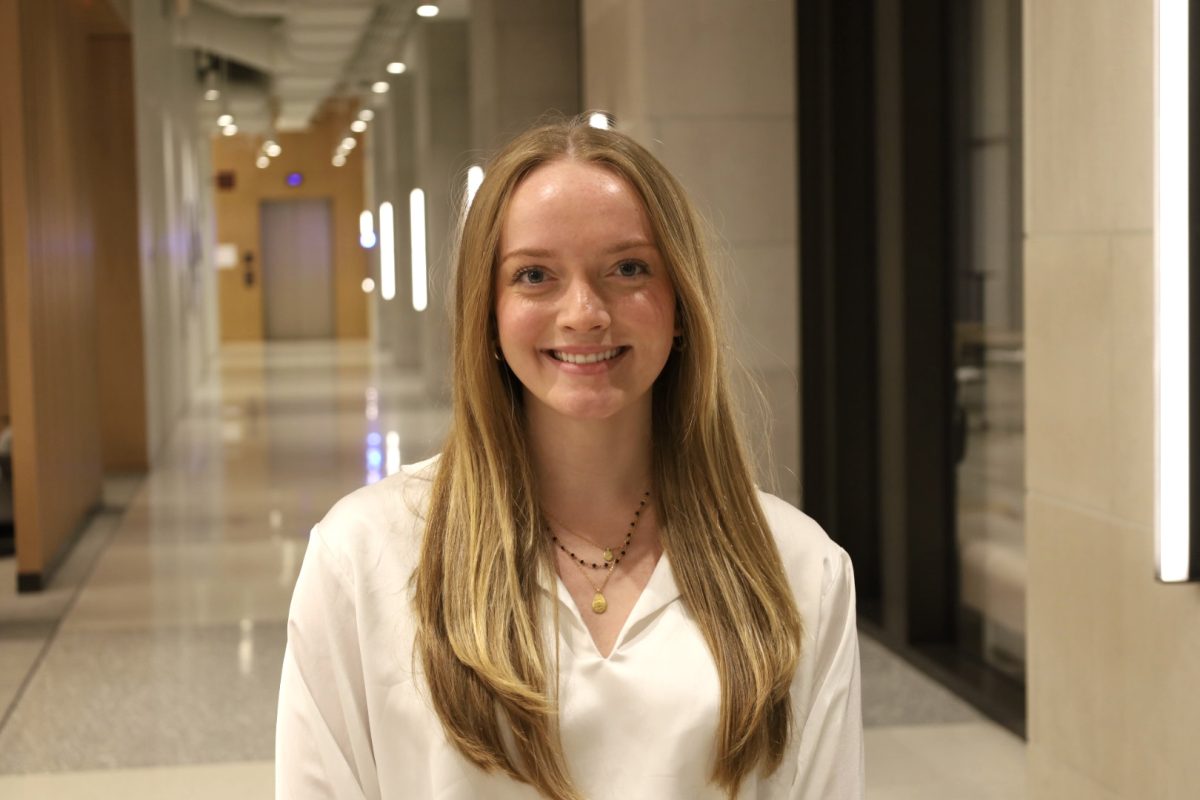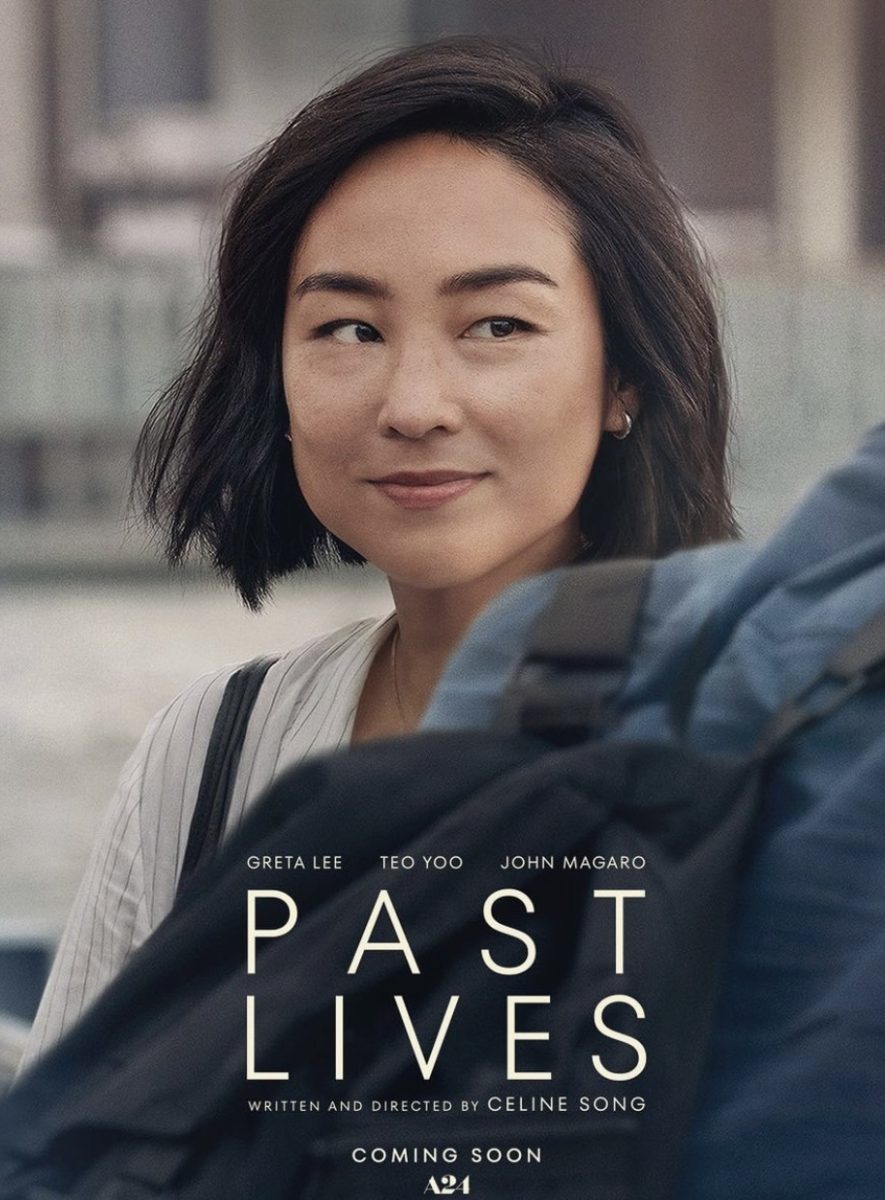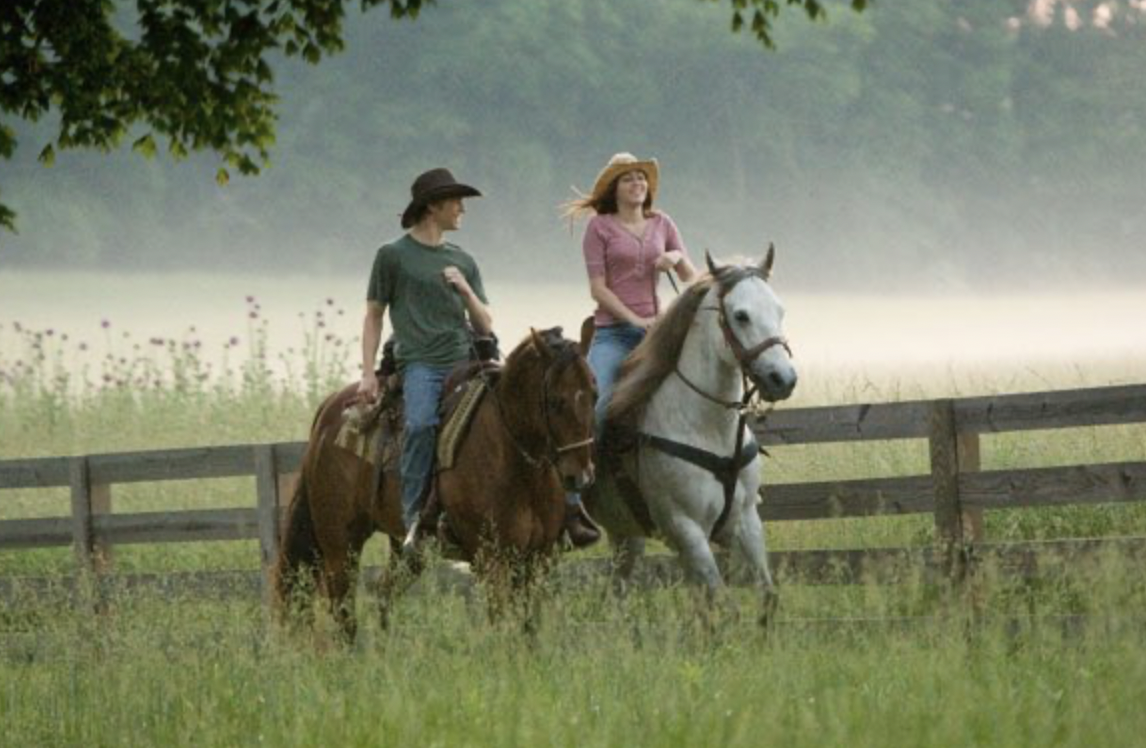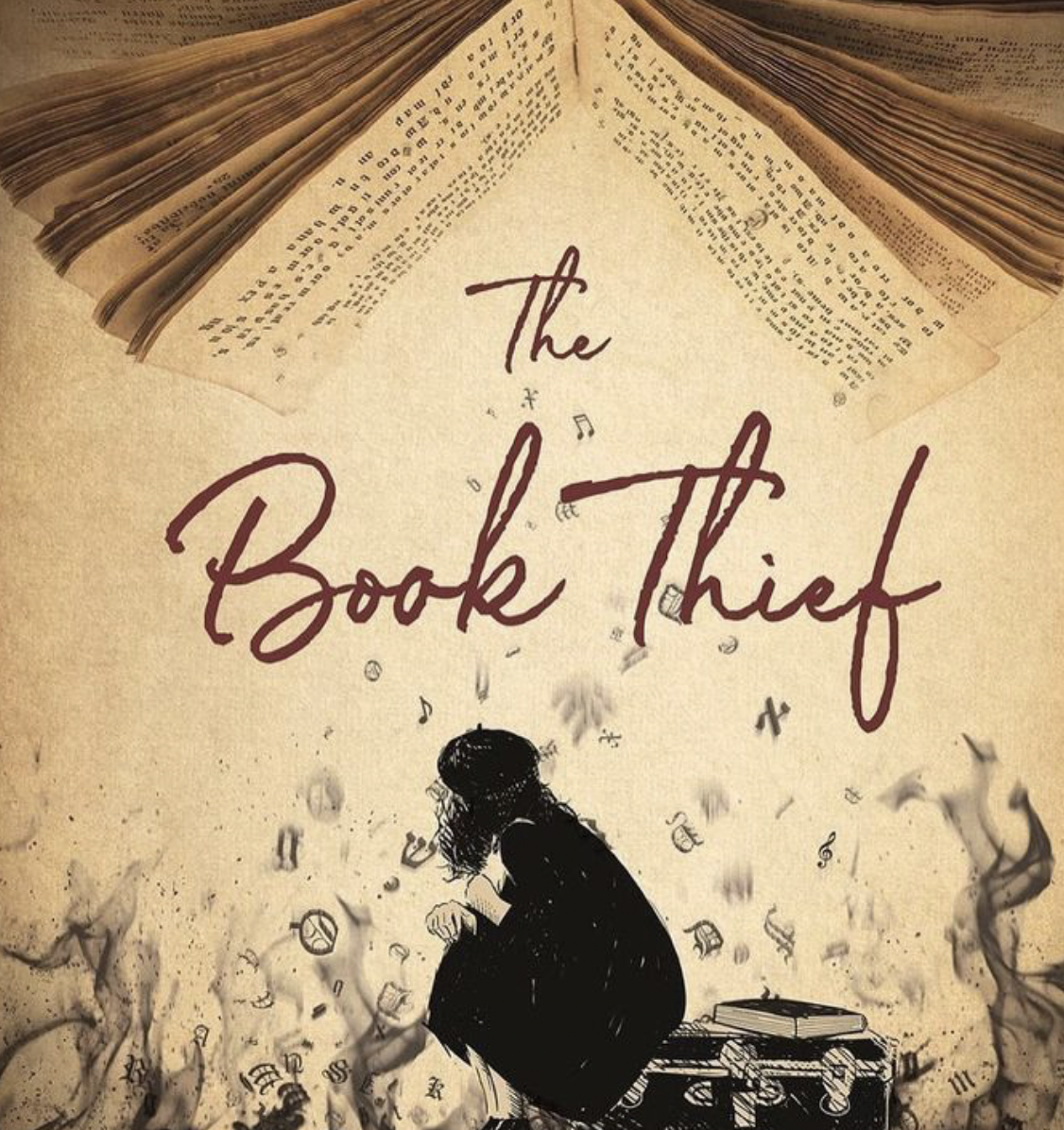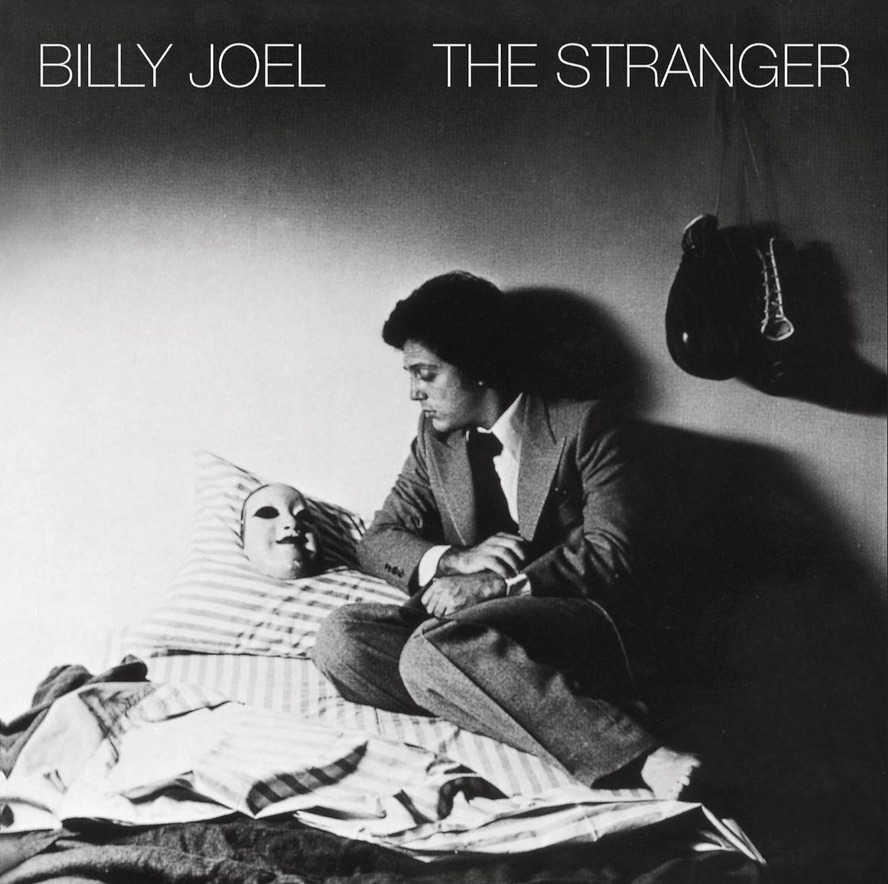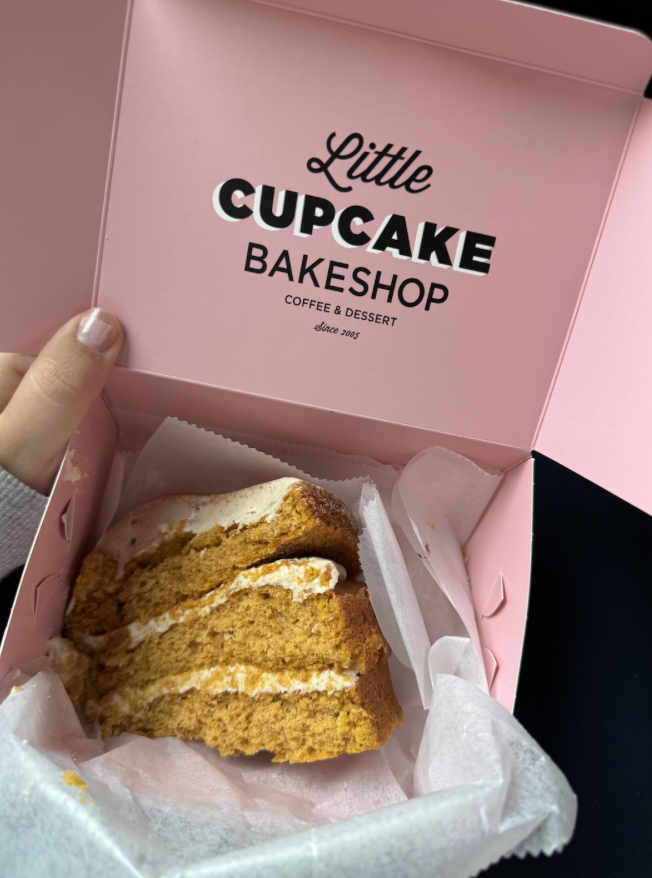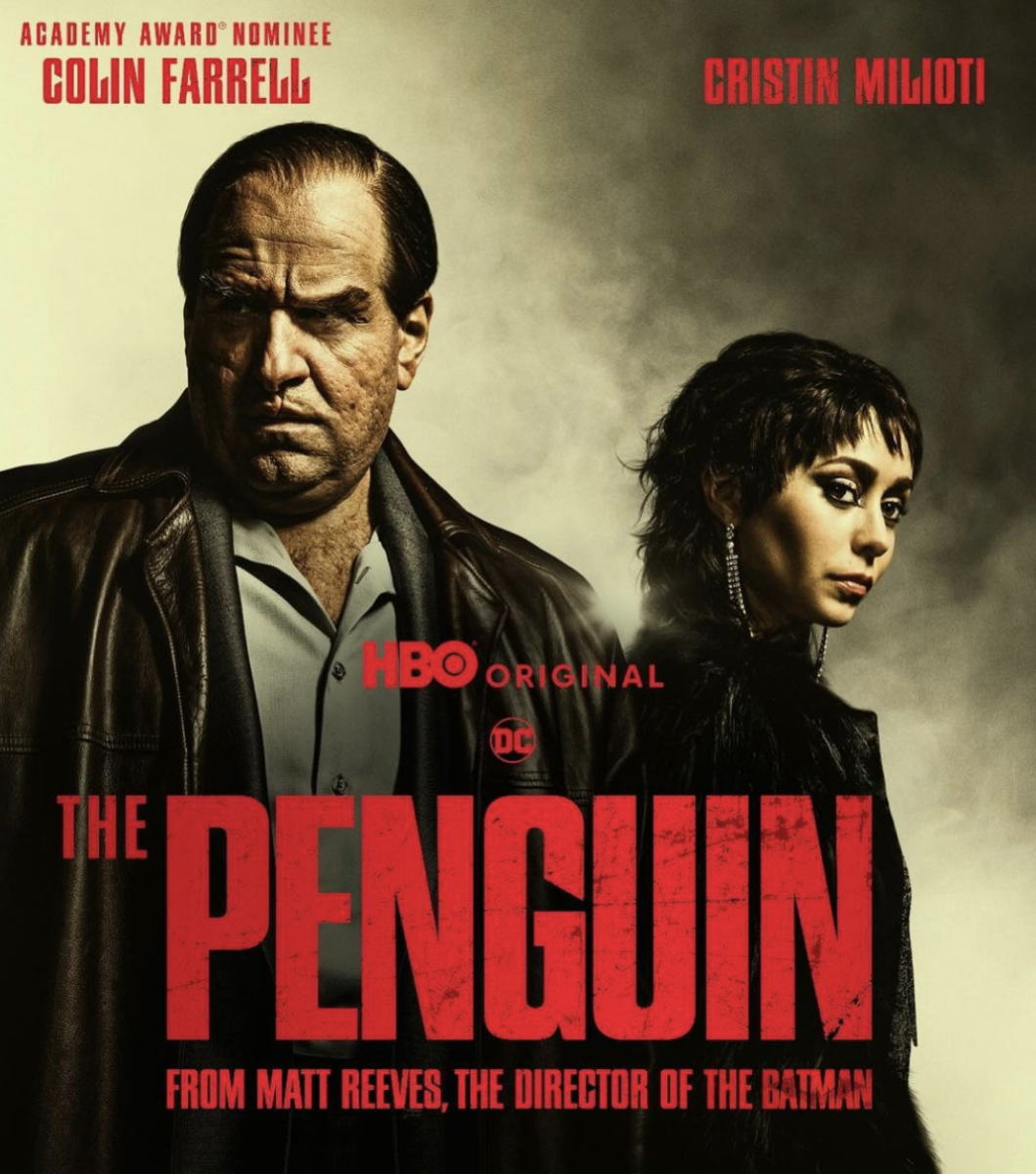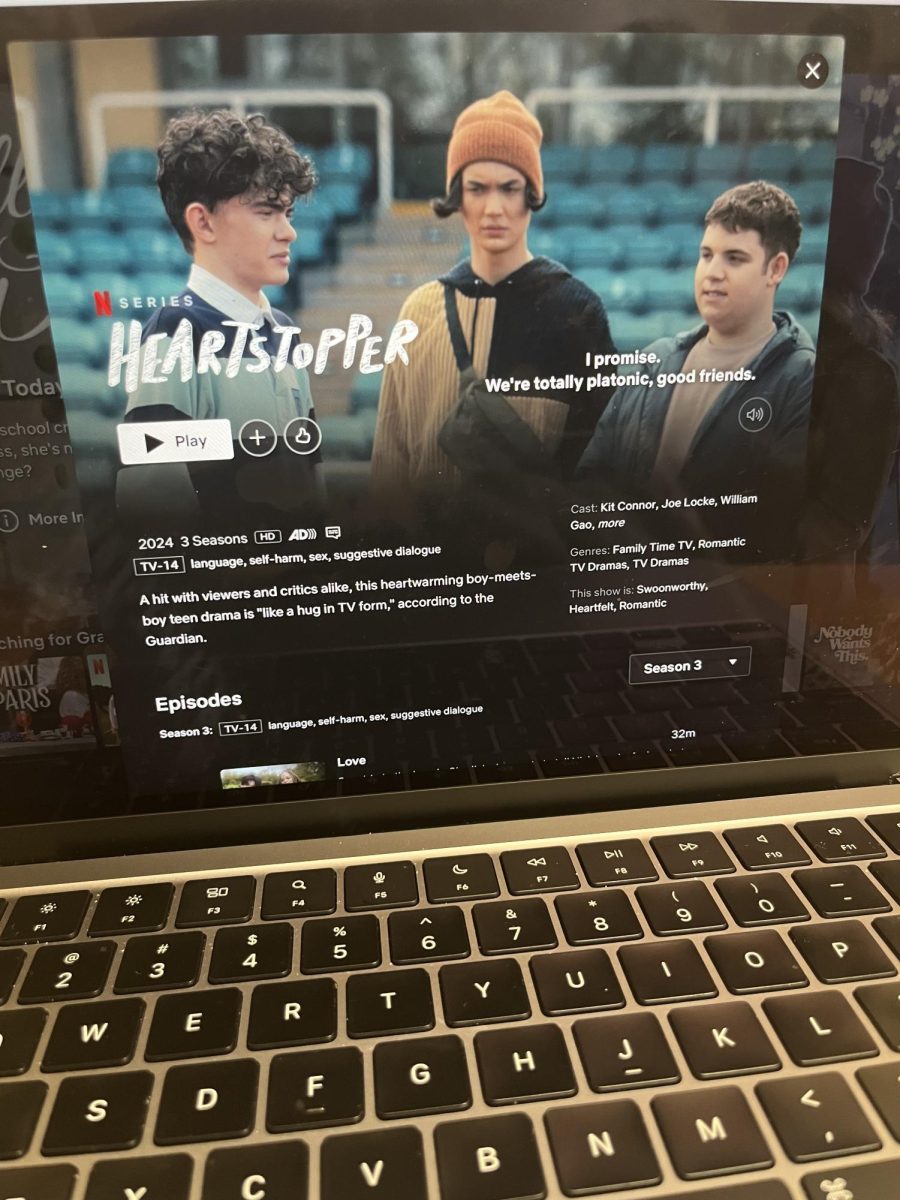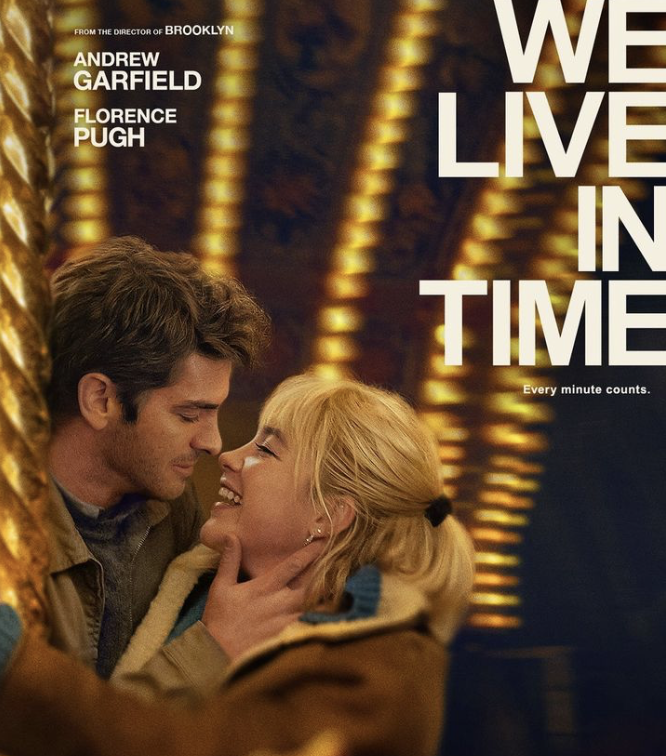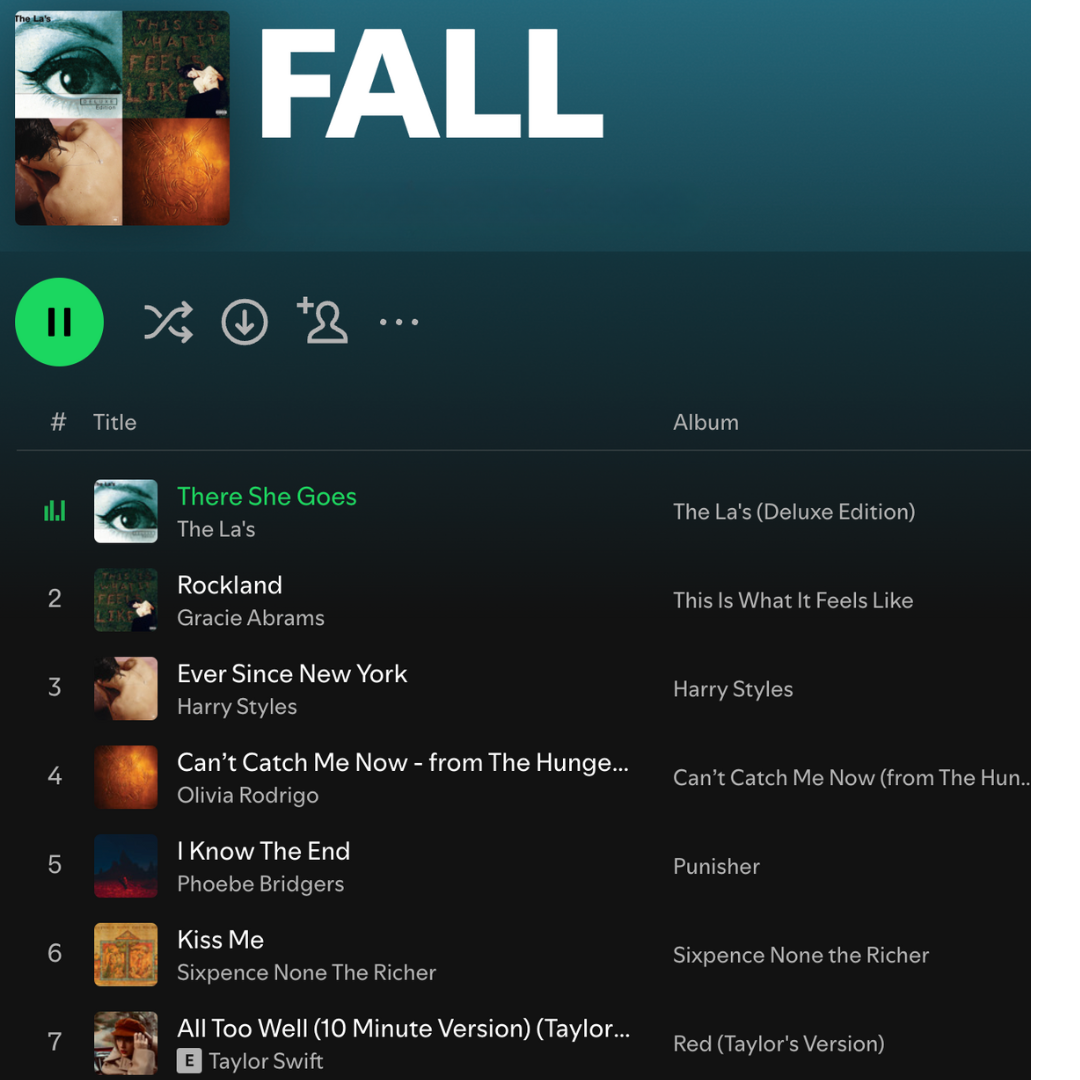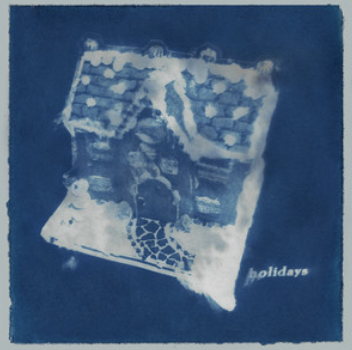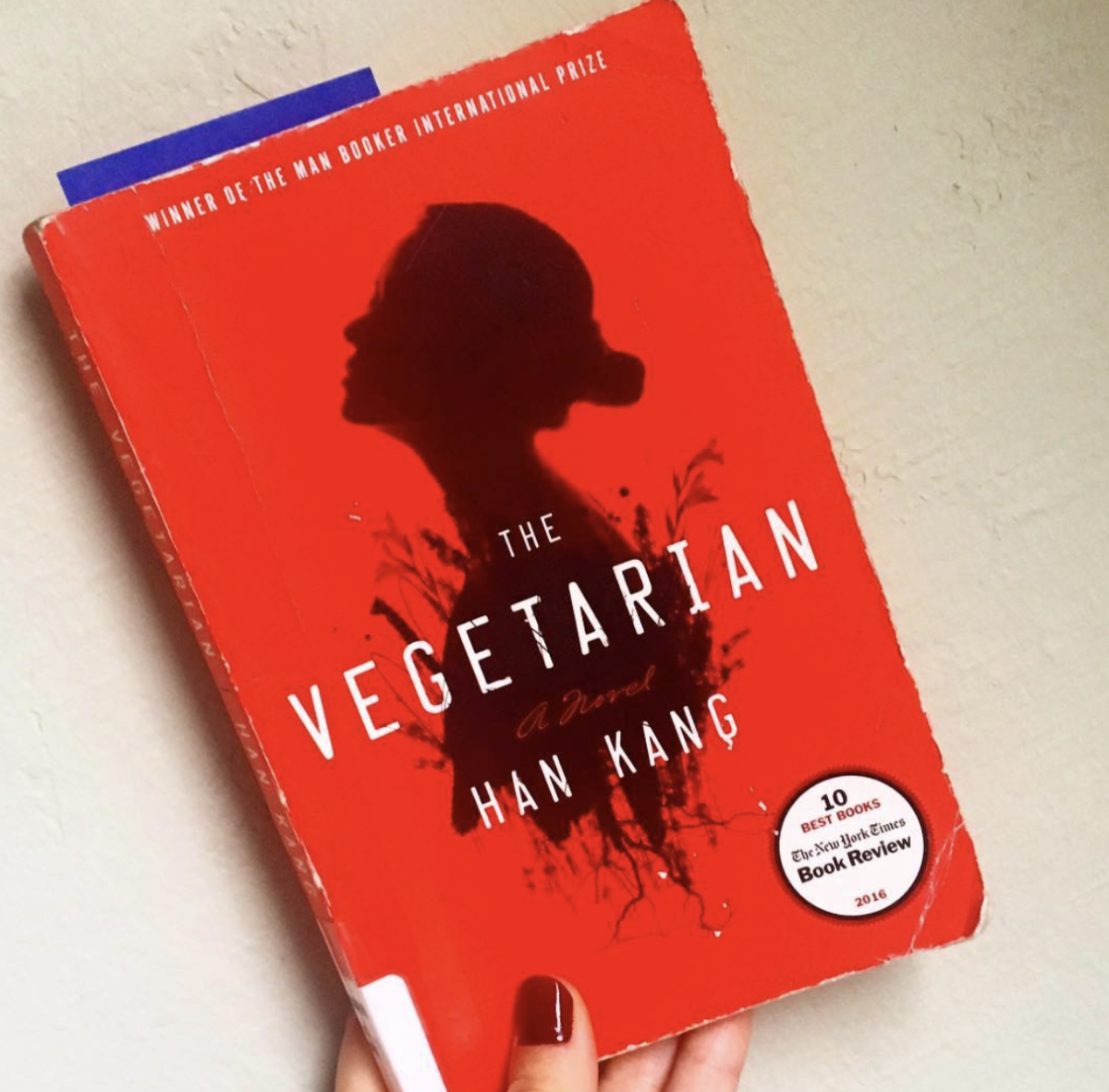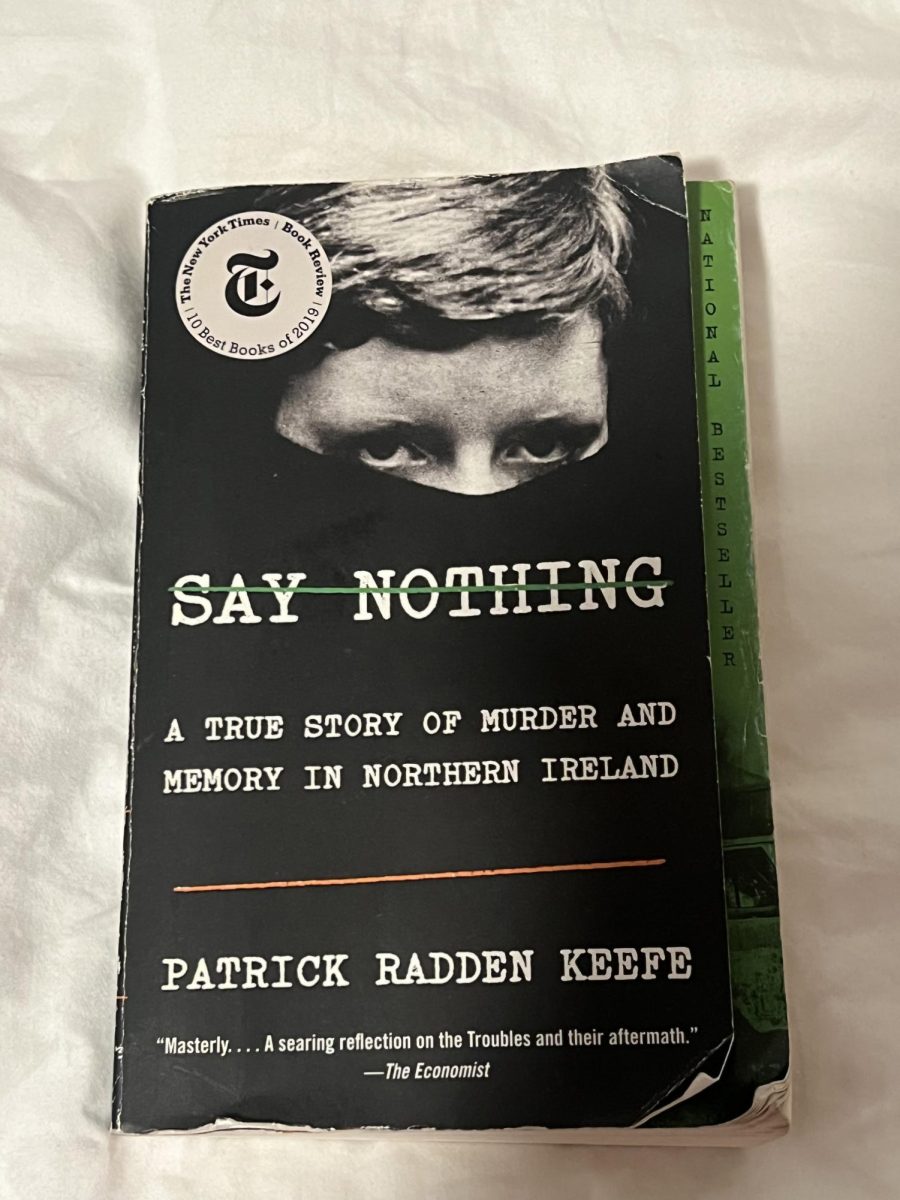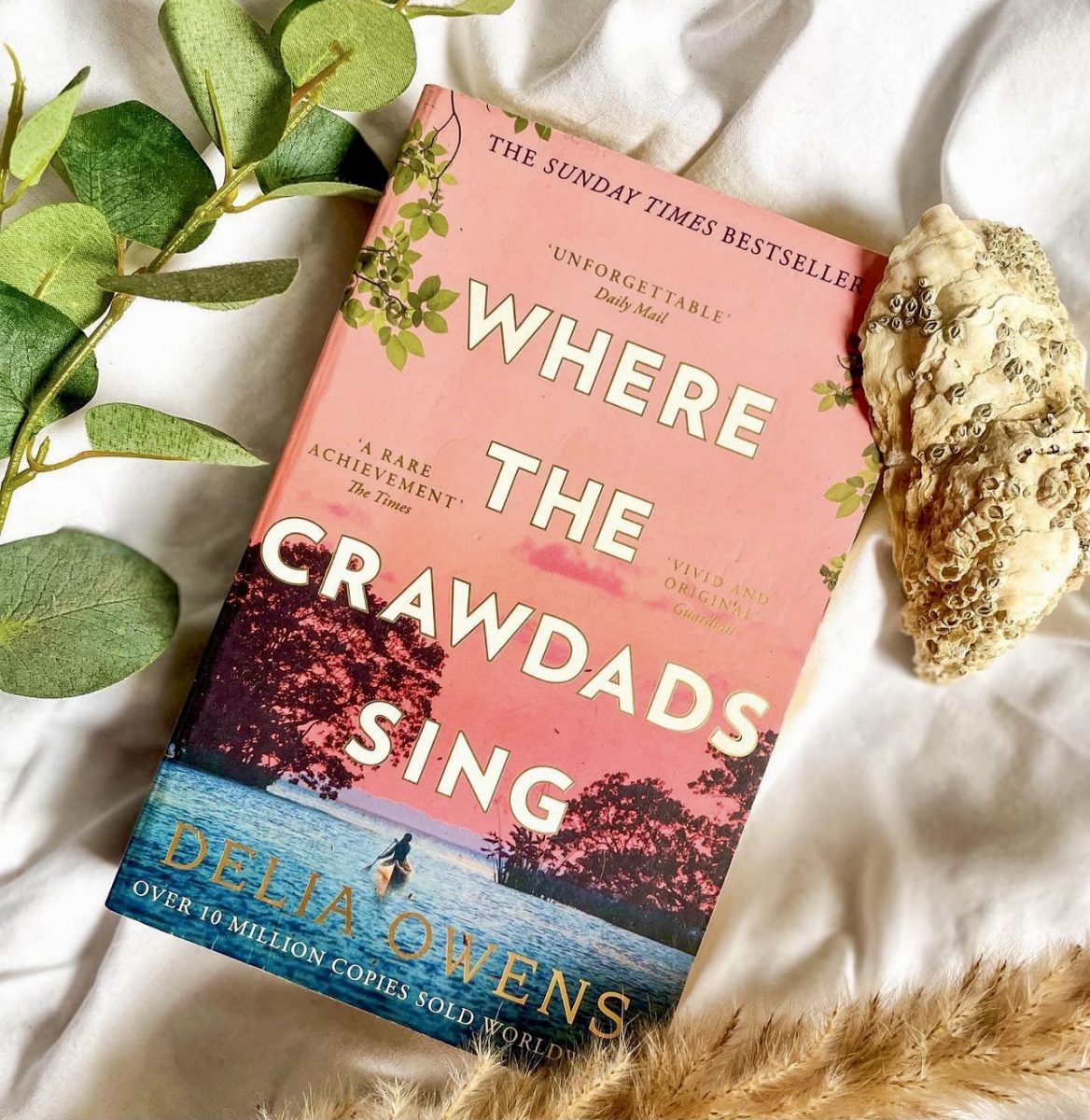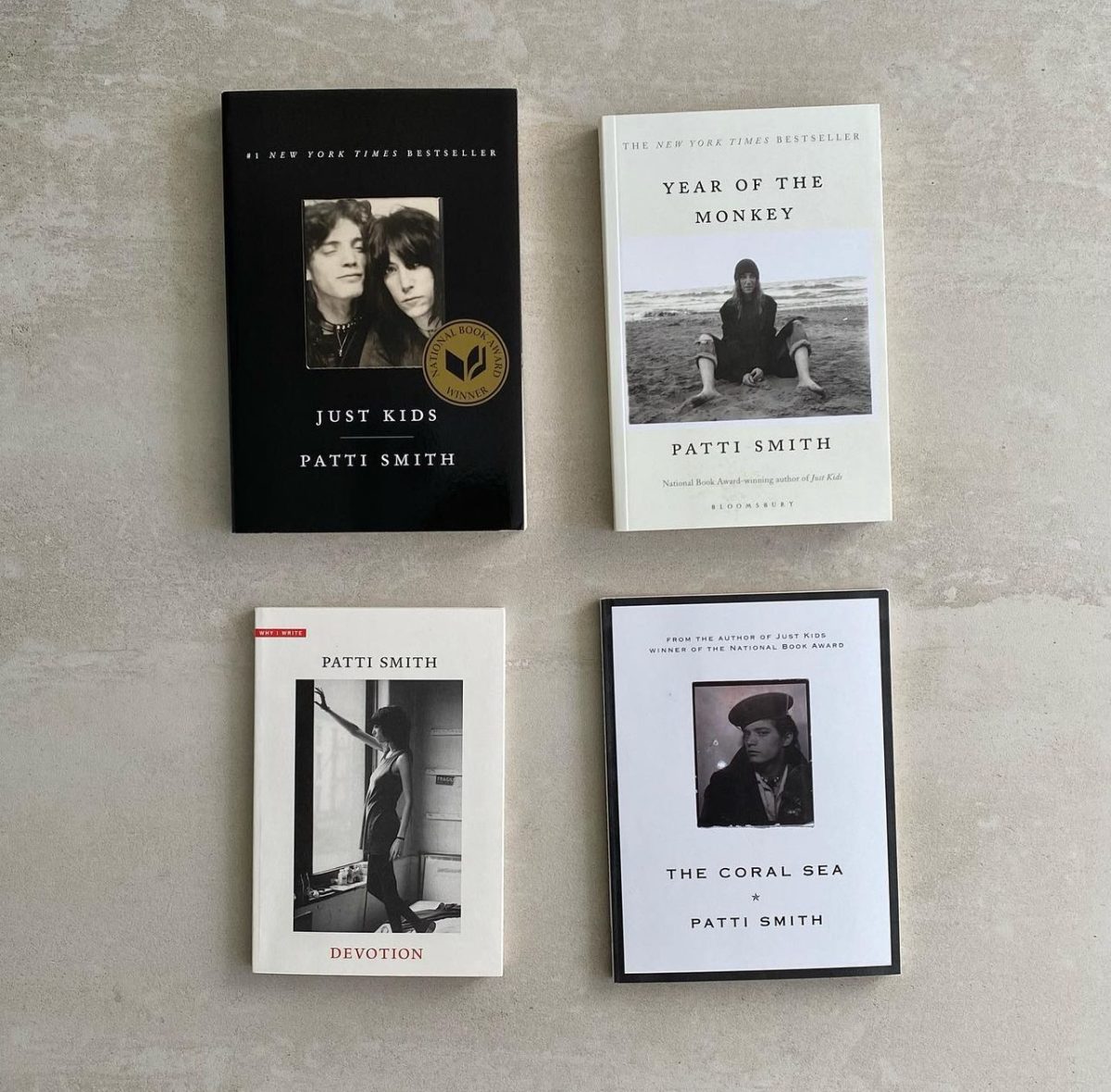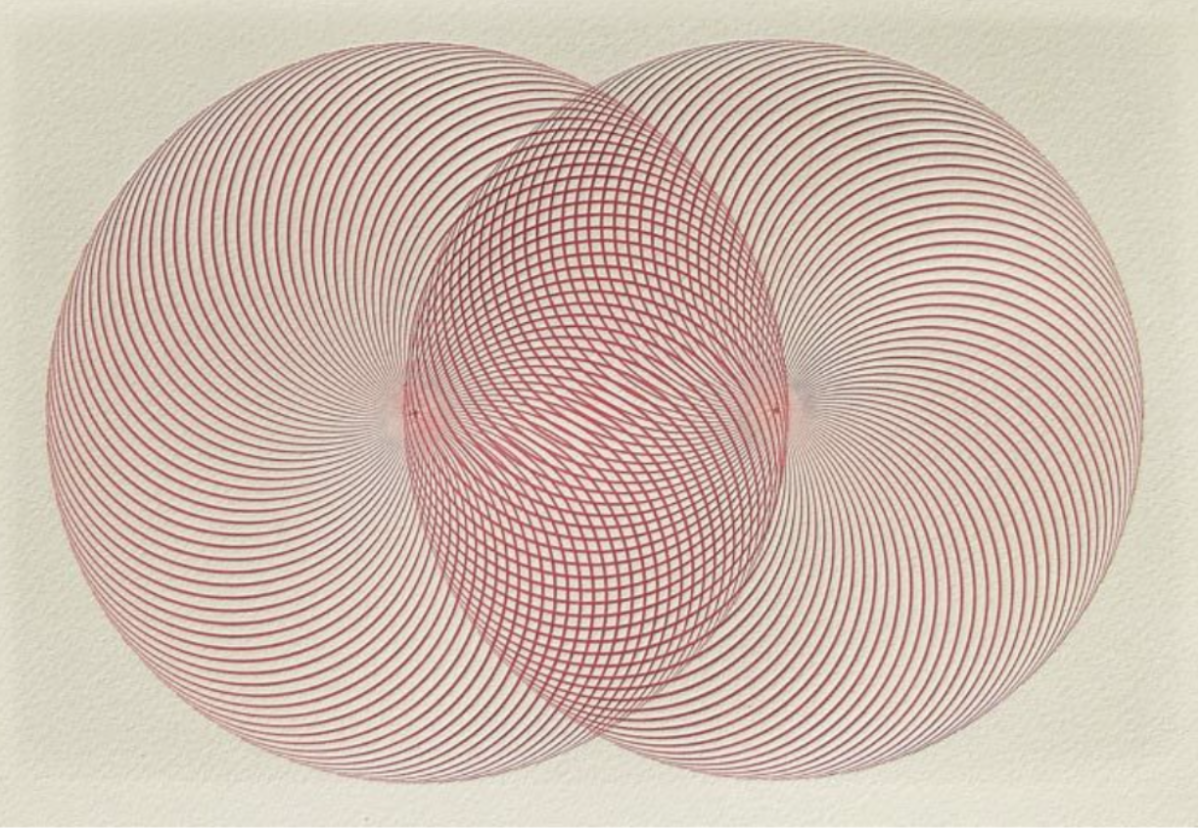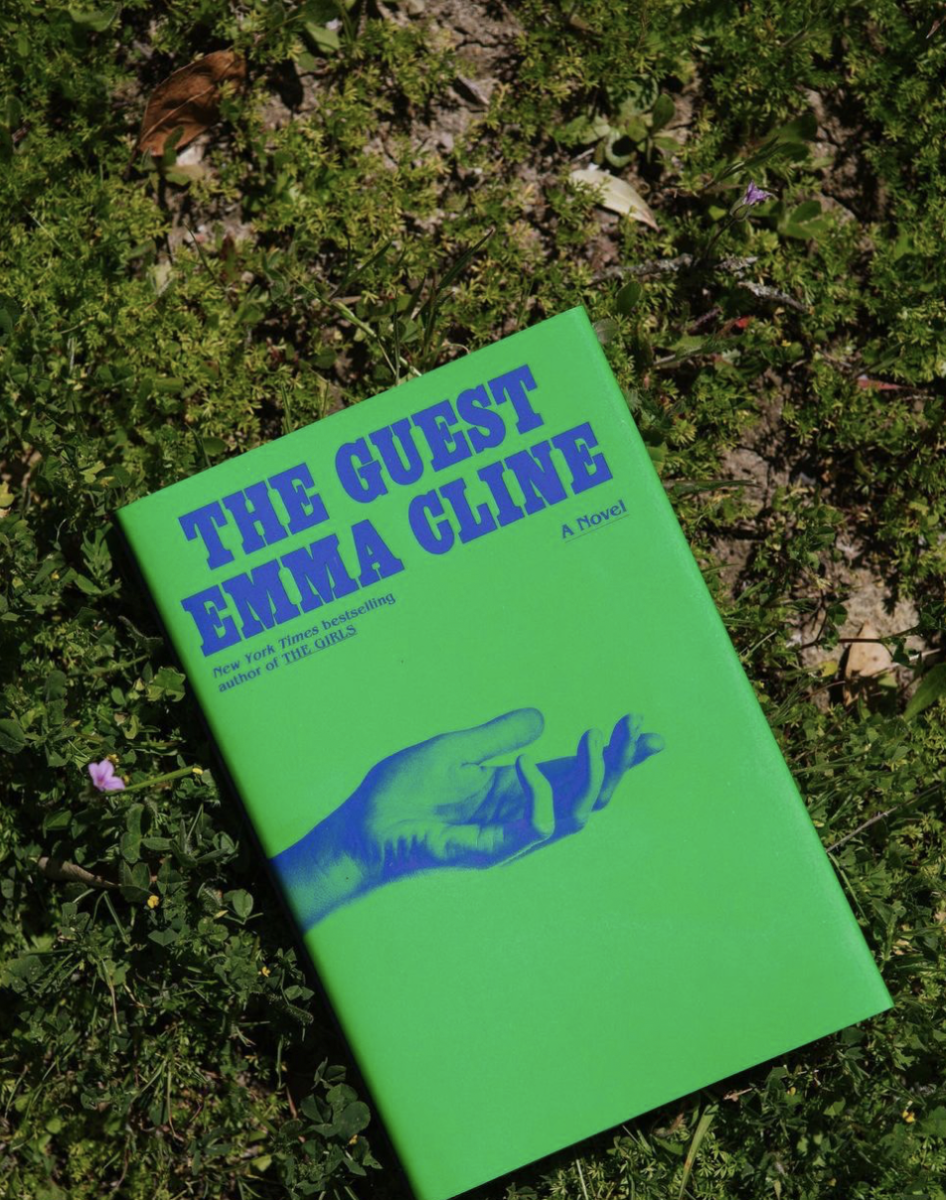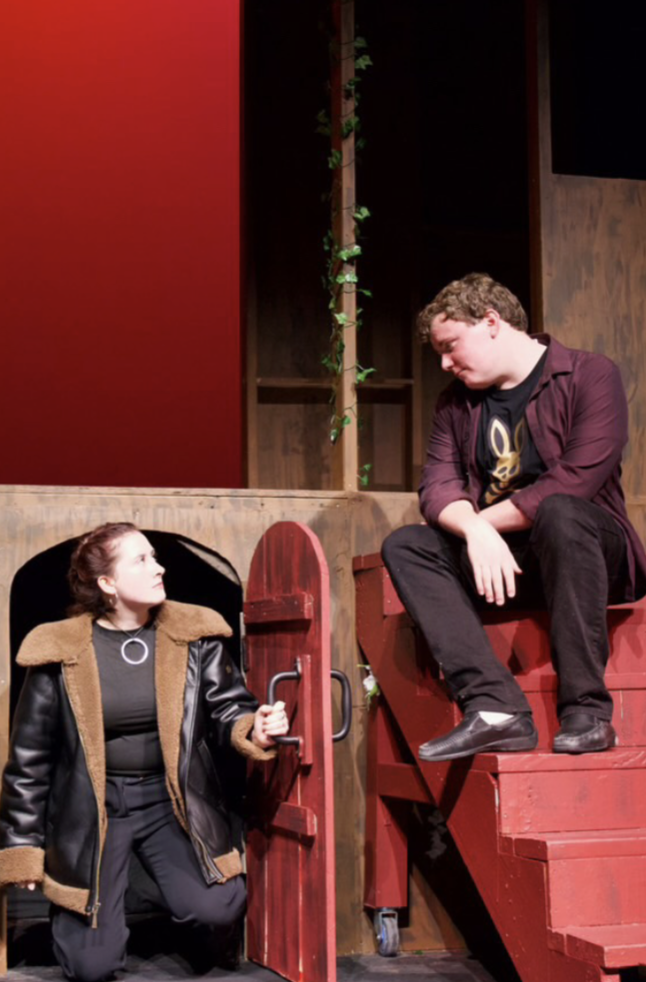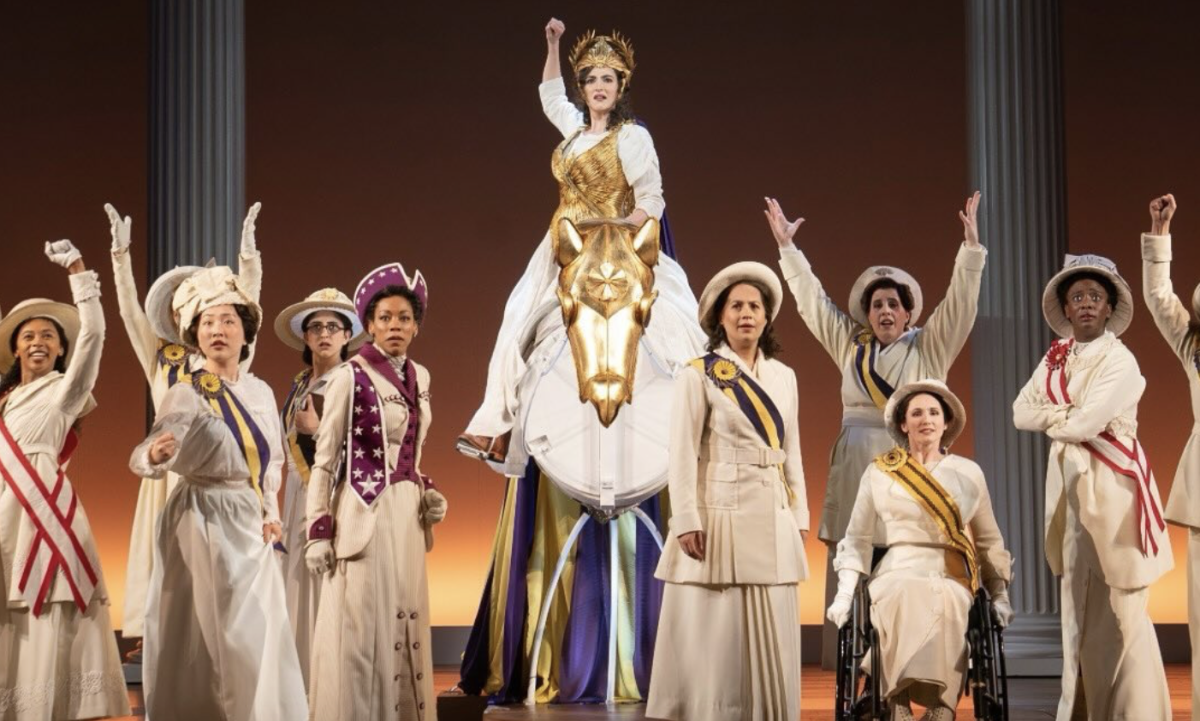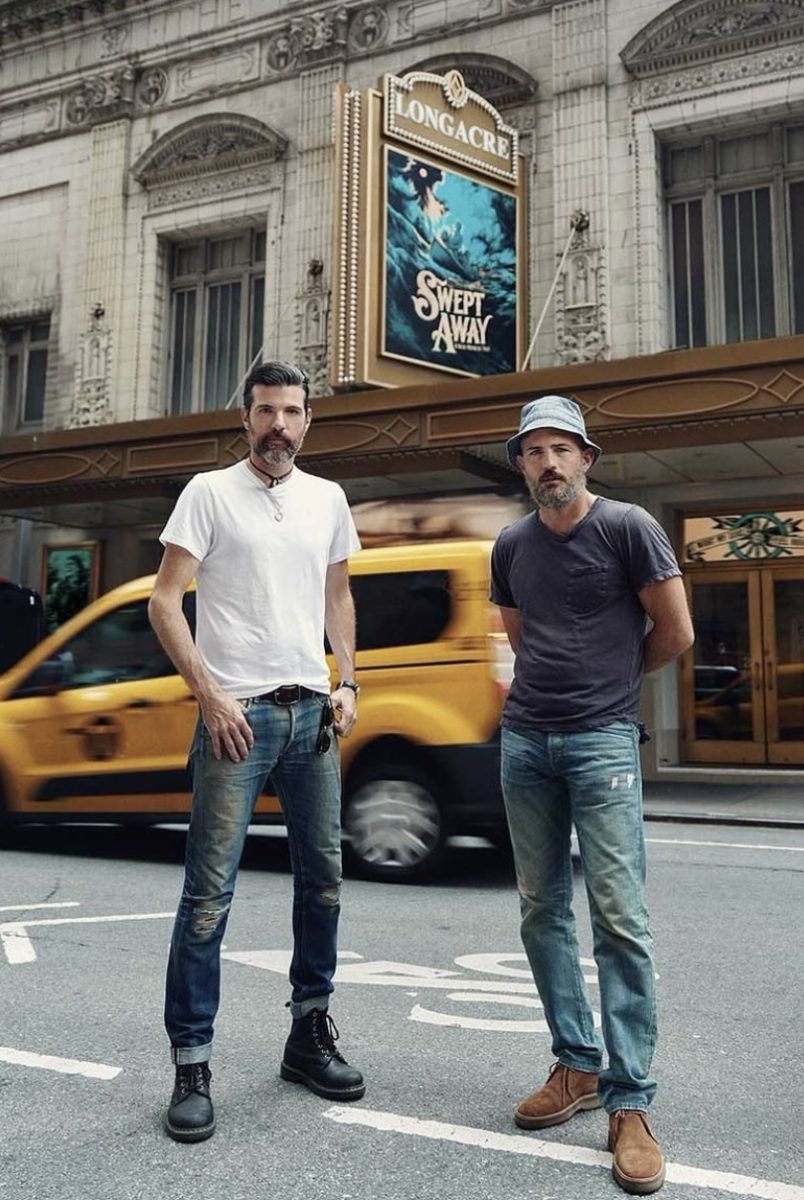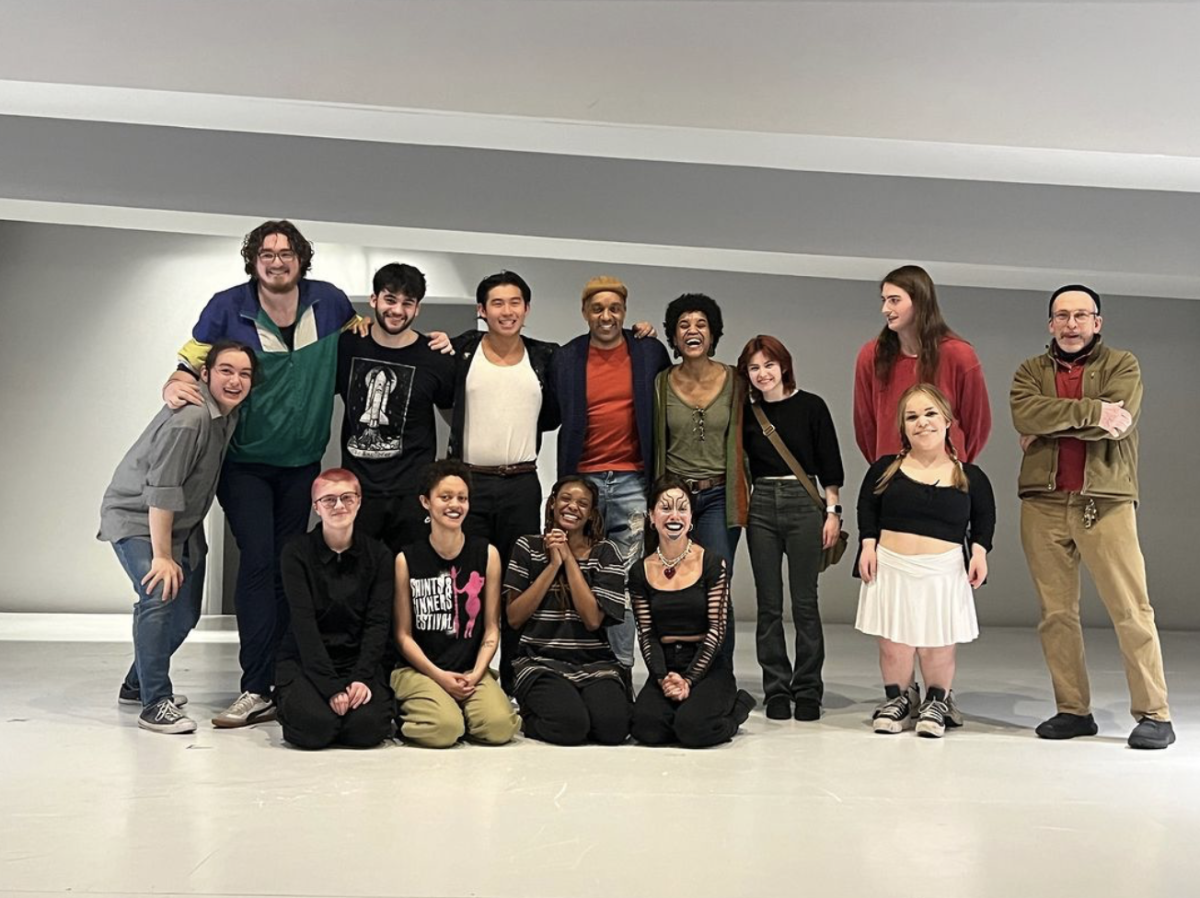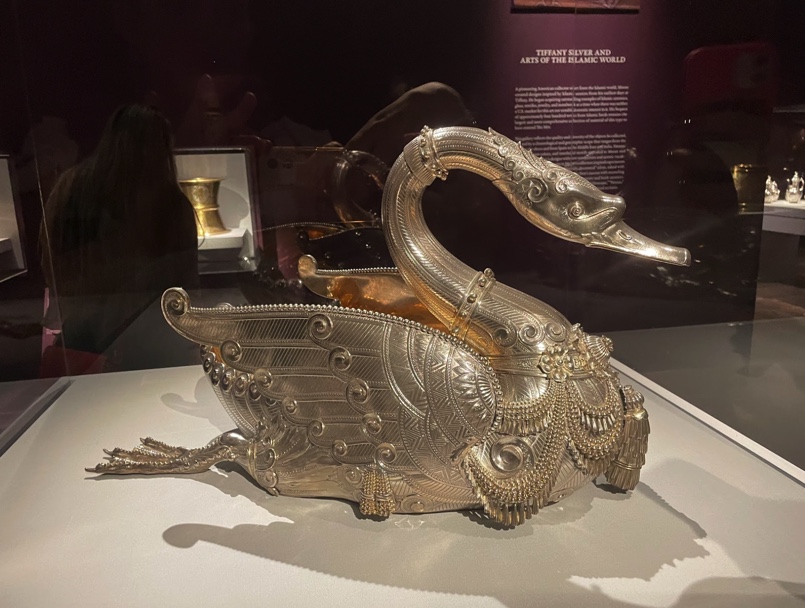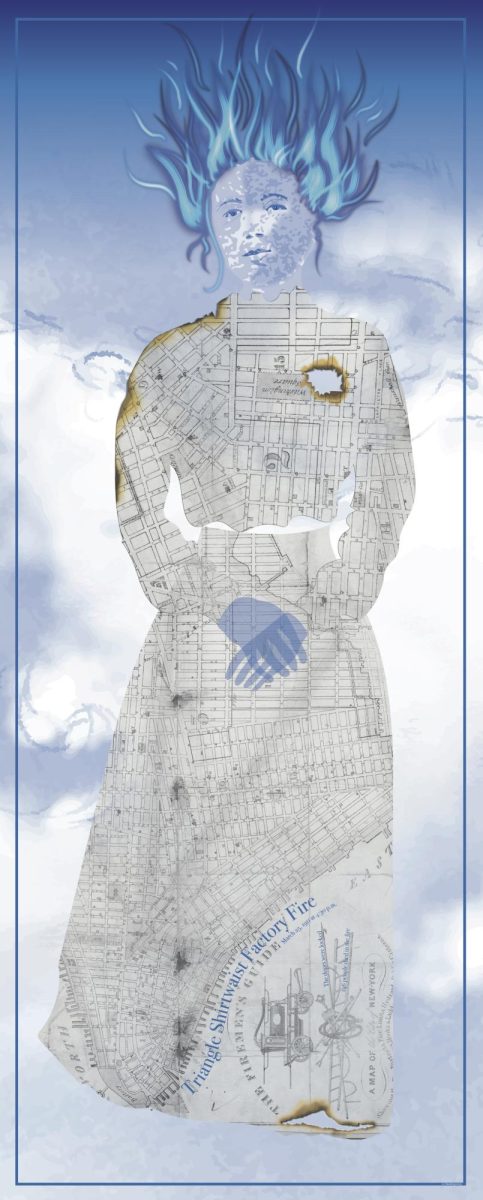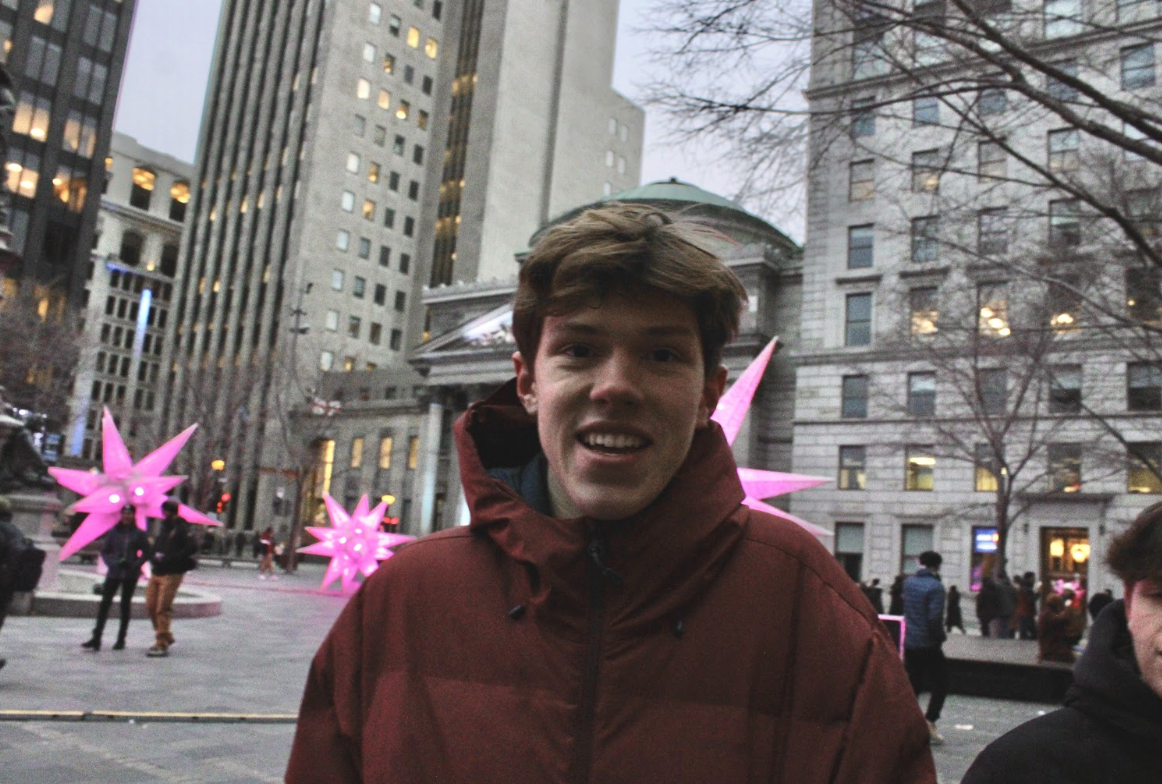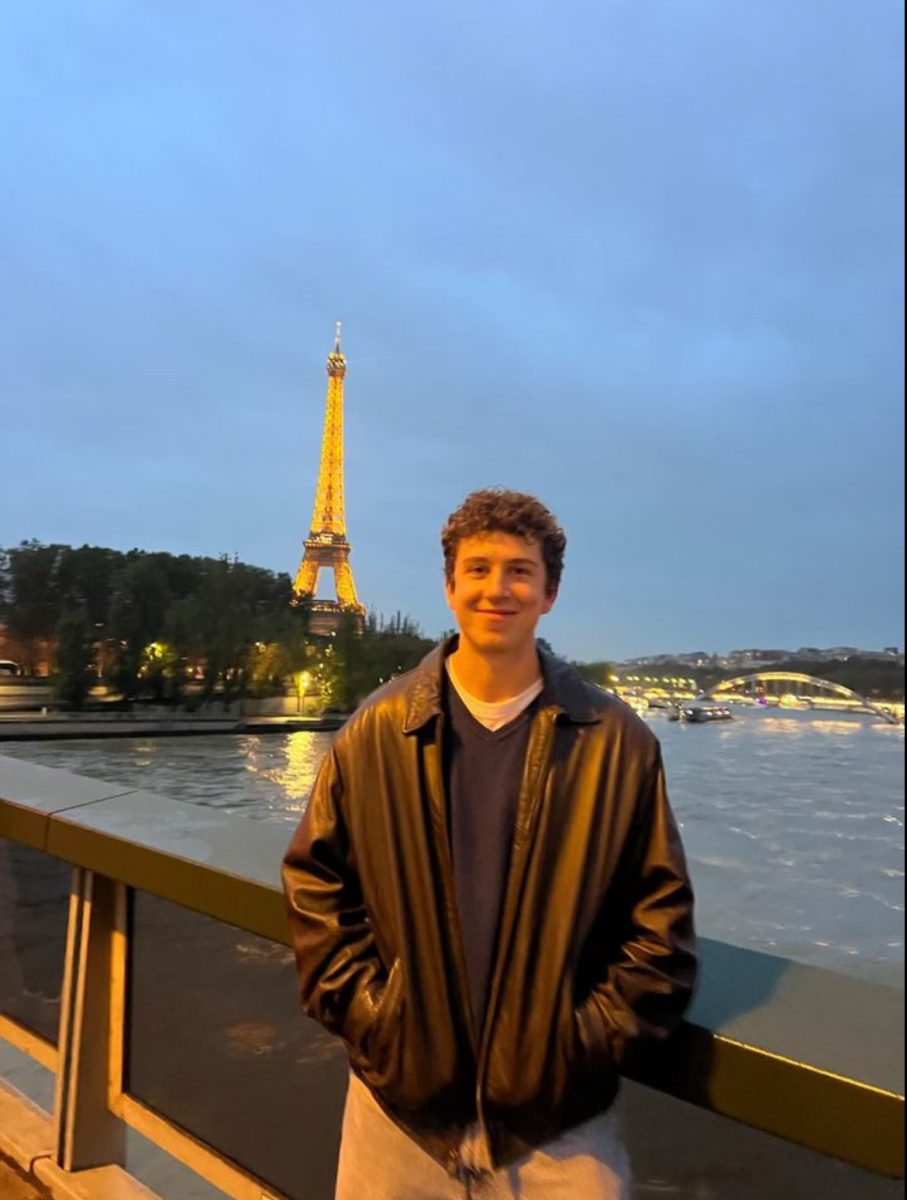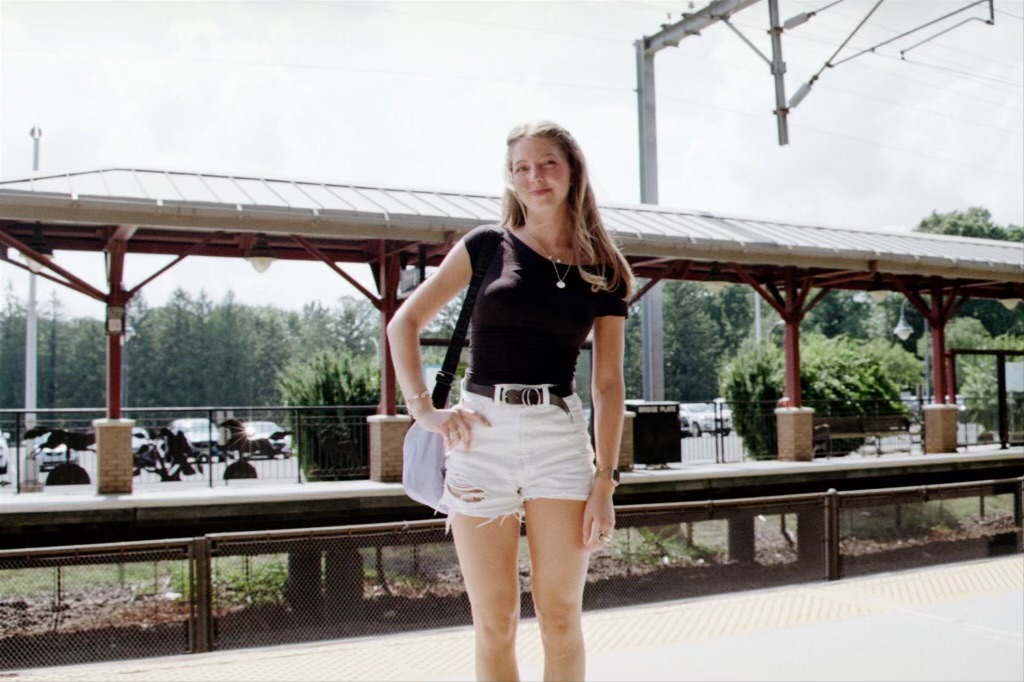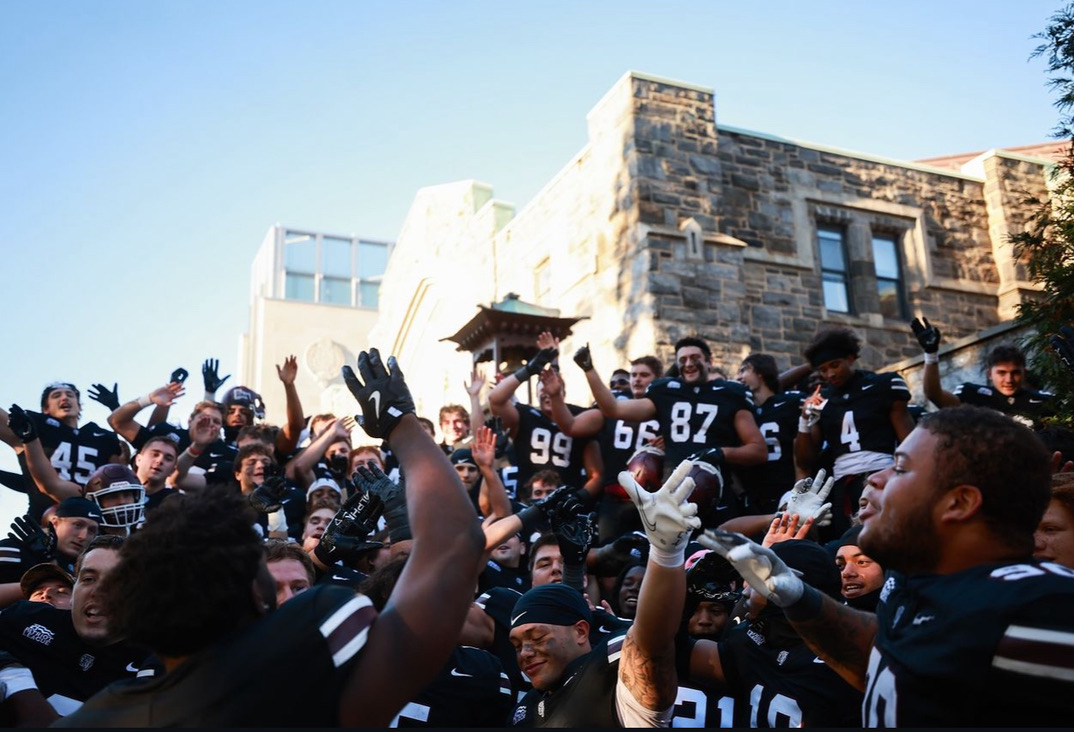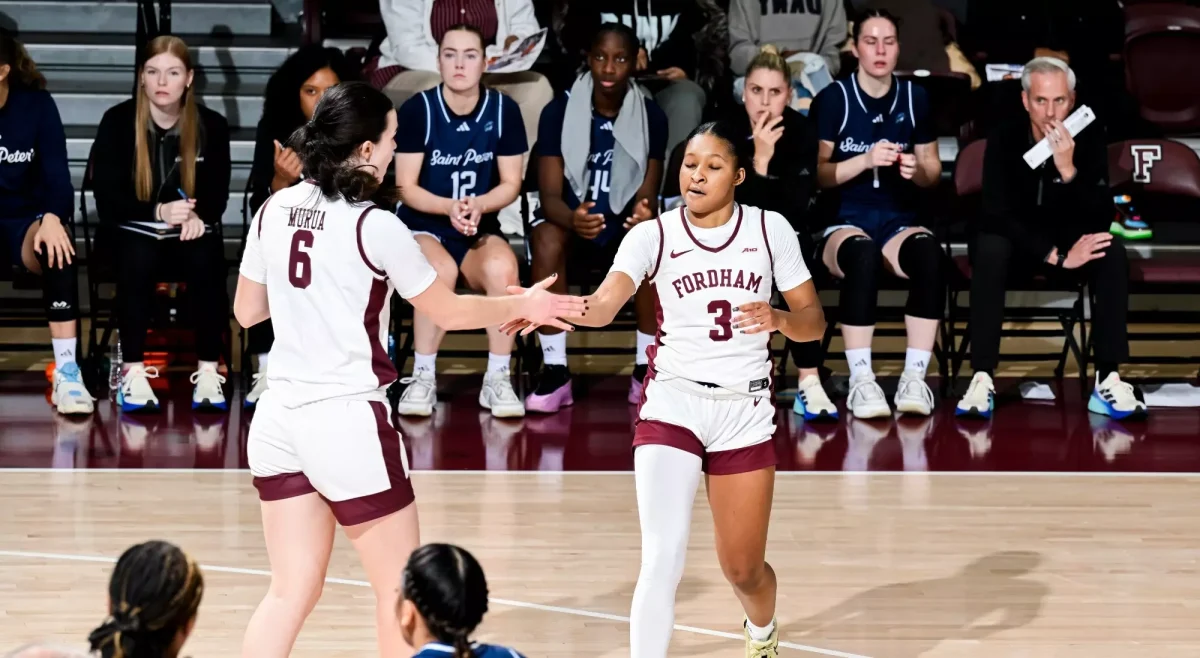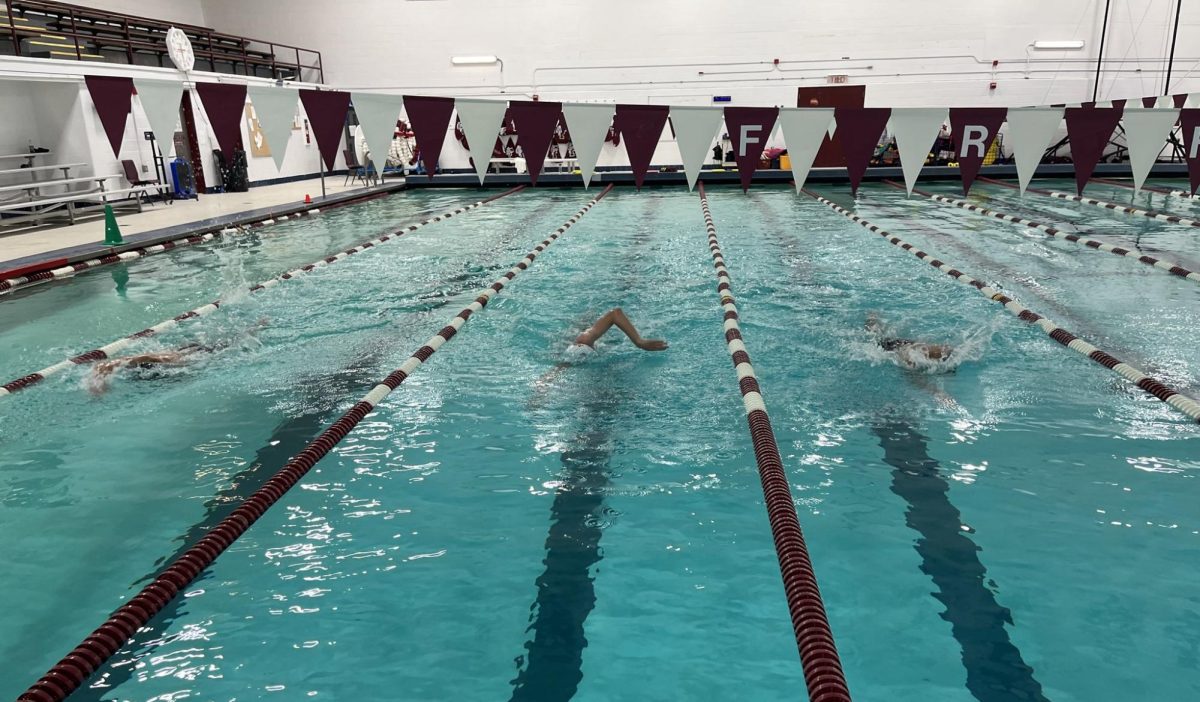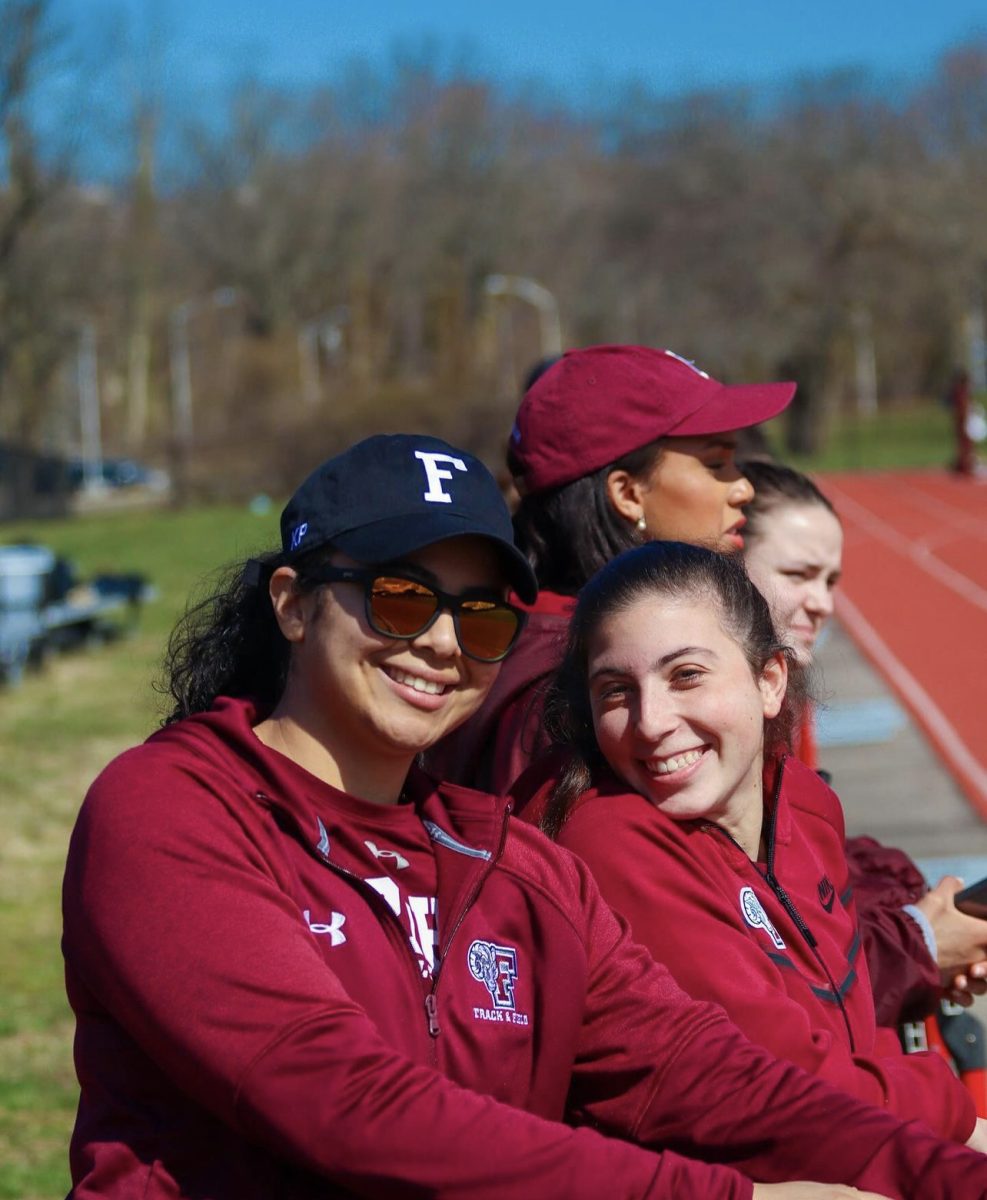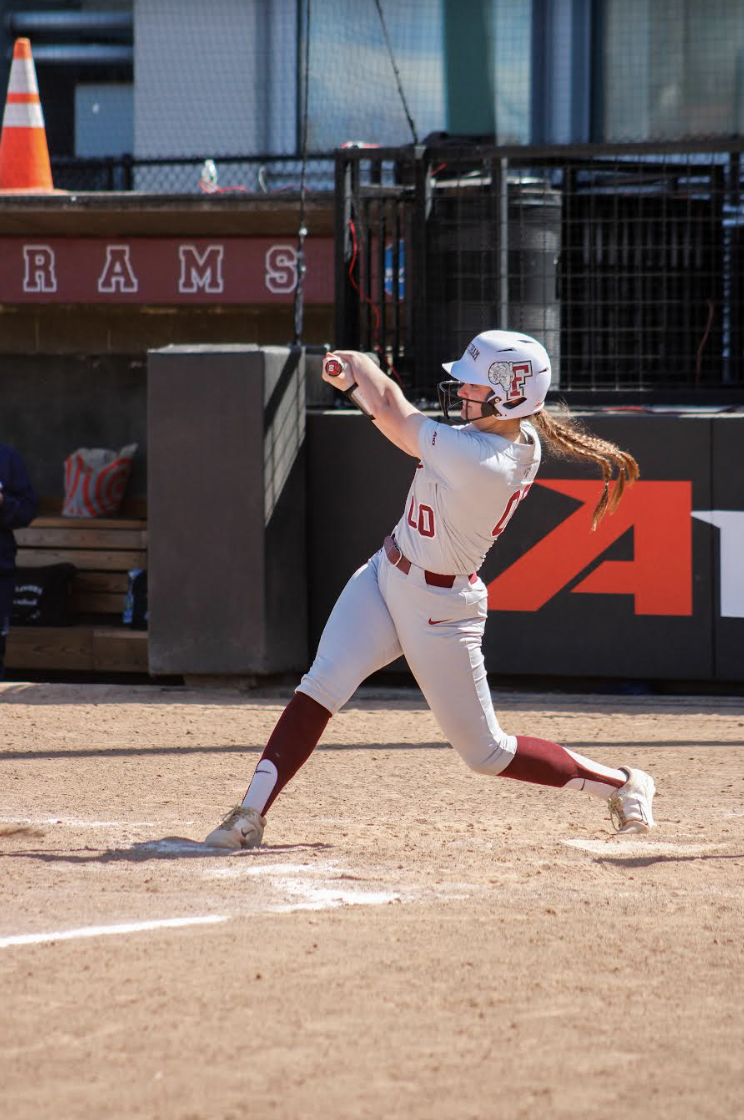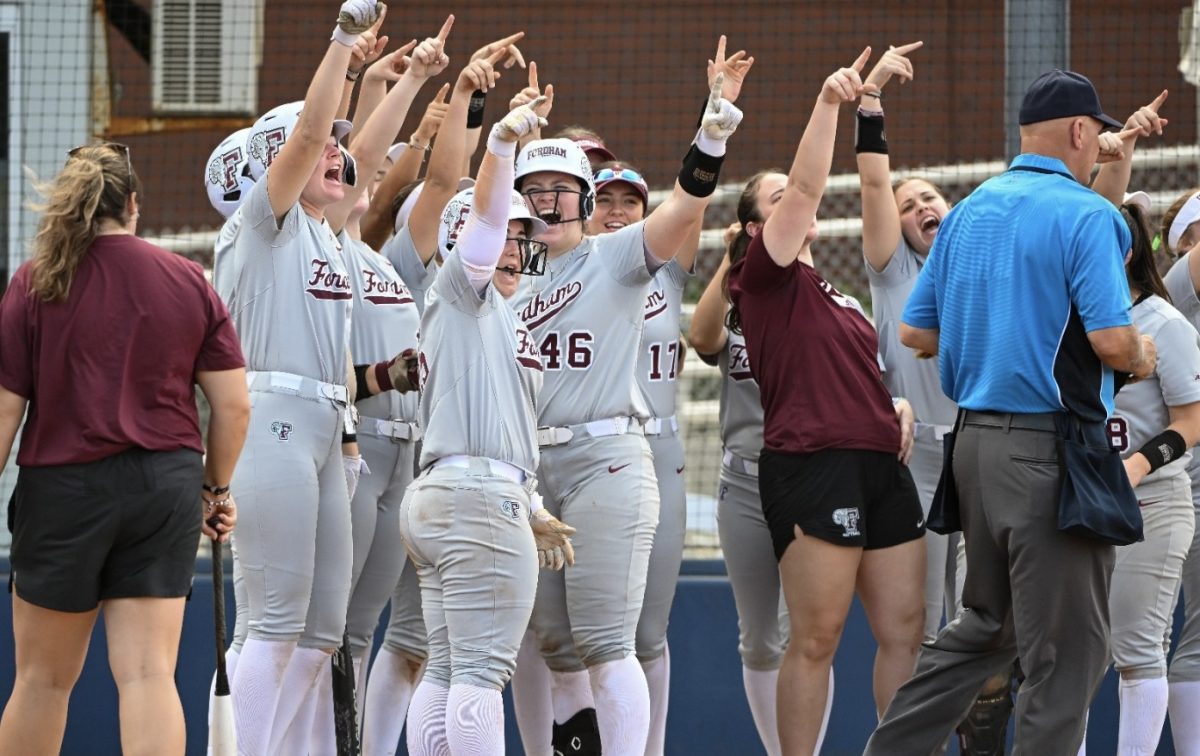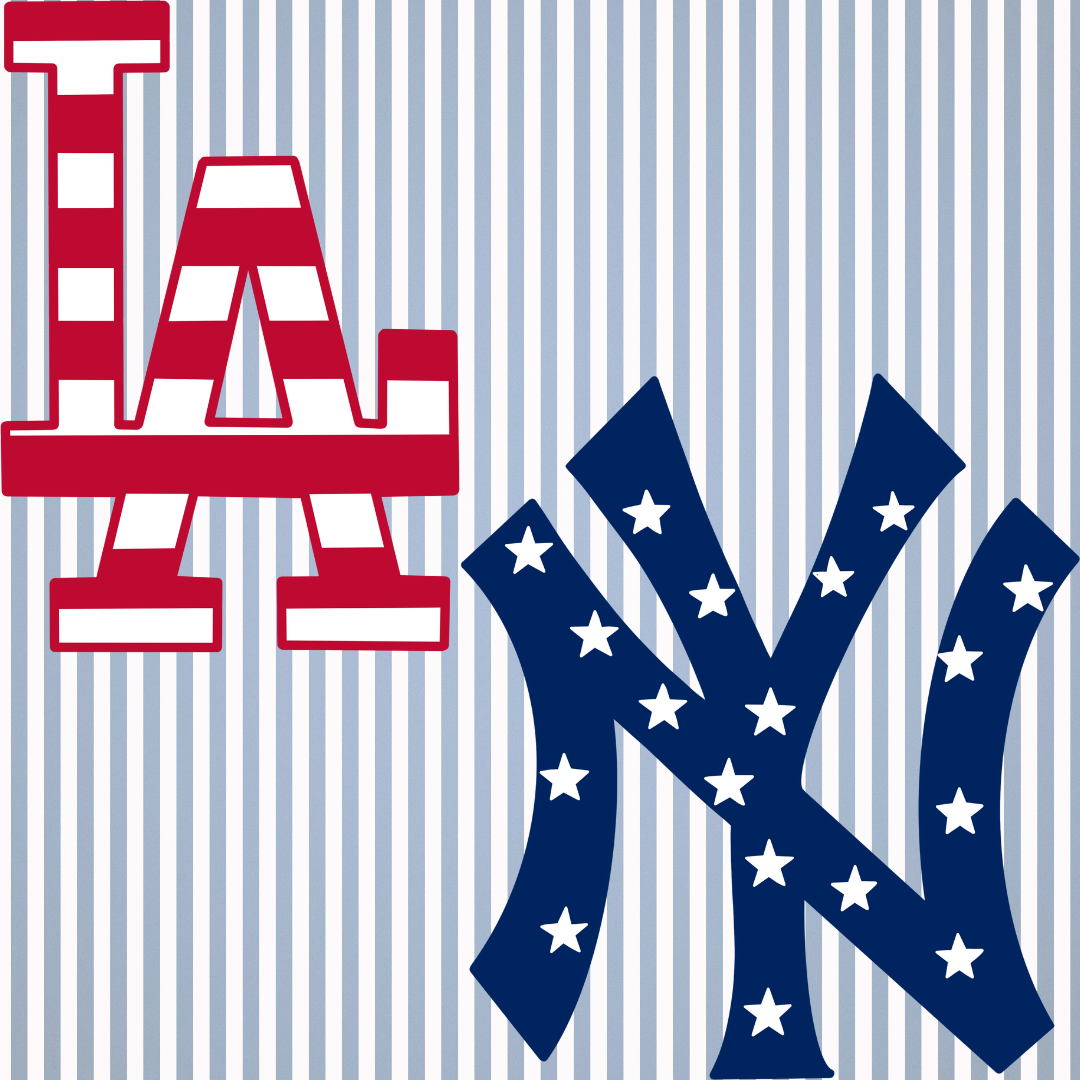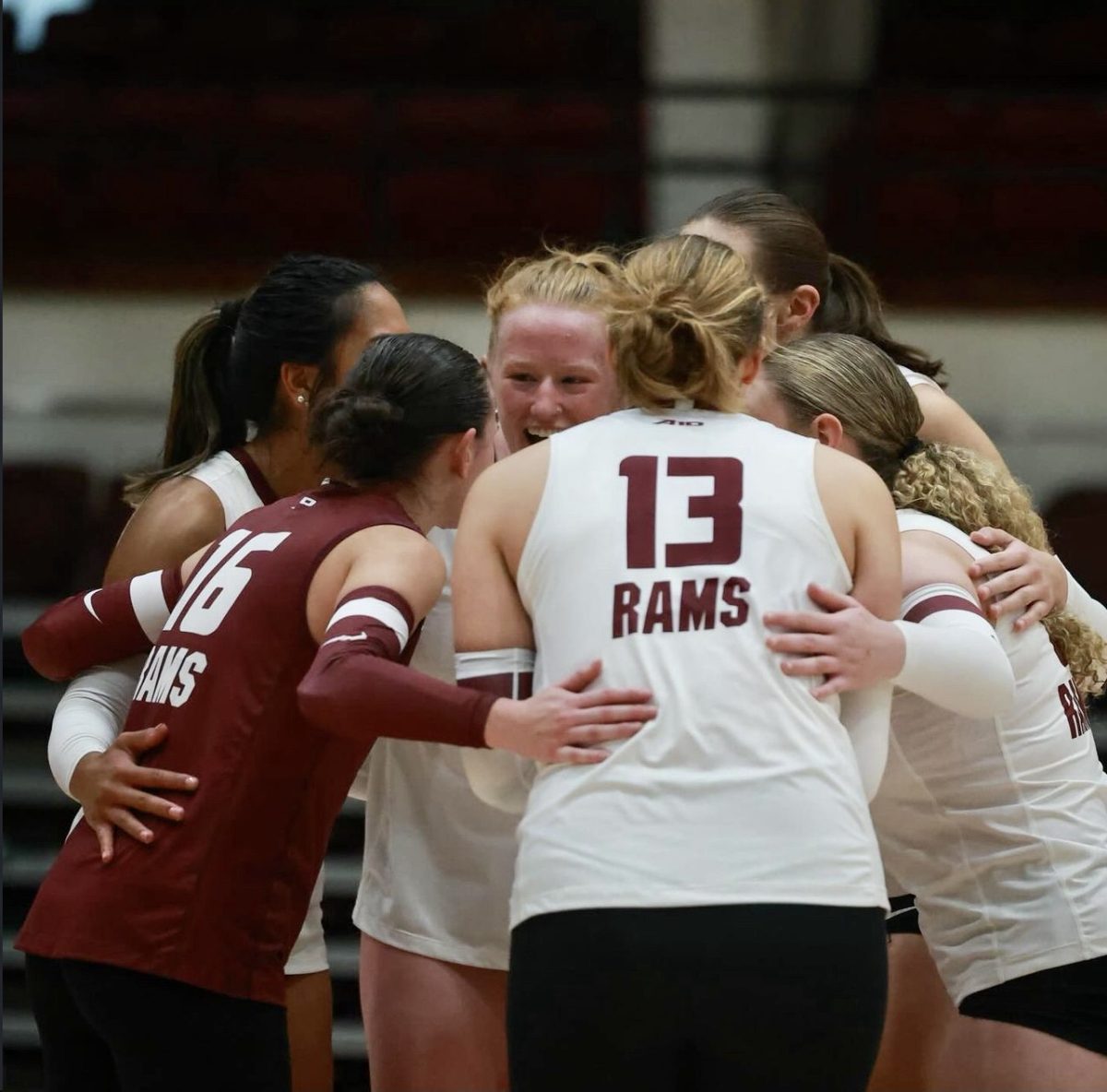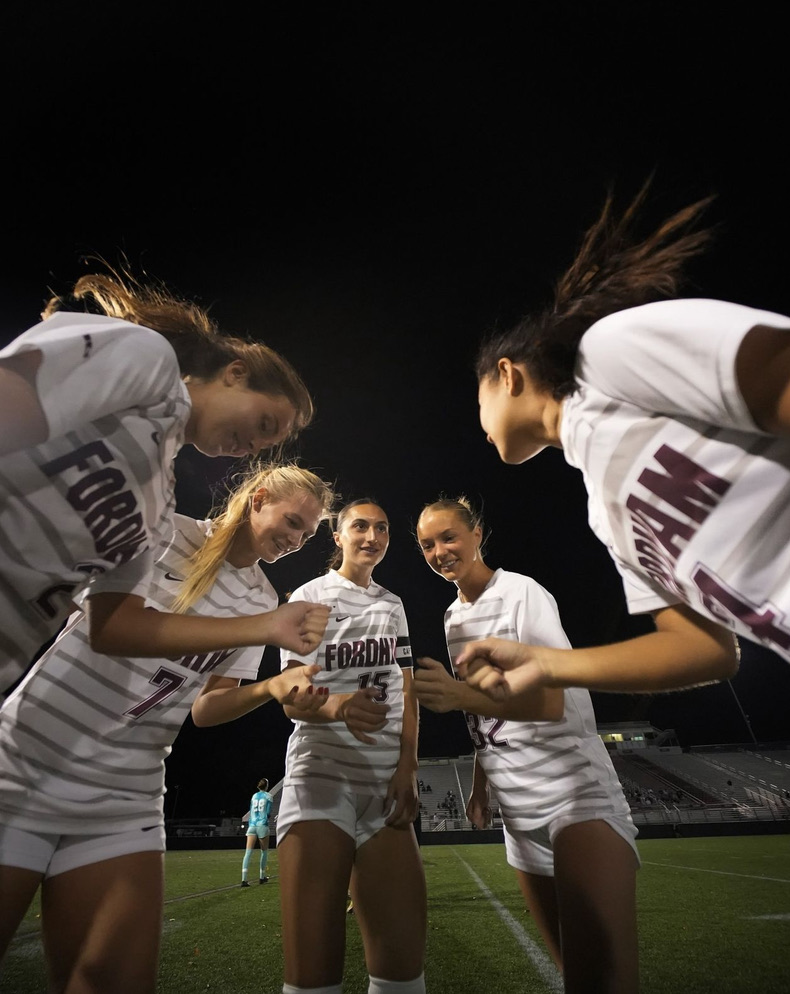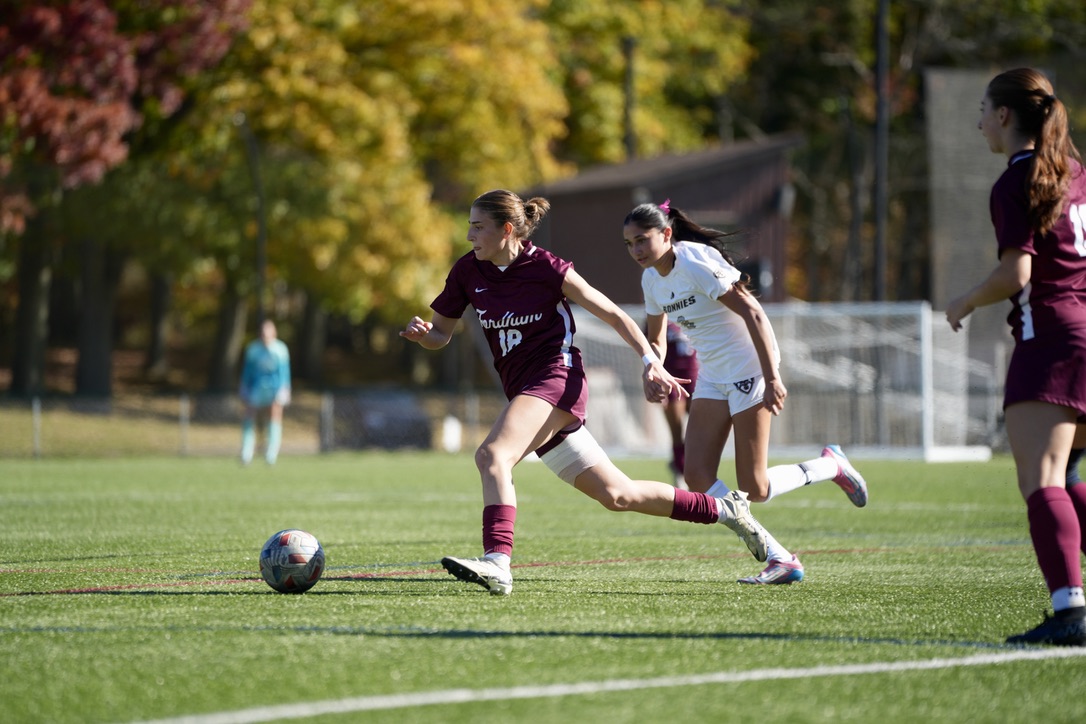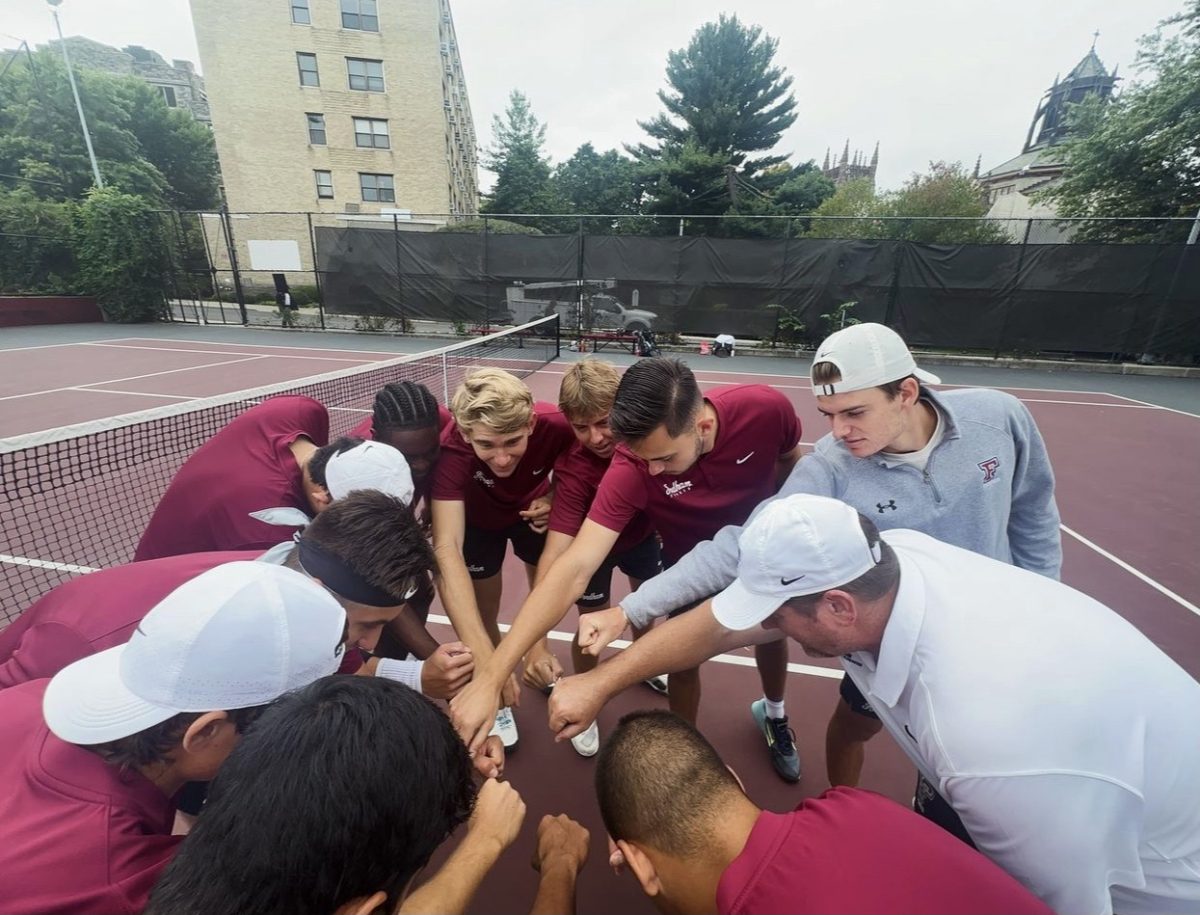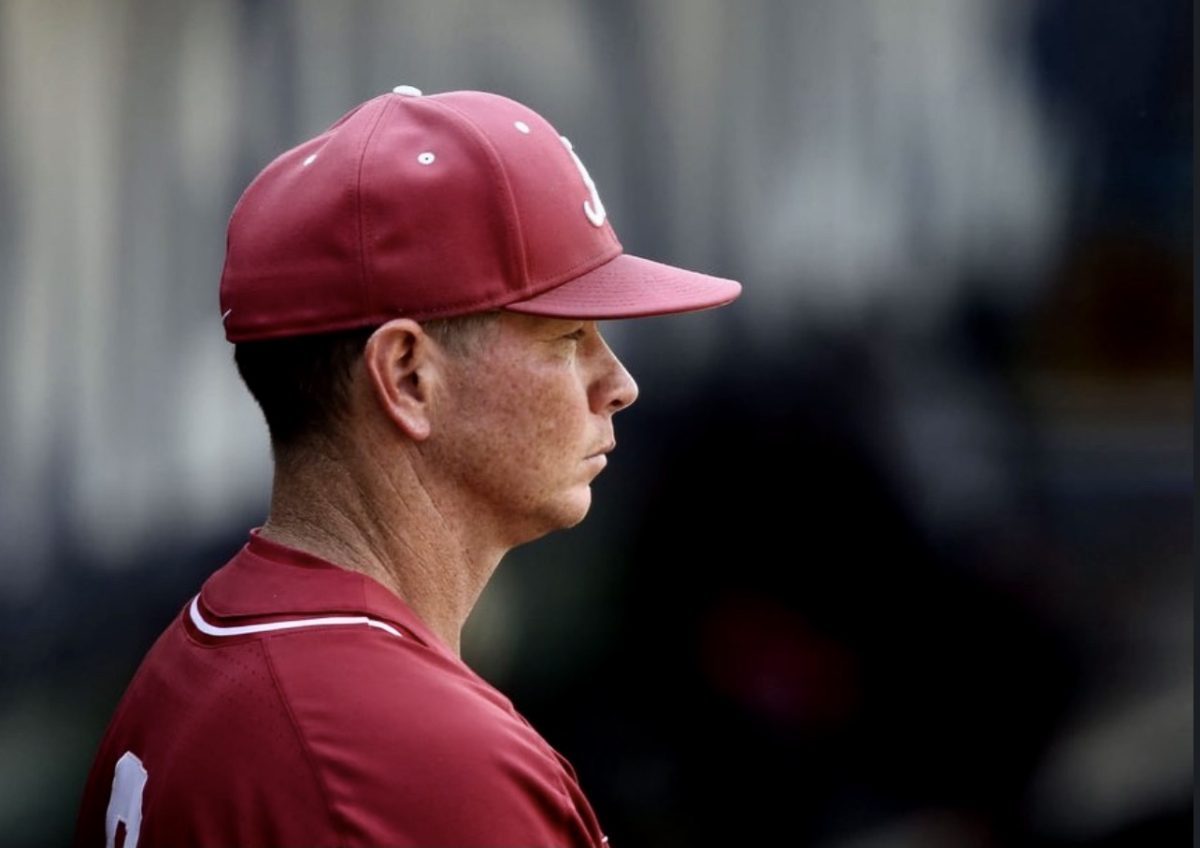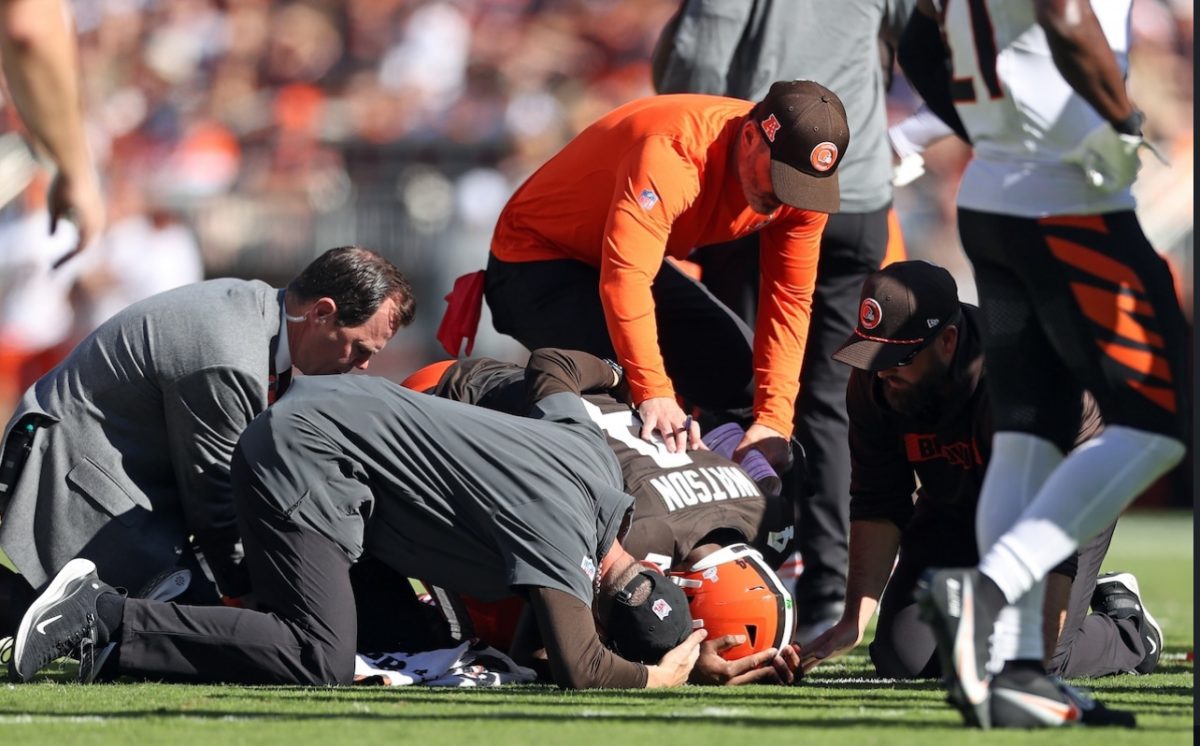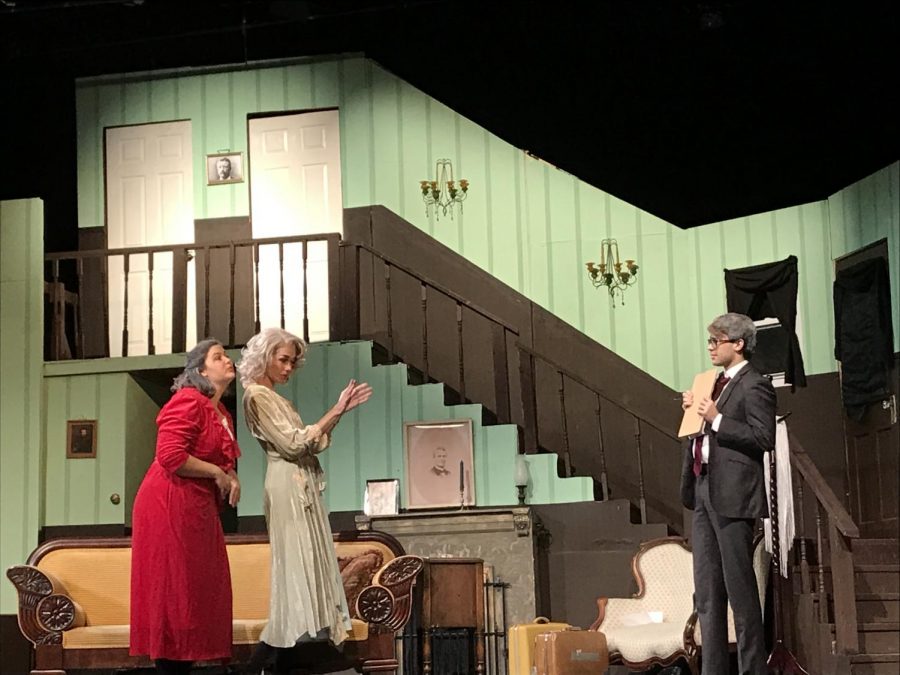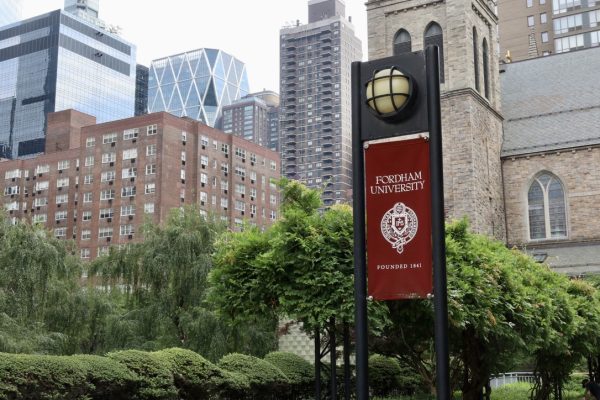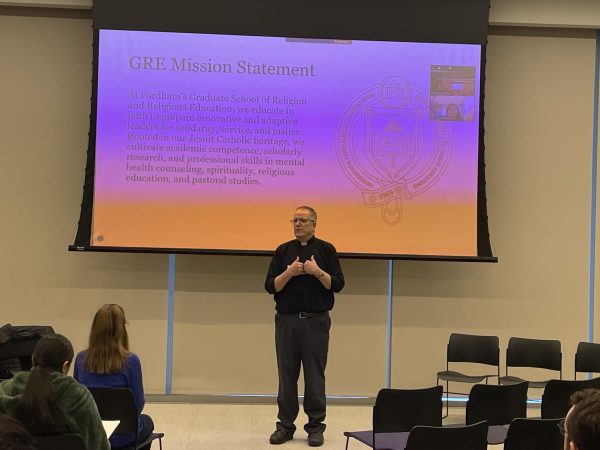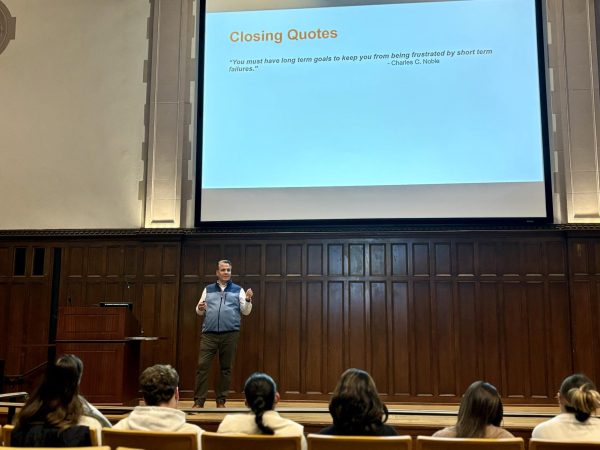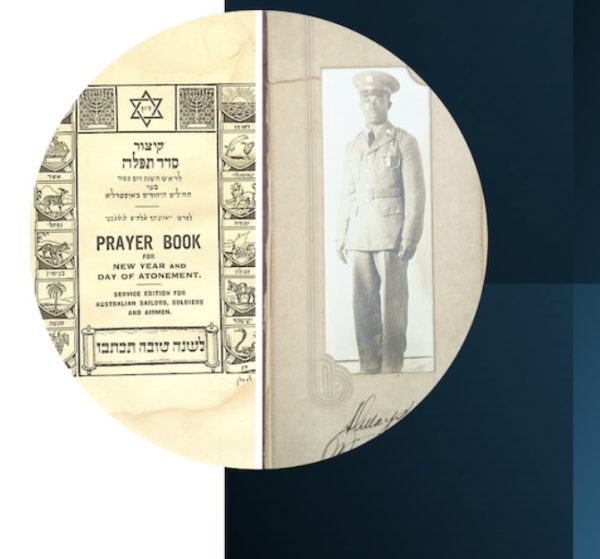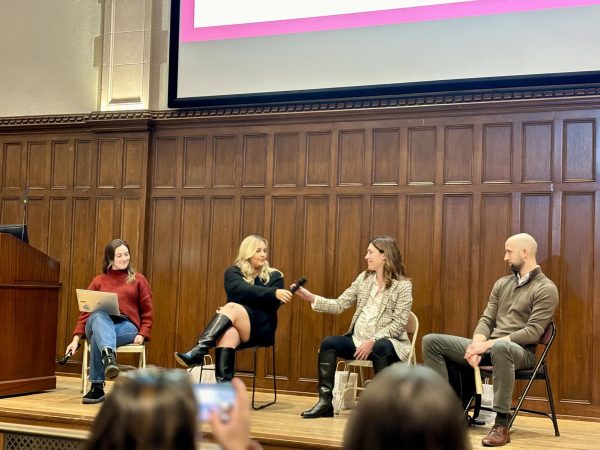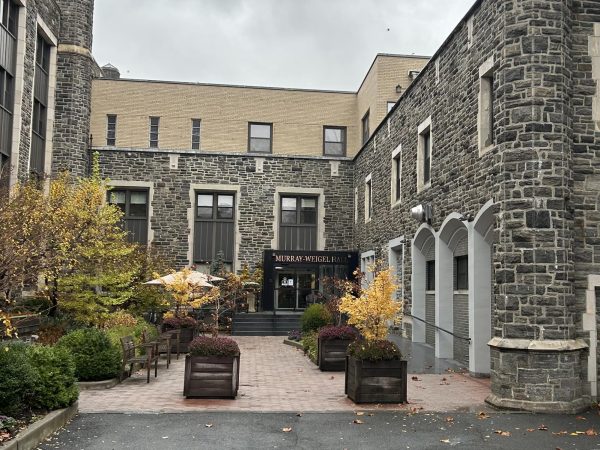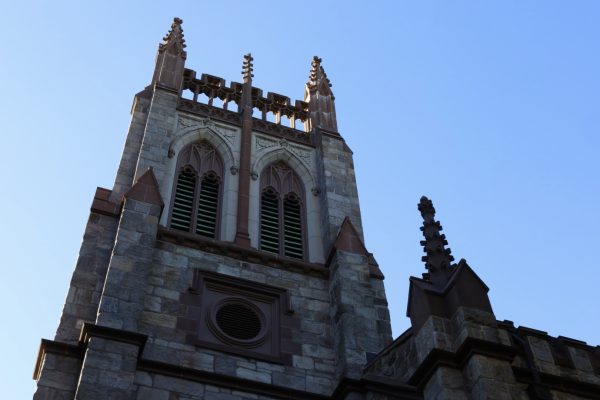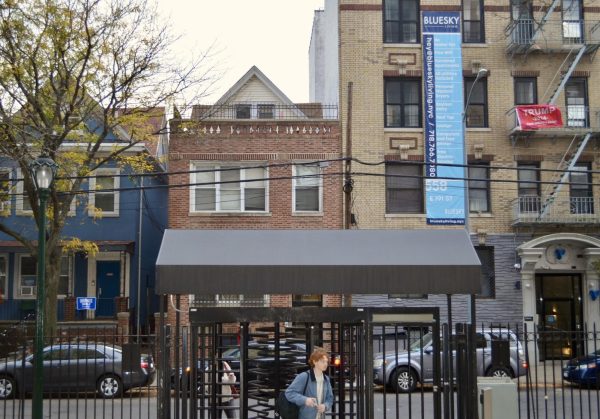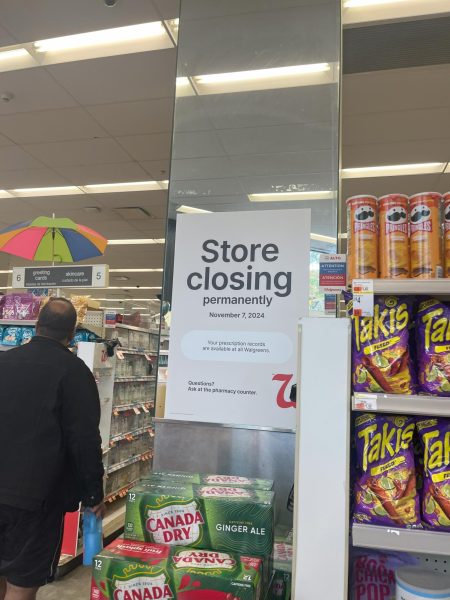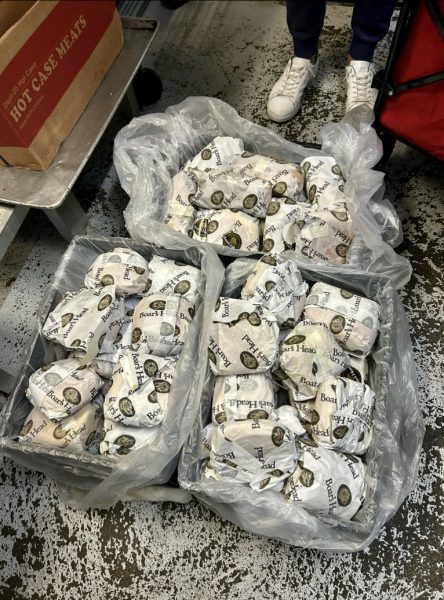Professor Unearths the Bronx in Book
By Joergen Ostensen
It may not look like it these days, but for 17 years archaeologists excavated two pits near Collins Hall. Allan Gilbert, Ph.D., professor of archaeology, said from 1985 to 2002 there was an investigation of what once was the Rose Hill Manor, a farm building with 100 acres bordering the Bronx River.
The excavation is now a chapter by Gilbert in a recently published book written by several authors called Digging the Bronx.
The manor was a colonial building constructed around the time of the Revolutionary War, according to Gilbert. He said it served originally as a farmhouse and later a gentleman’s country estate.
In 1839, the property was purchased by the archdiocese to create what was originally called St. John’s College.
Gilbert said the manor remained after the college opened, serving as an infirmary and a living space for some of Fordham’s faculty, until it was torn down in 1896, making way for Collins Hall.
Now there is only a plaque commemorating the manor, and no evidence of the work Gilbert did.
“It doesn’t seem like we did anything on campus now,” he said.
Gilbert said there were two openings separated by the sewer of Faber Hall. He said they would have liked to excavate the front of the manor, but were unable to do so due to the steps in front of Collins.
“In order to get in there and excavate we would have to take away the steps,” he said. “That’s just too expensive and too much work.”
The manor is the only formal archaeology Gilbert has done on campus. However, in 1986 when what is now called Loschert Hall was under construction, the university found old trash pits from the St. John’s College days.
“We halted them for a little while so that we could empty out some of these pits,” he said.
According to Gilbert, the investigation of the trash pits unearthed some of the college’s earliest dishes.
Digging the Bronx also includes a chapter by Gilbert about his work with what was considered to be a petroglyph, or prehistoric rock carving, of a turtle found in the New York Botanical Garden (NYBG).
The carving on the rock was first found in the 1970s, according to Gilbert. It was put on display at NYBG because it was believed to have been drawn by Native Americans.
Gilbert said his research proves that it was not done by Native Americans and was likely drawn recently, possibly by a boy scout.
“It looks like a cartoon character,” he said.
He said NYBG is trying to decide what to do with the debunked artifact.
“Now that this is written, the Botanic Garden knows the chances of it being legitimate are very slim,” he said.
The NYBG did not comment in time for publication.
Gilbert said the book, which has been in the works since the early 1990s, also describes other Bronx archaeological activity, including work done at the Van Cortlandt House and Riverdale Park.
He said although there are no descriptions of archaeological findings relating to Native Americans, they did include a description of the ethnohistory of the area by Bob Grumet, who works for the Park Service.
According to Gilbert, the book is supposed to explain not only what was discovered at these sites but also the archaeological process.
“The reader doesn’t just see the results, the reader actually gets an open invitation to the thought processes and problem solving that occur when people are in the field.”
The work of Amanda Sutphin, director of archaeology at the New York City Landmarks Preservation commission and one of the book’s authors, is also included. Sutphin said she is working to make the findings of local archaeologists available online.
“We have a public website that we hope people will use to access more information about our objects and the sites they come from and the history of this city,” Sutphin said.
She said people should take the opportunity to check out their website at nyc.gov/archaeology because she said she believes archaeology is important.
She said this is particularly true considering the work is paid for by public money.
Gilbert said Sutphin’s work speaks to how modern technology is reshaping archaeology.
“Previously, the only way you could do that was by putting [artifacts] in a museum or publishing them in a book,” he said. “Now we have internet.”
Gilbert said he is using Digging the Bronx in his courses because it allows his students to really understand not just archaeology, but also how it is done. He said the book is helpful because it describes places students see all the time.

